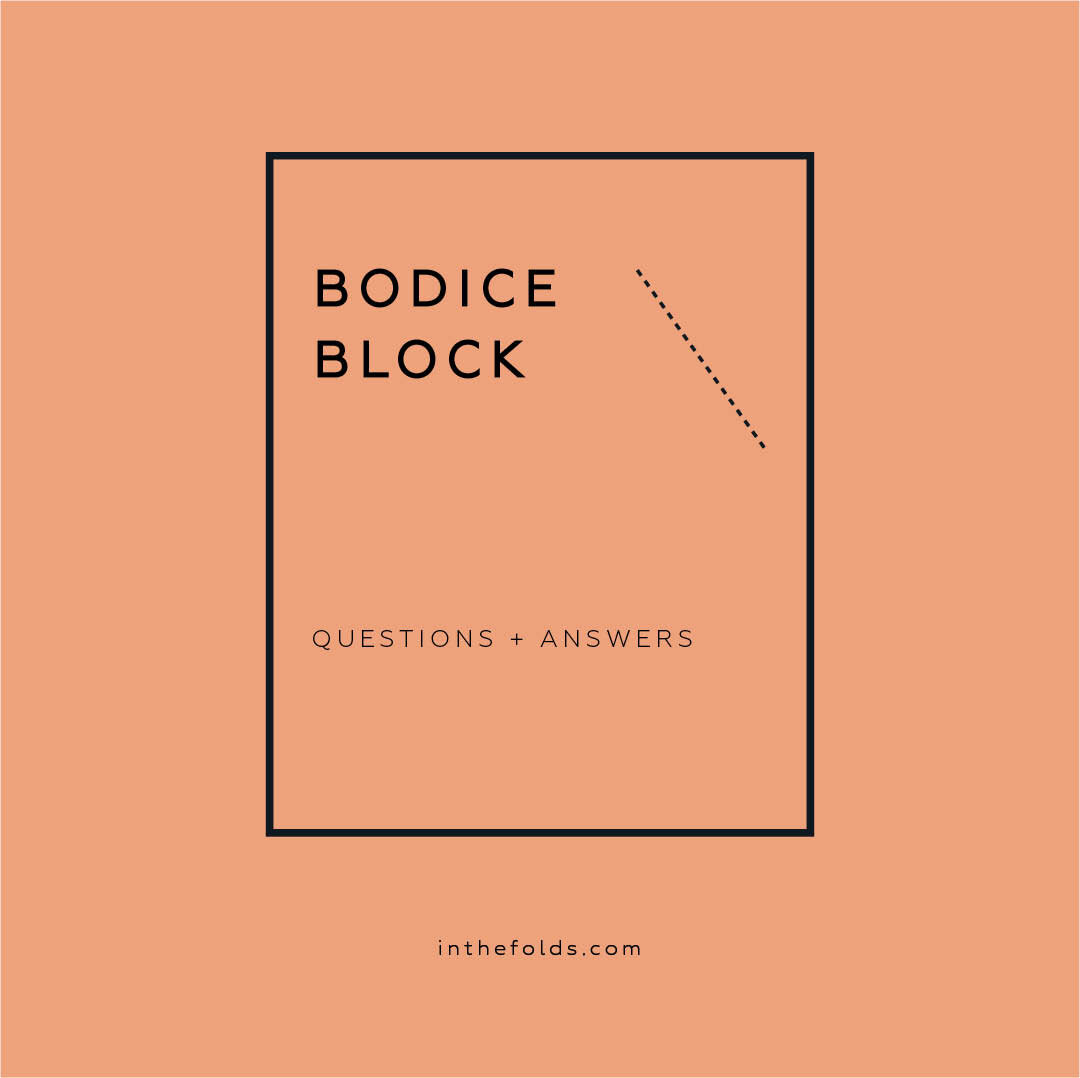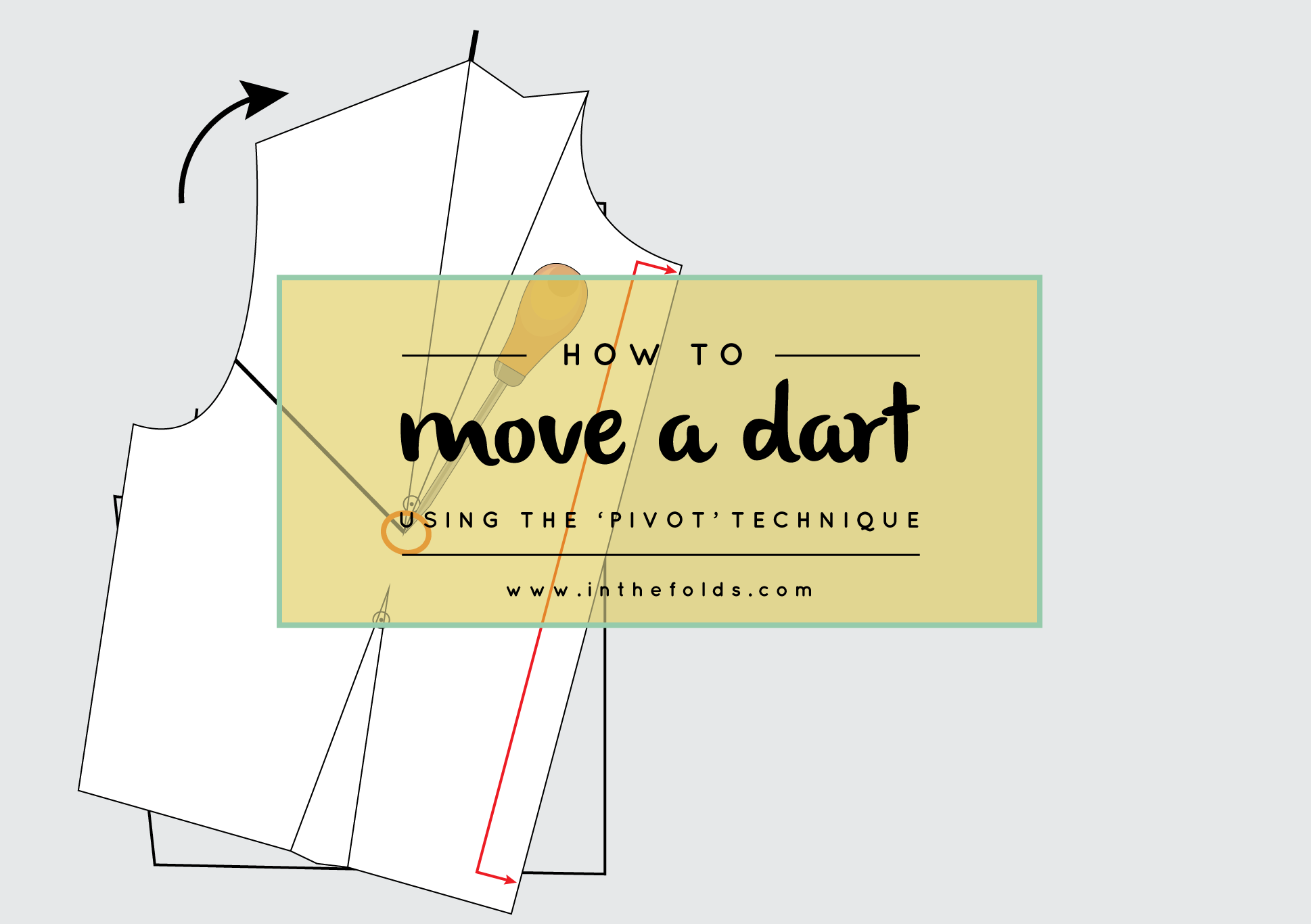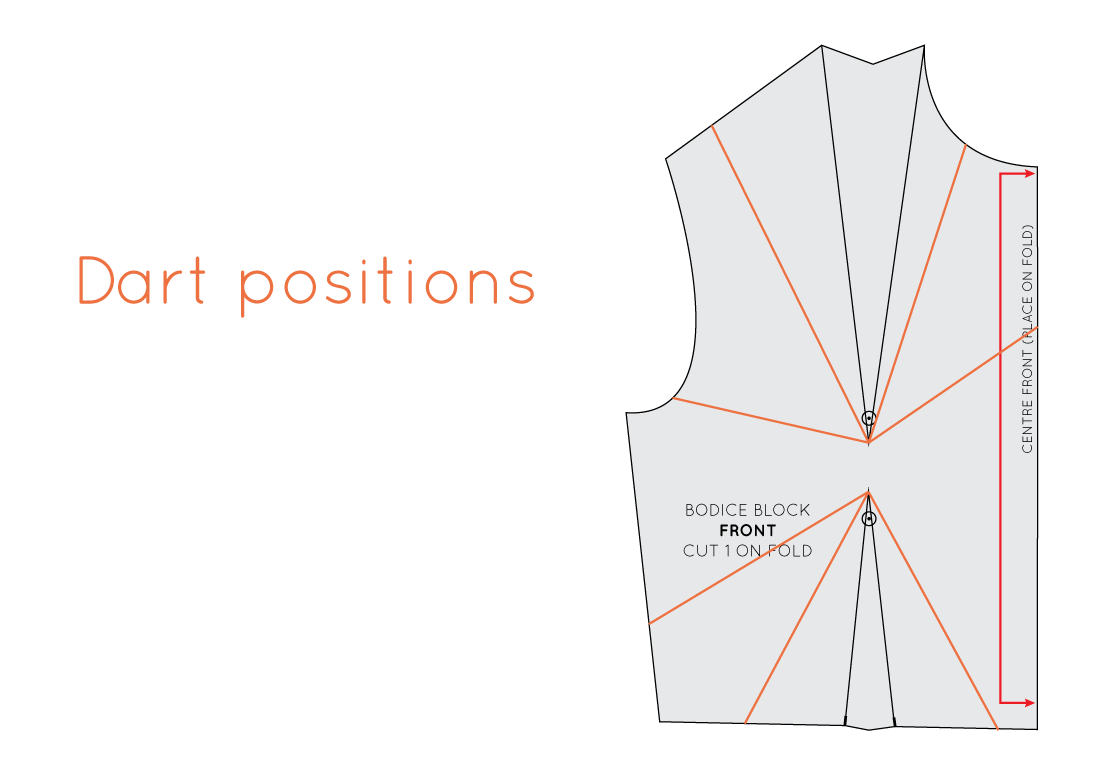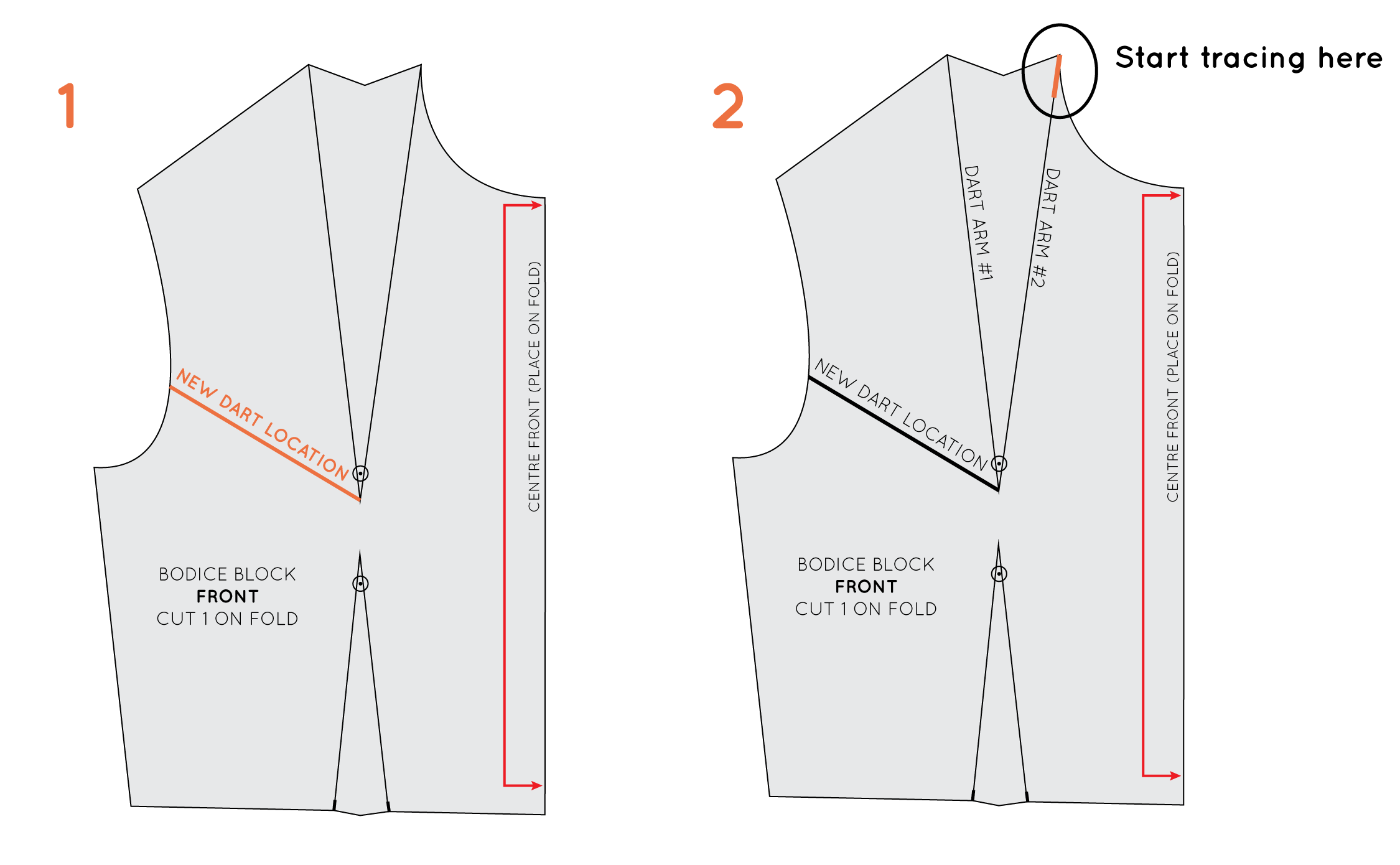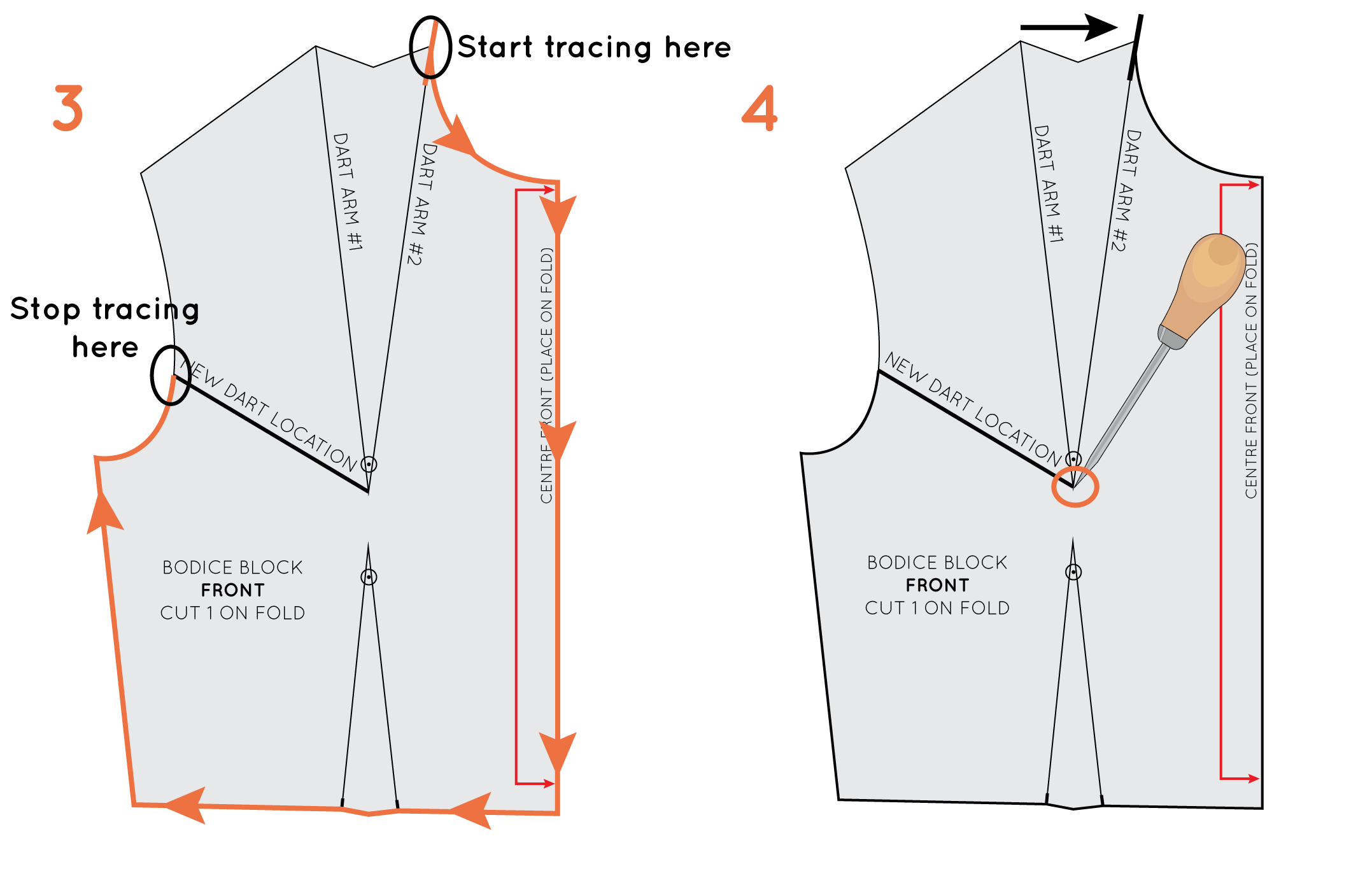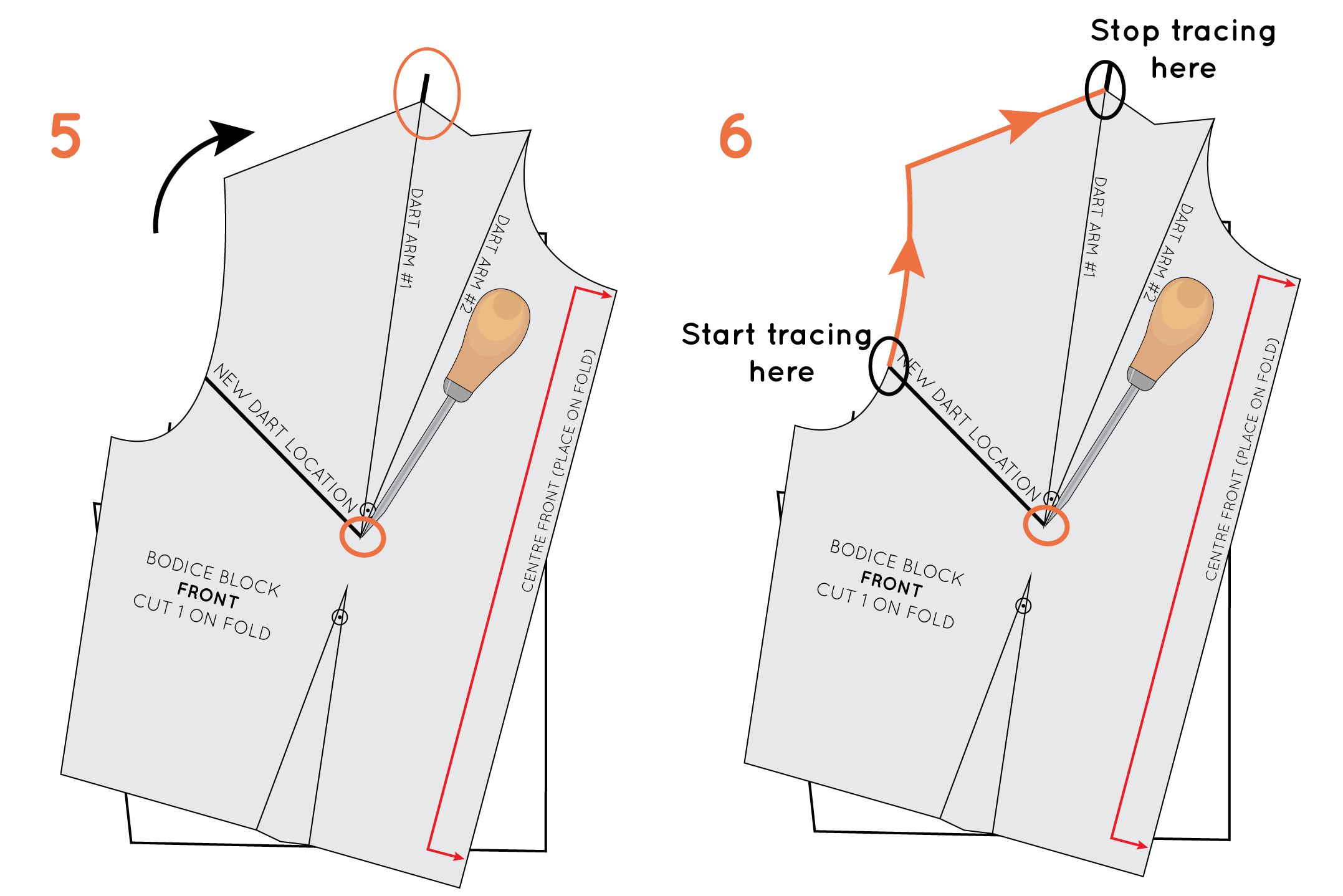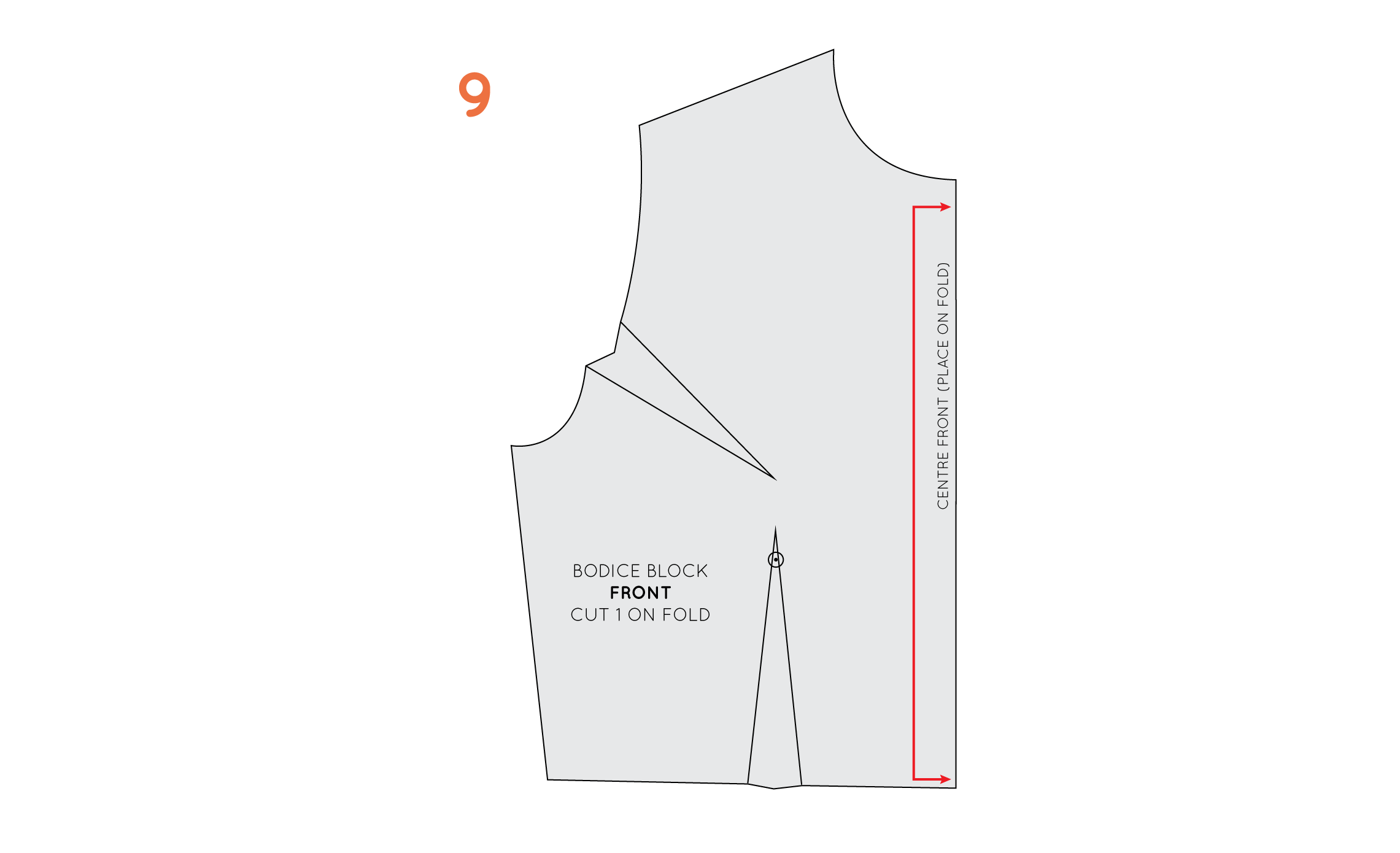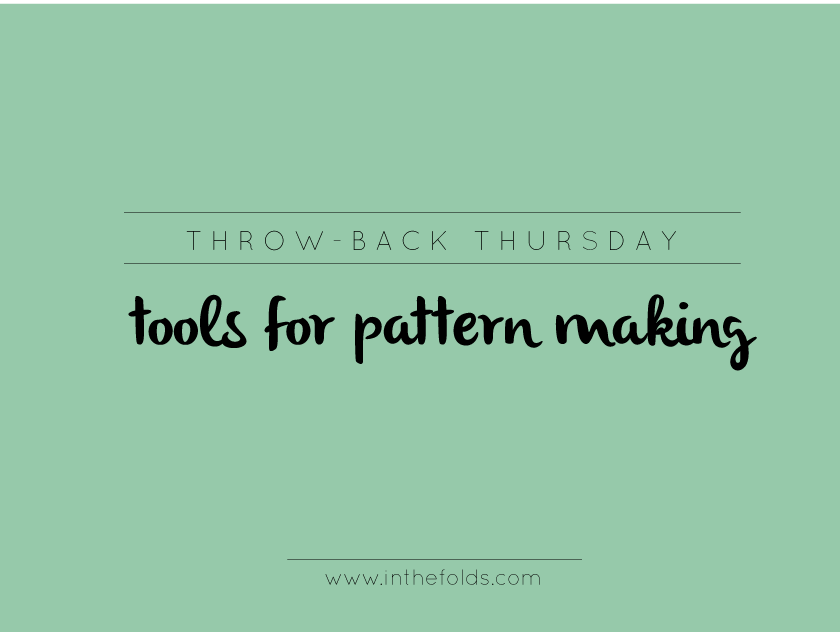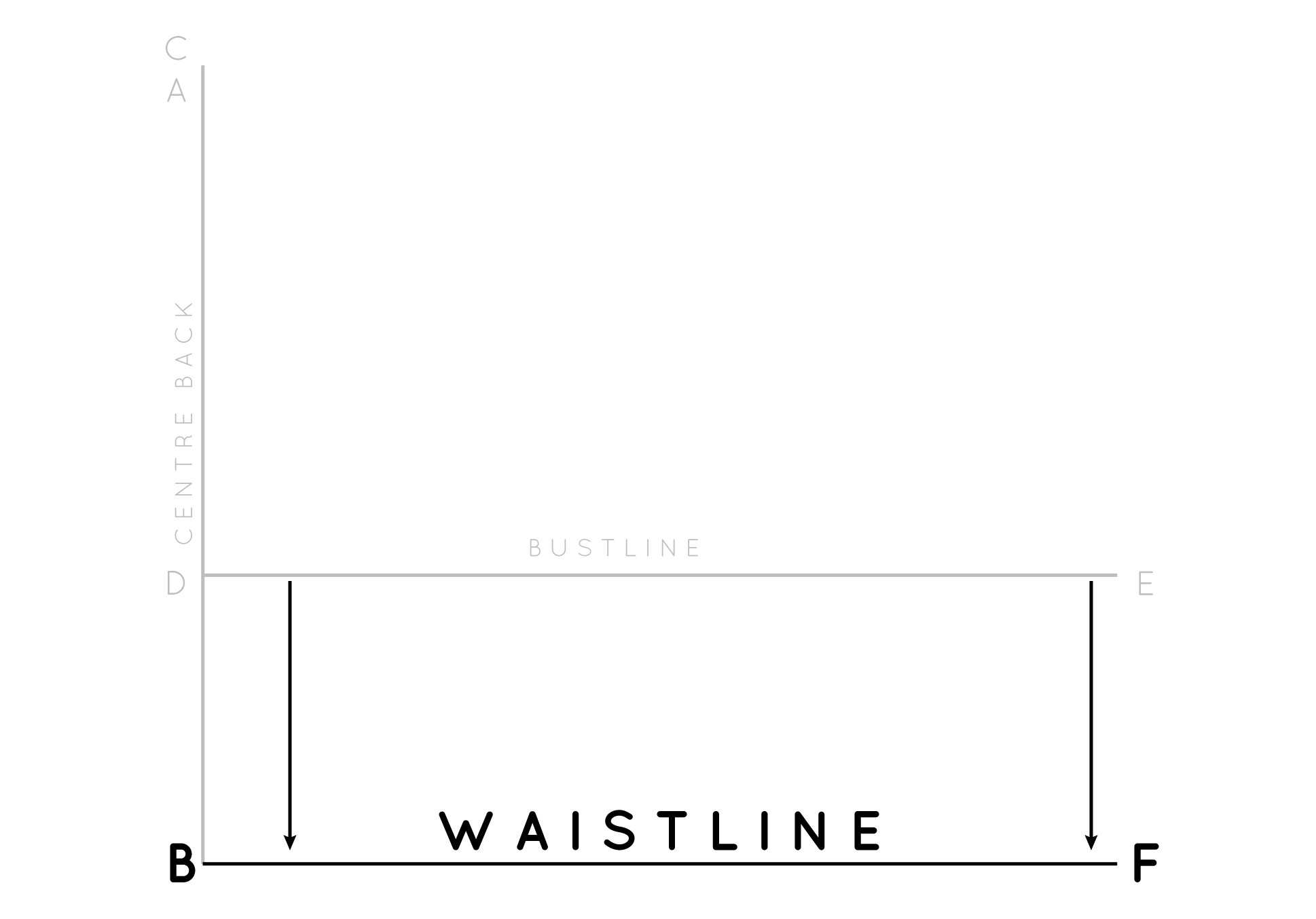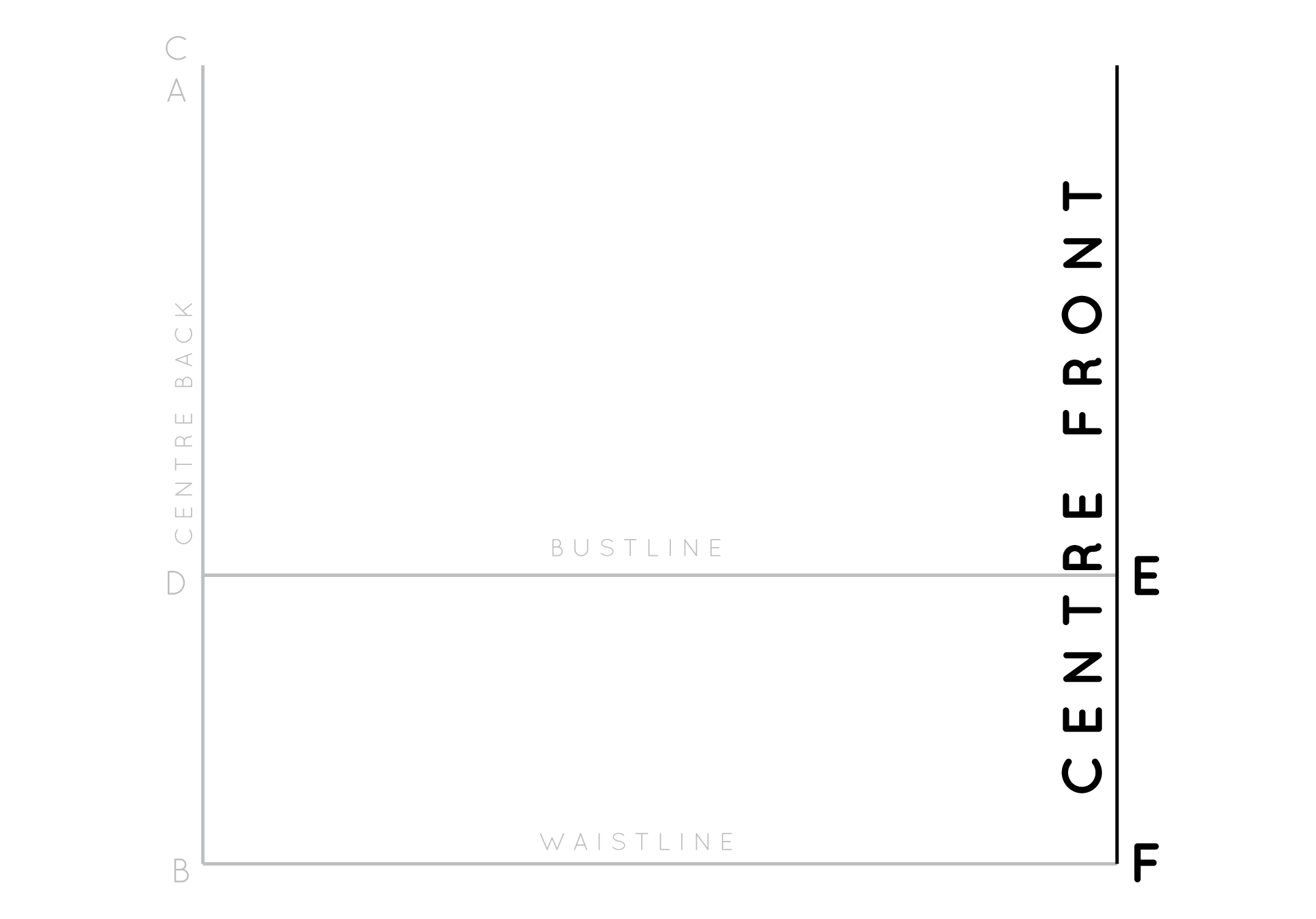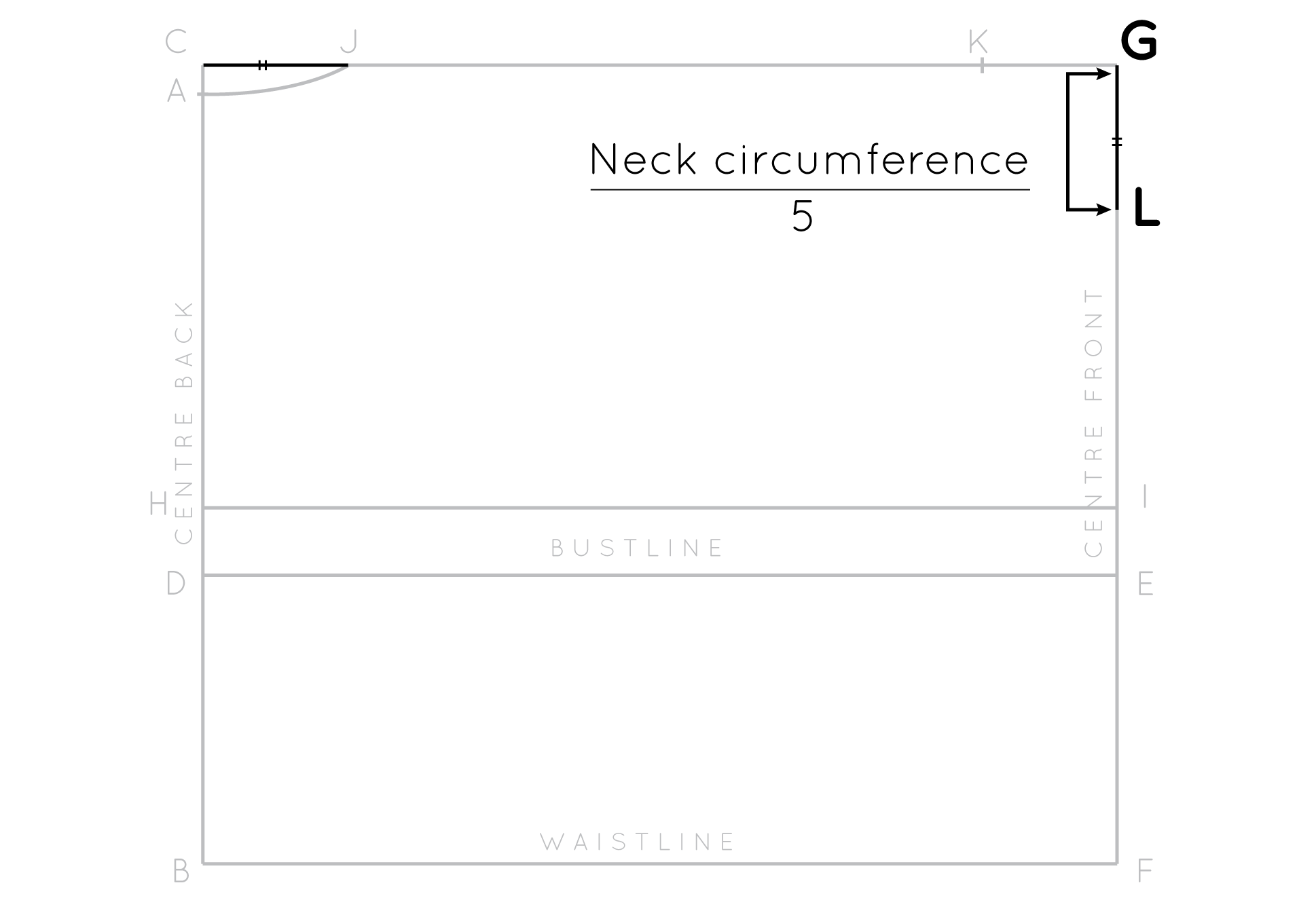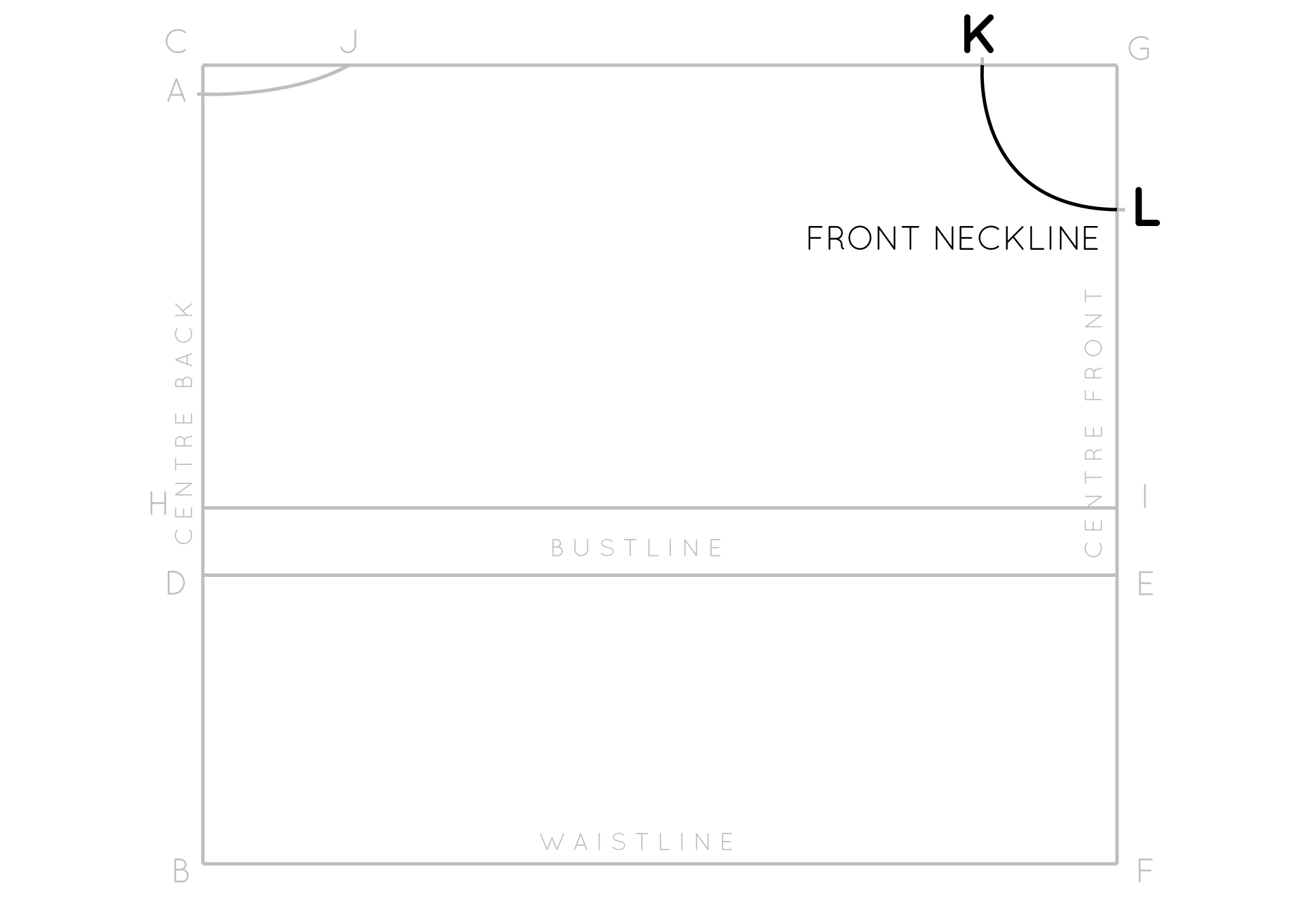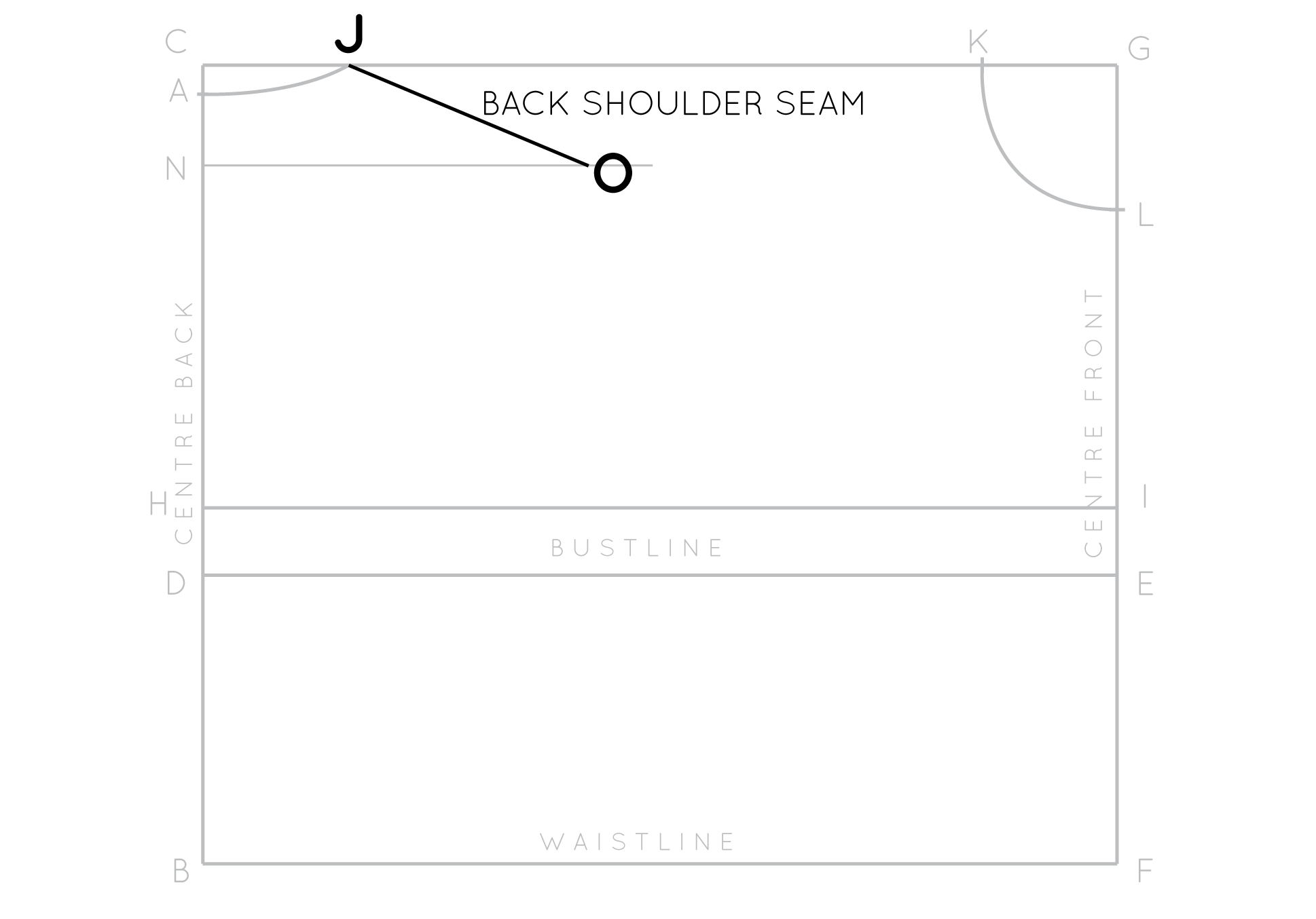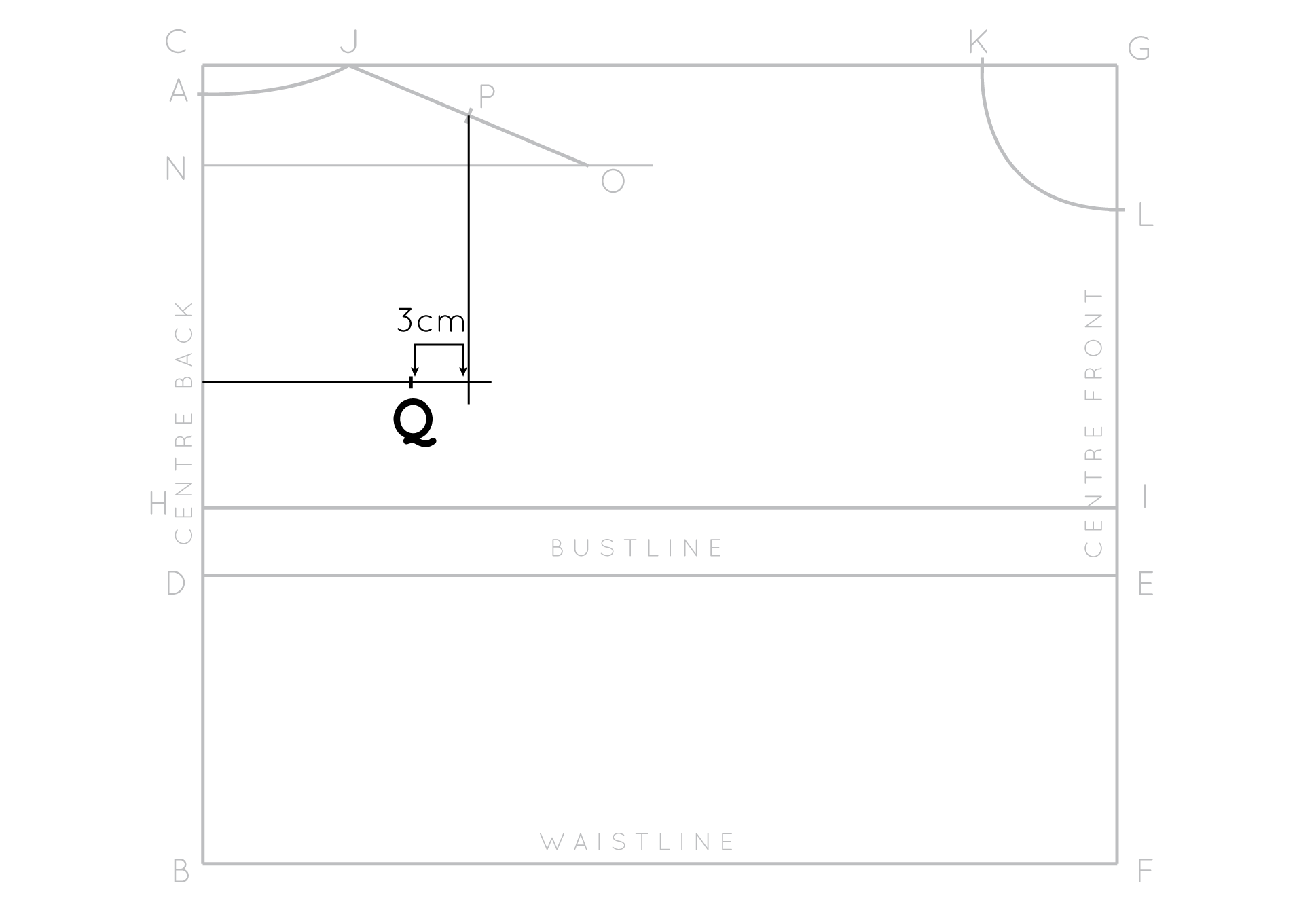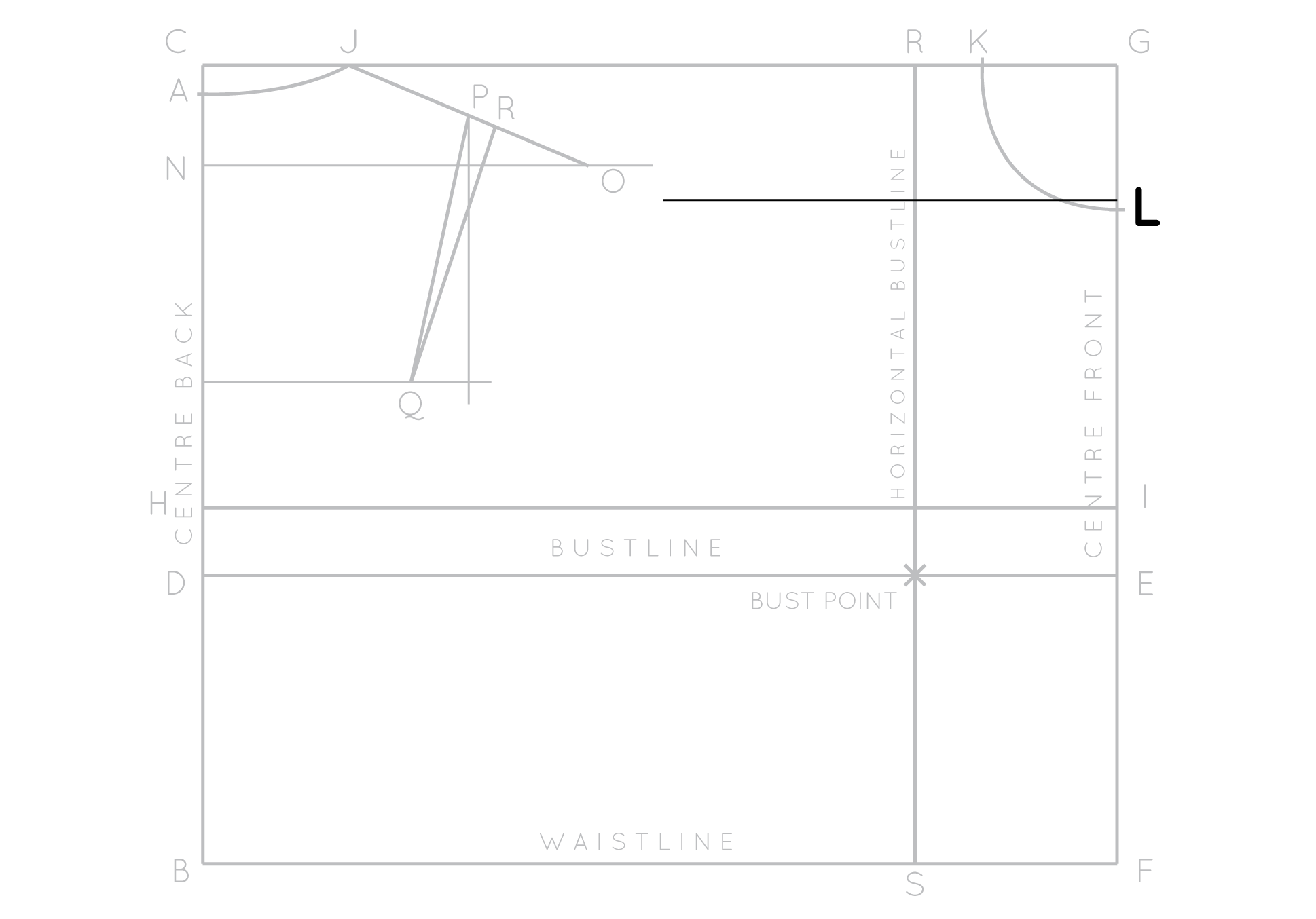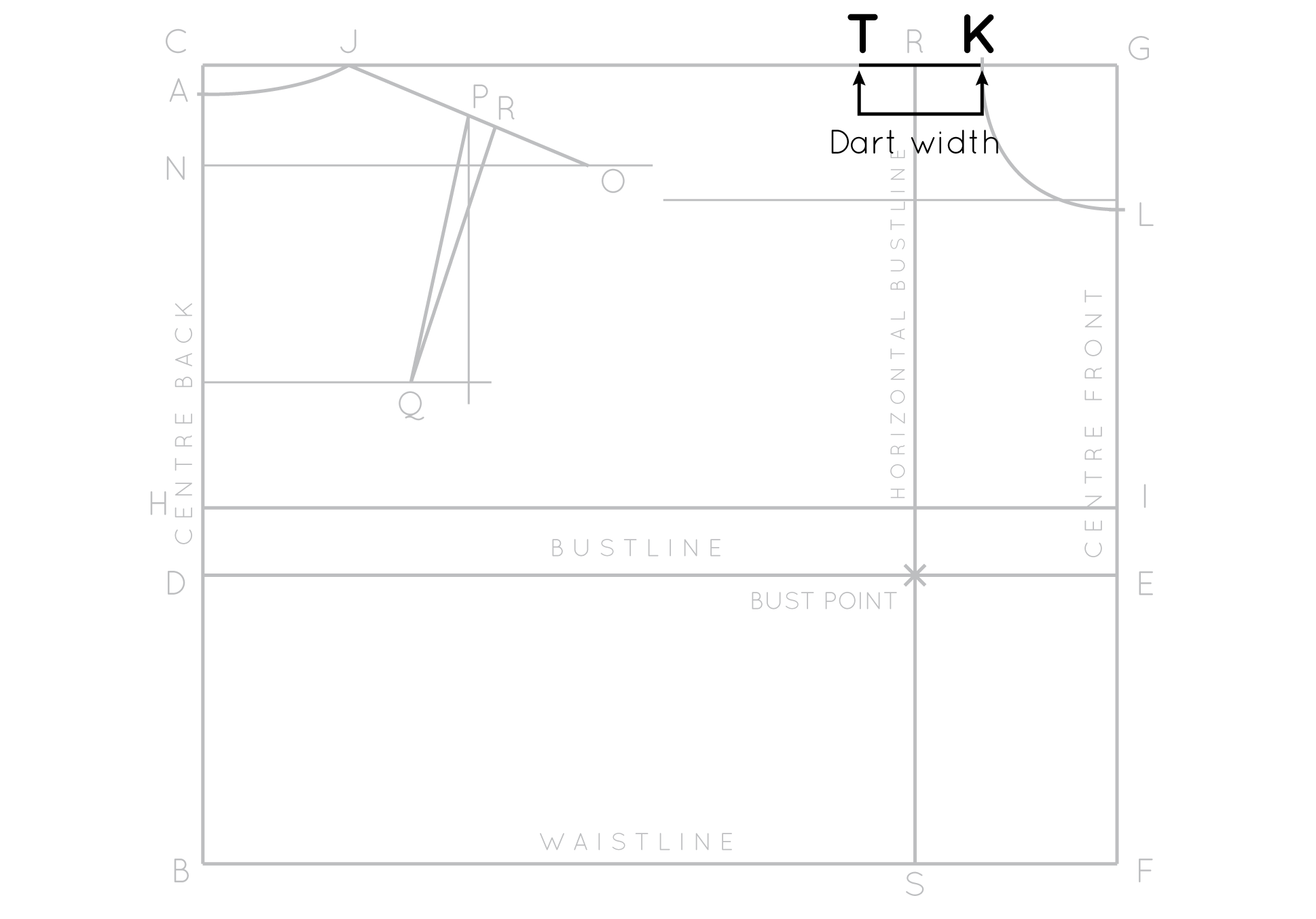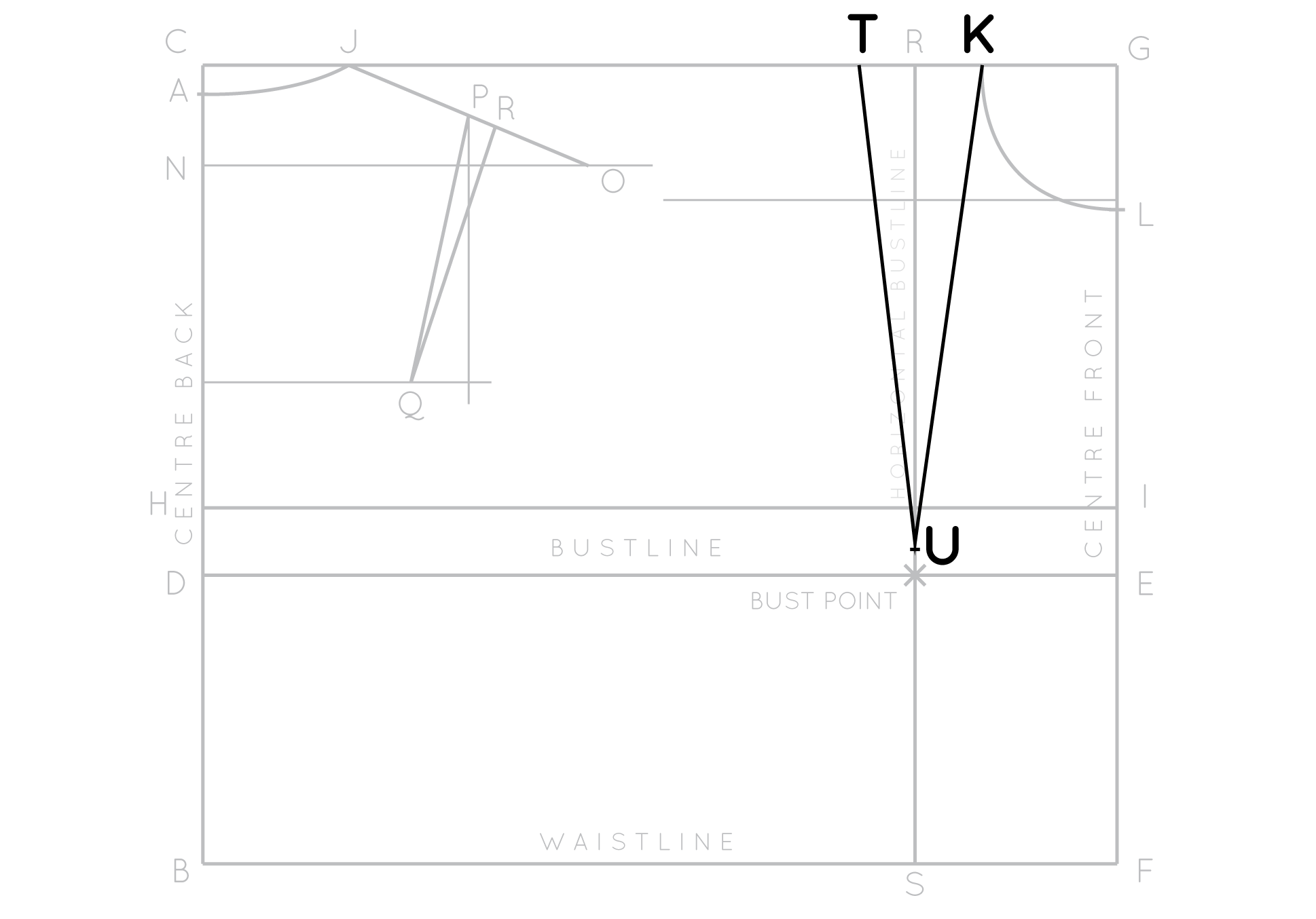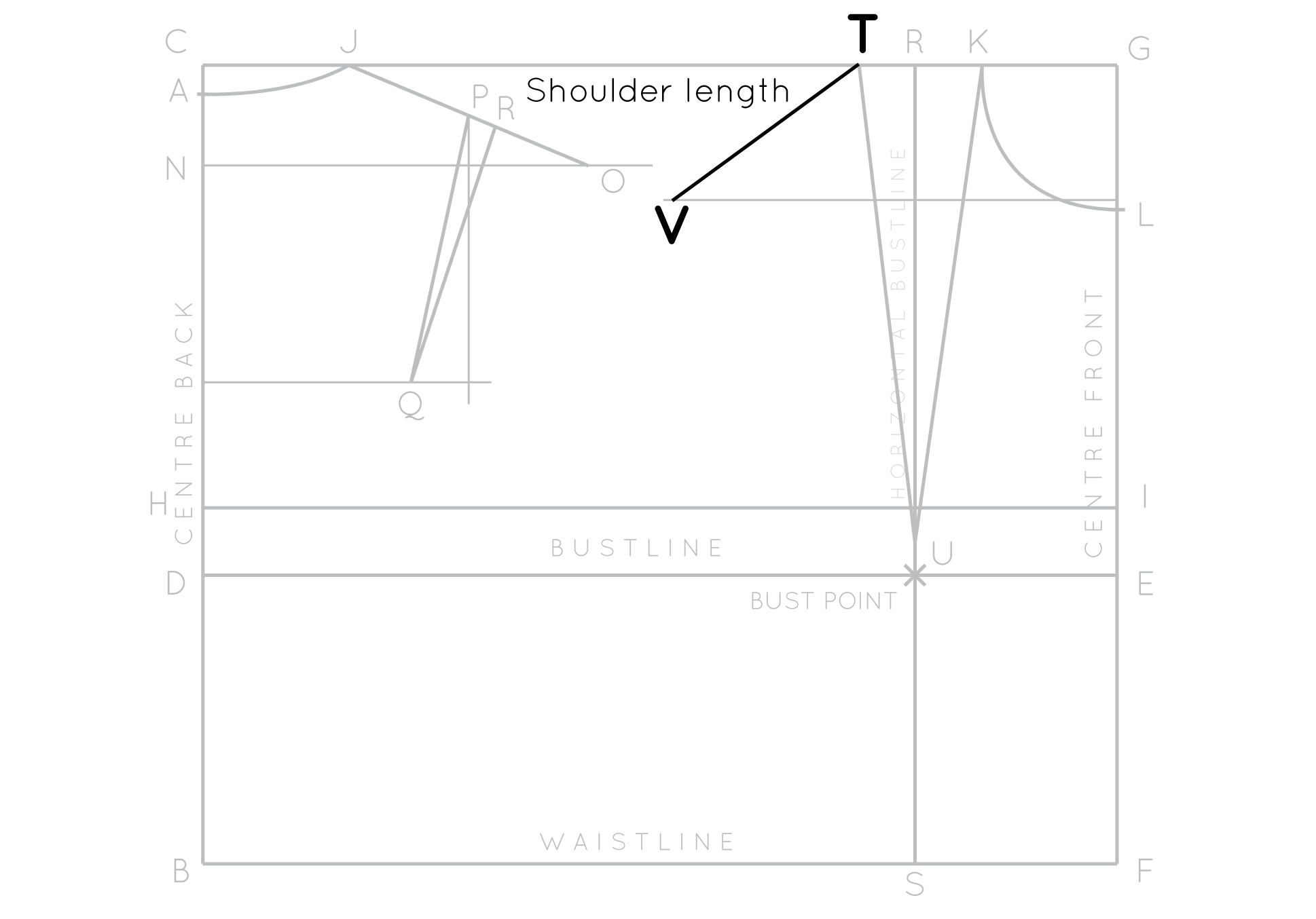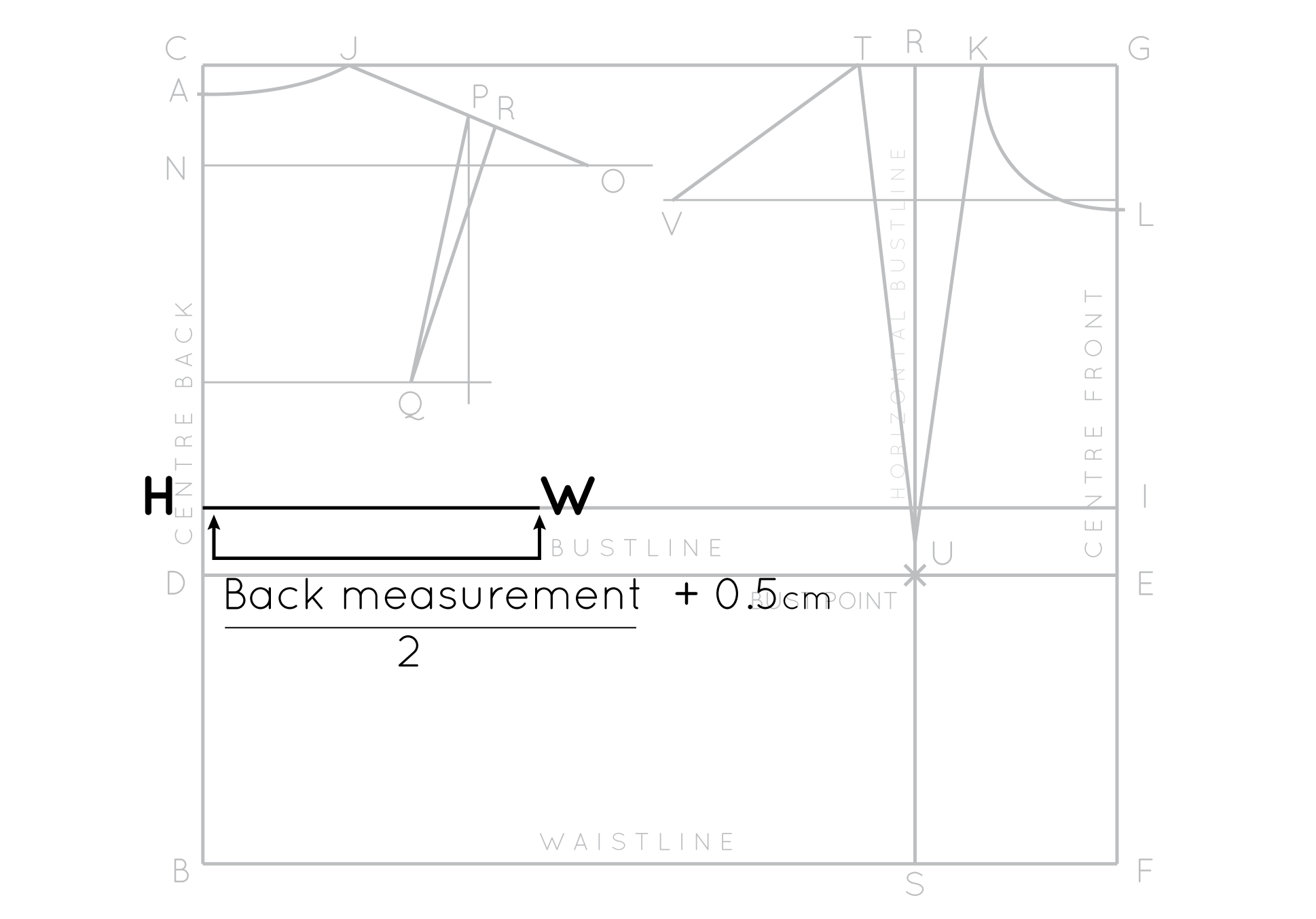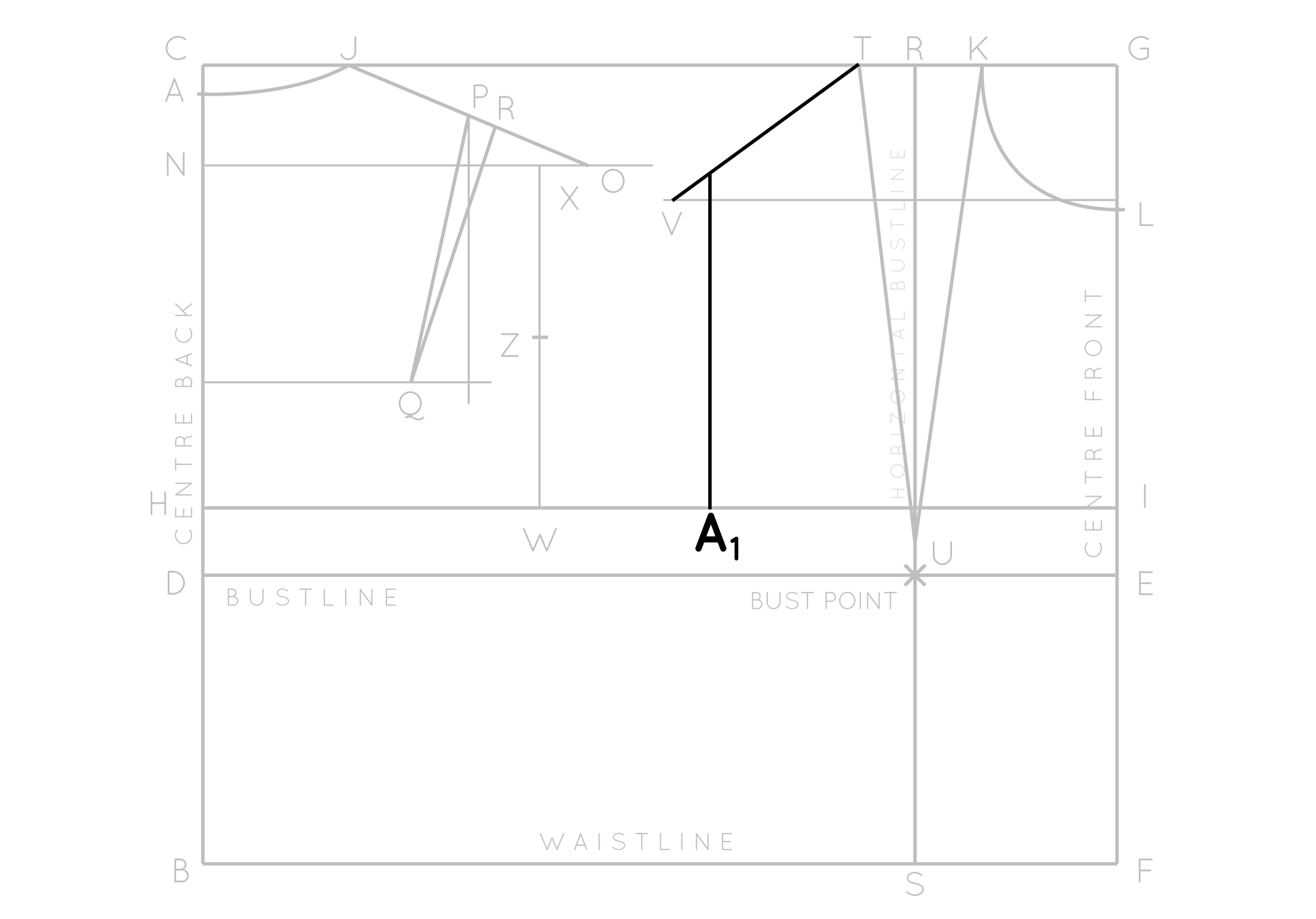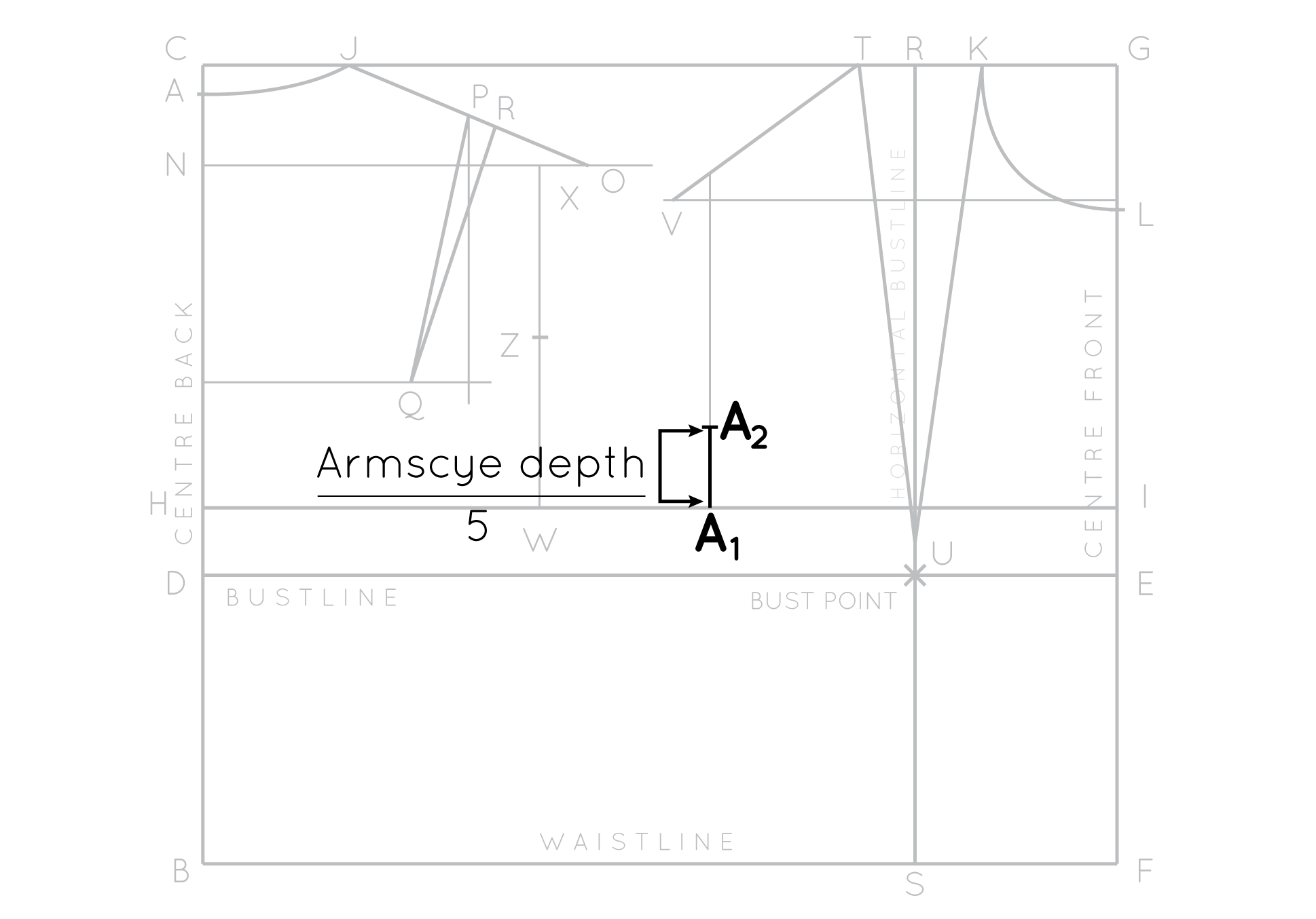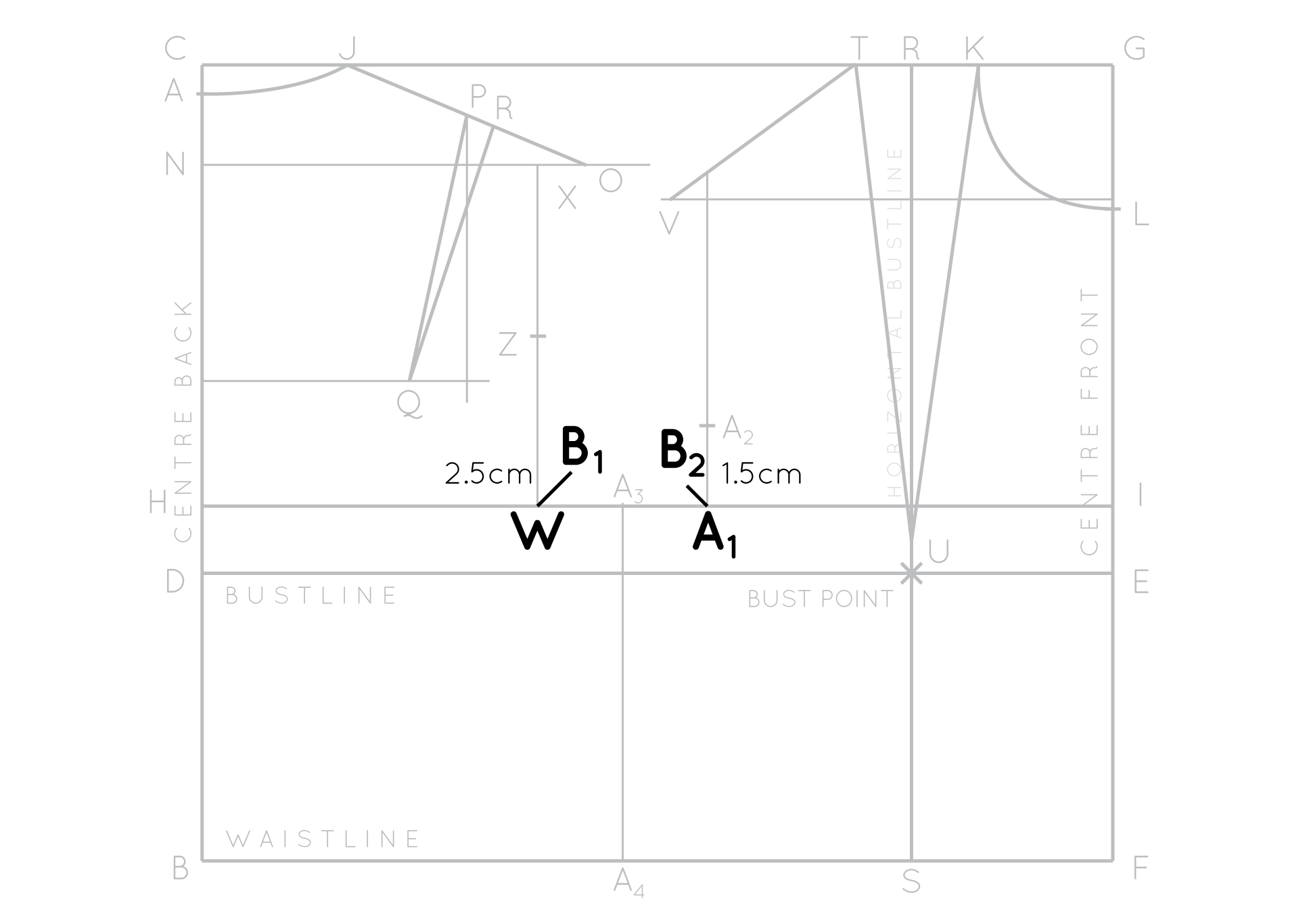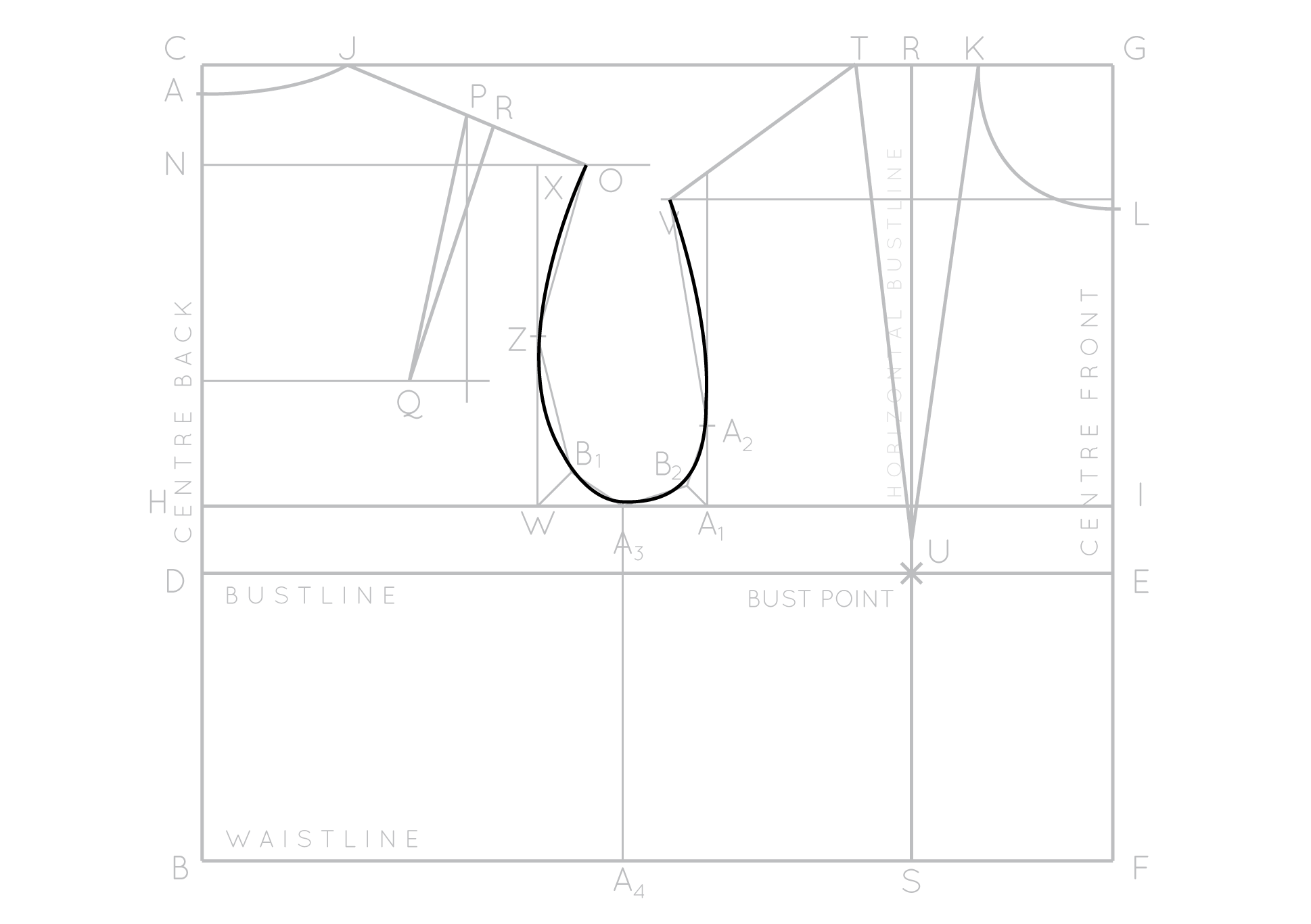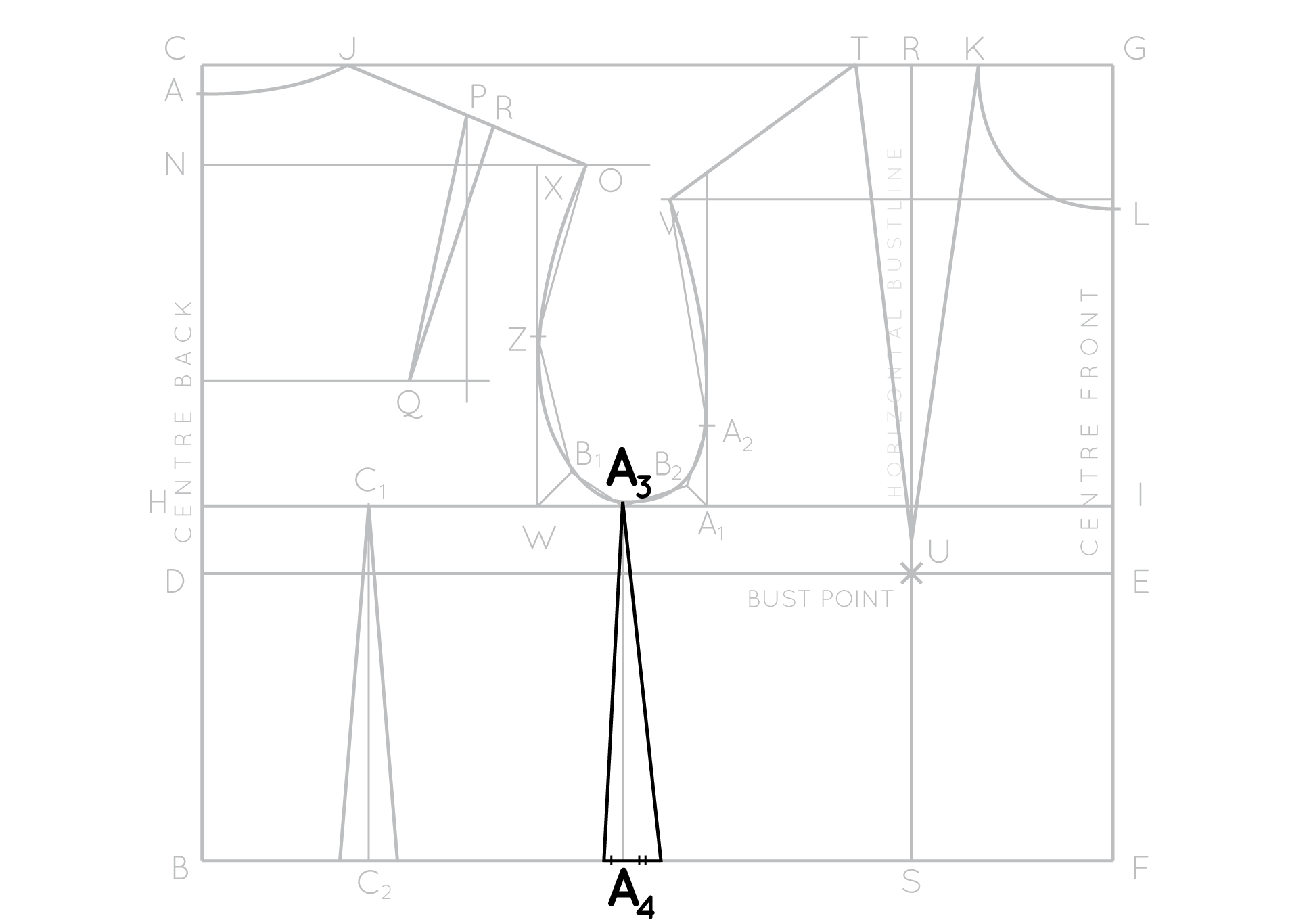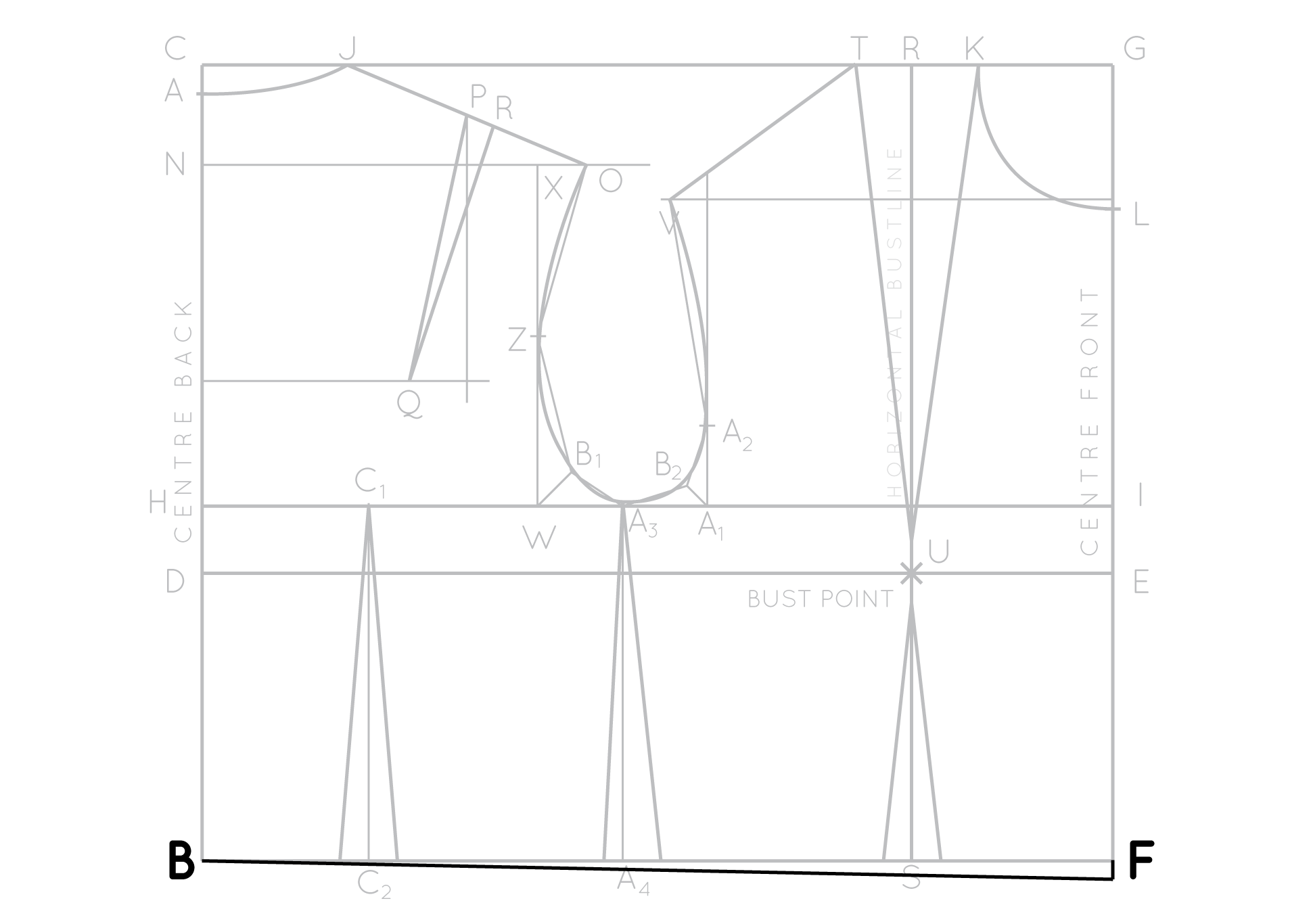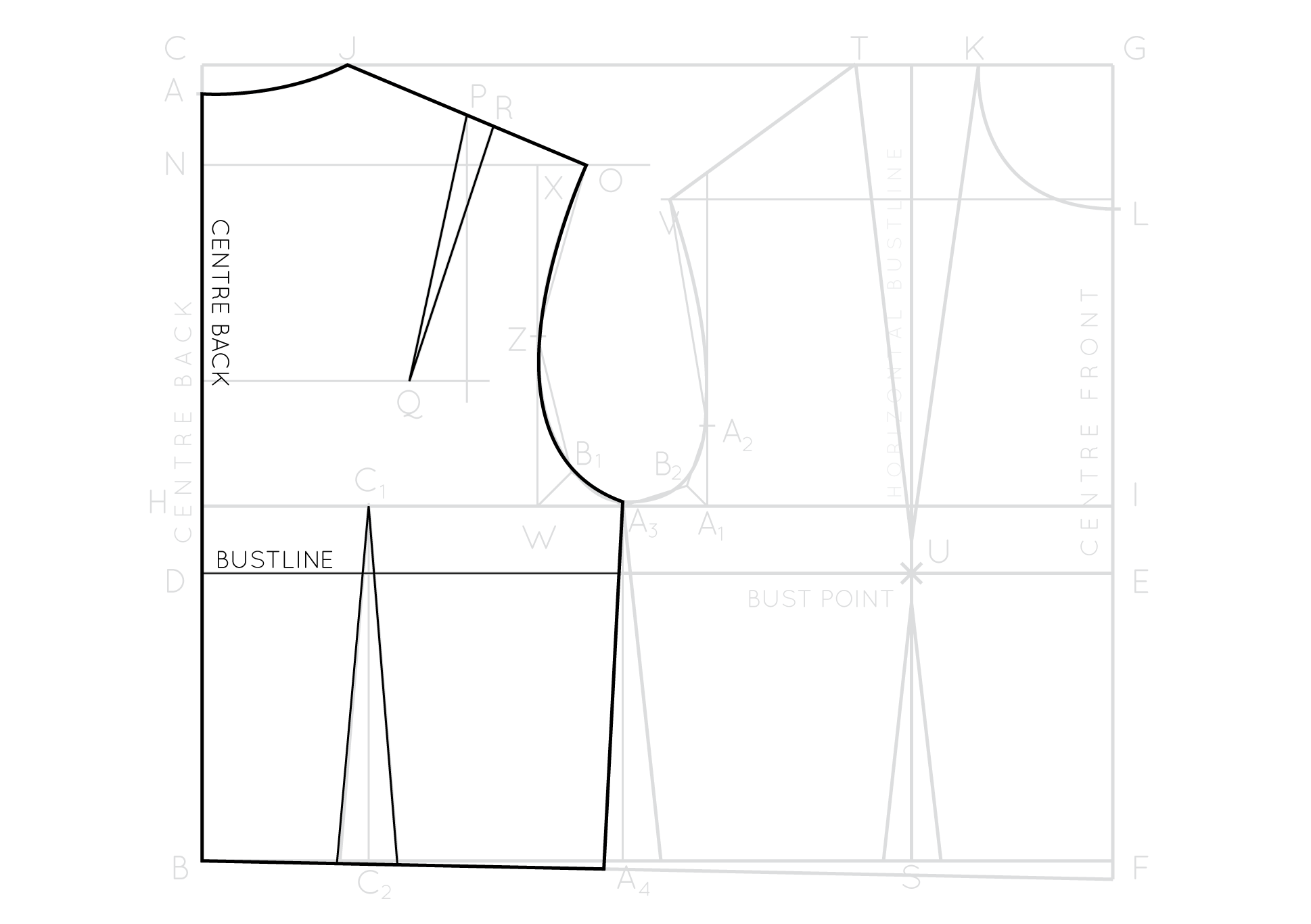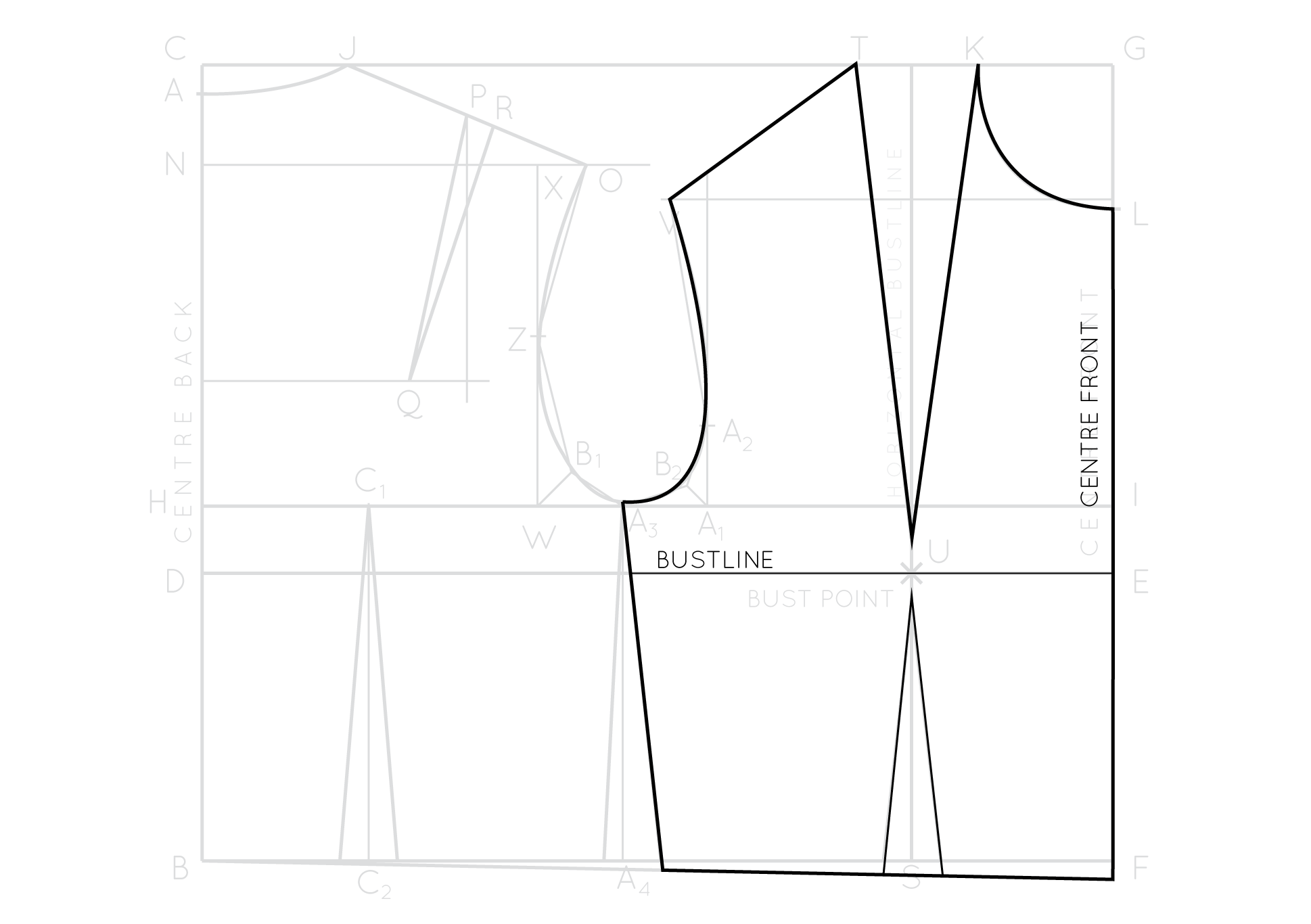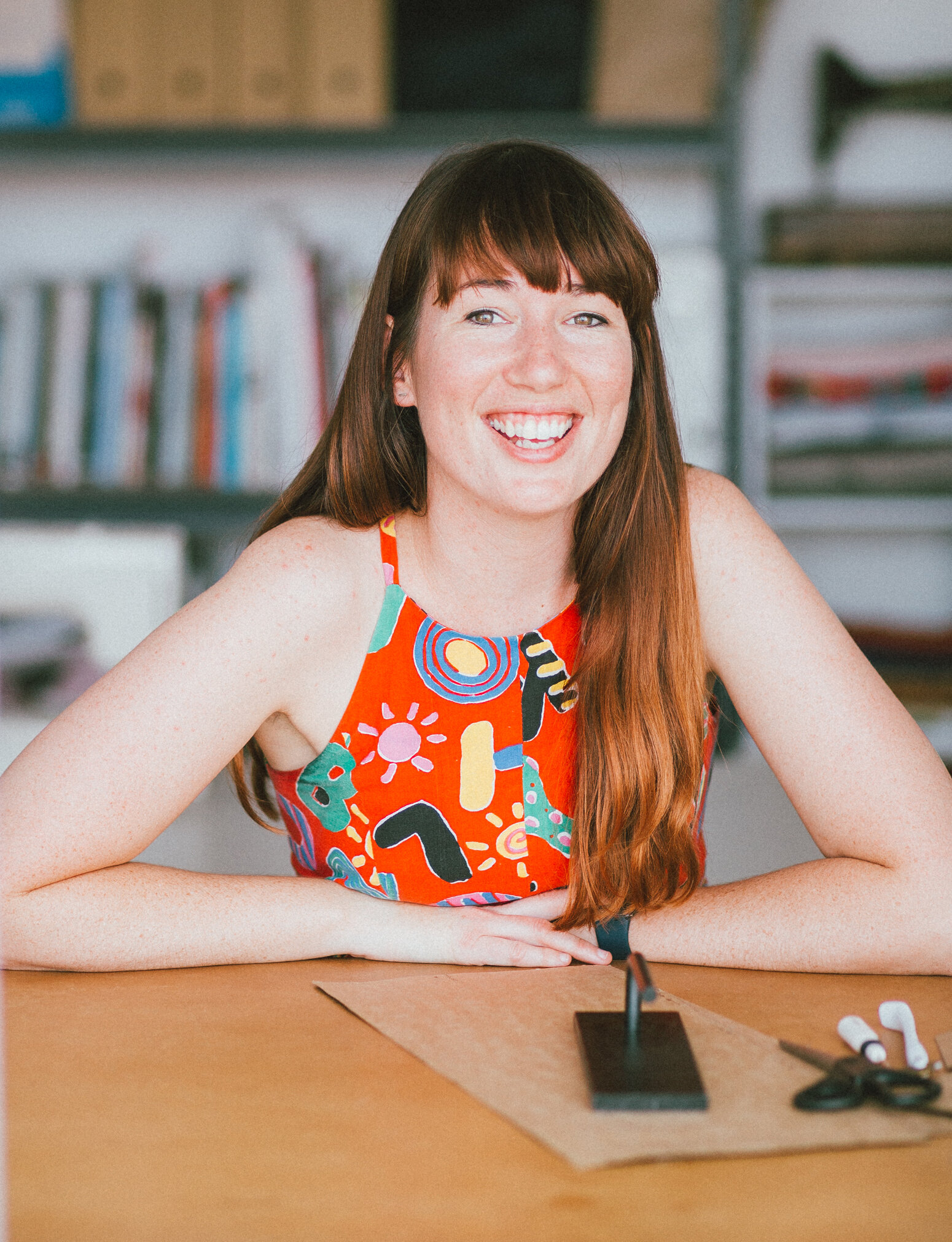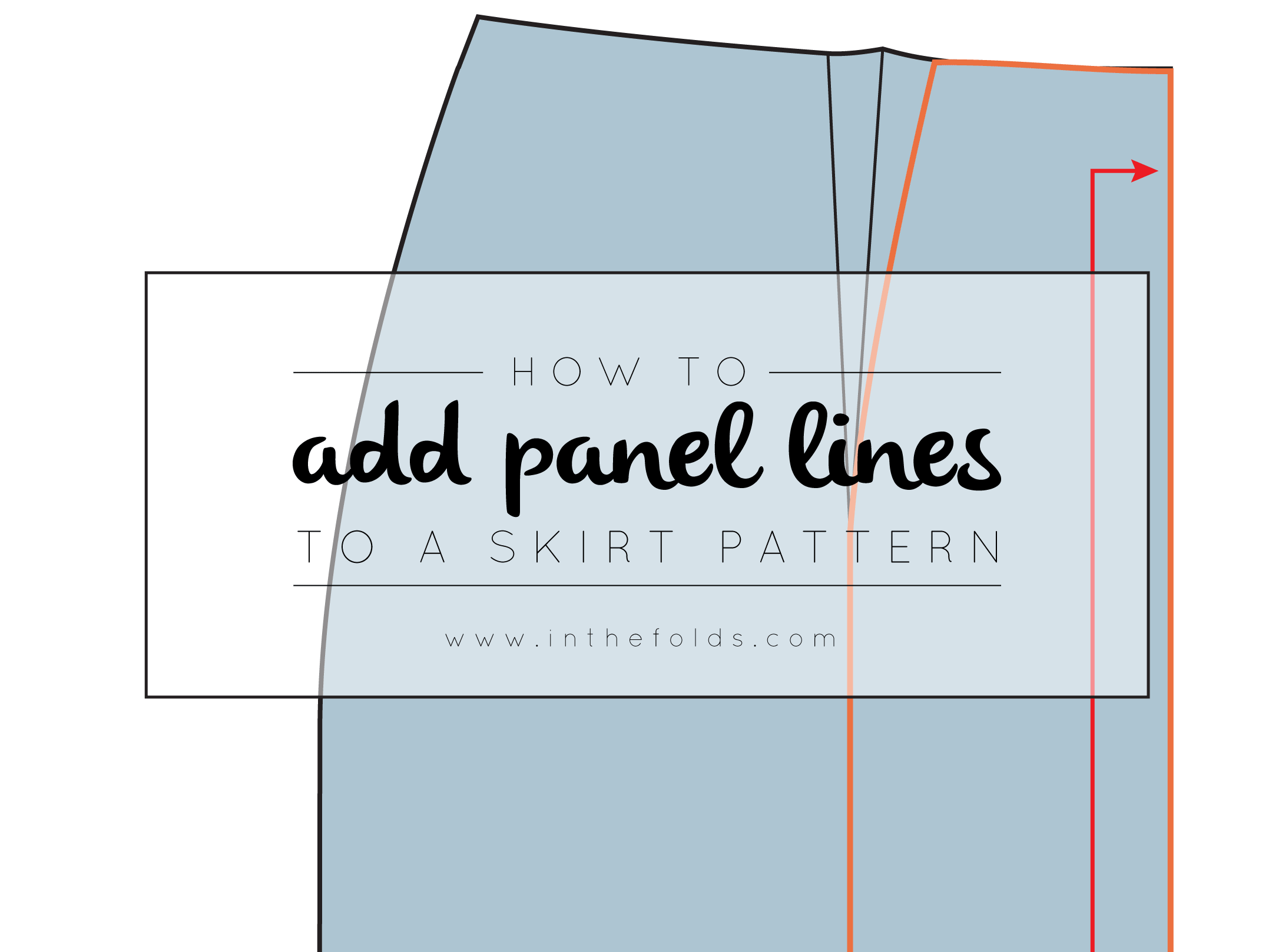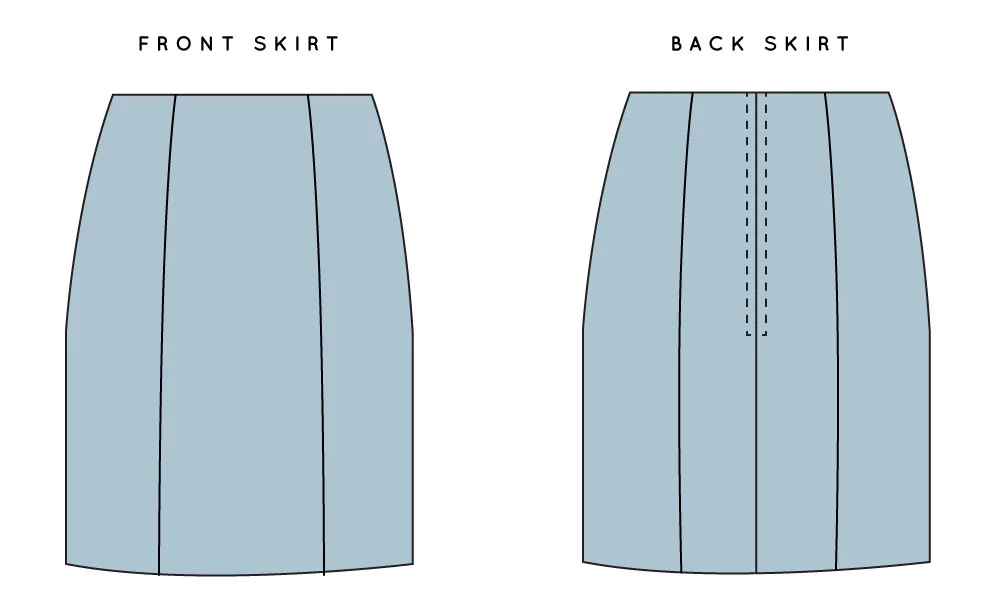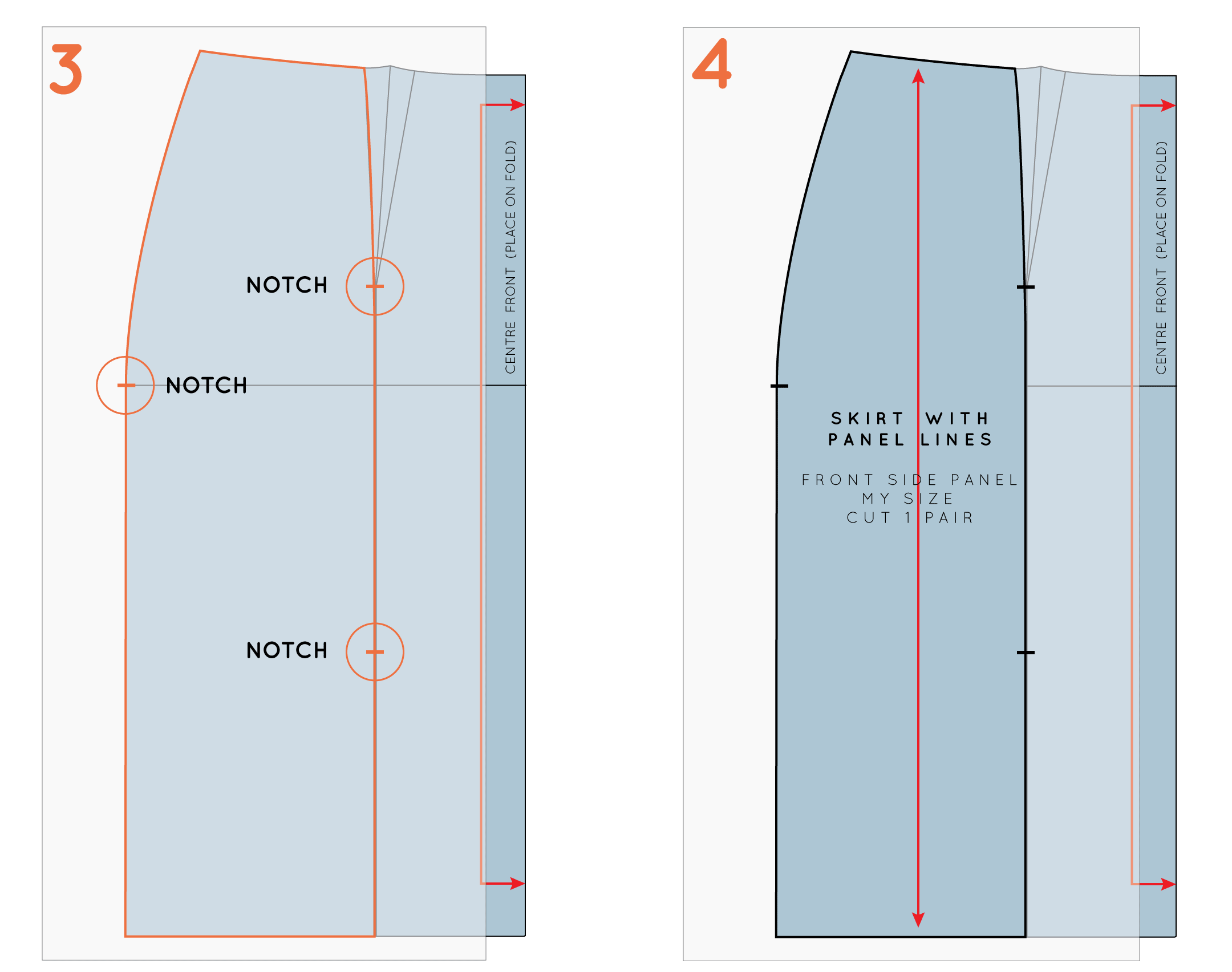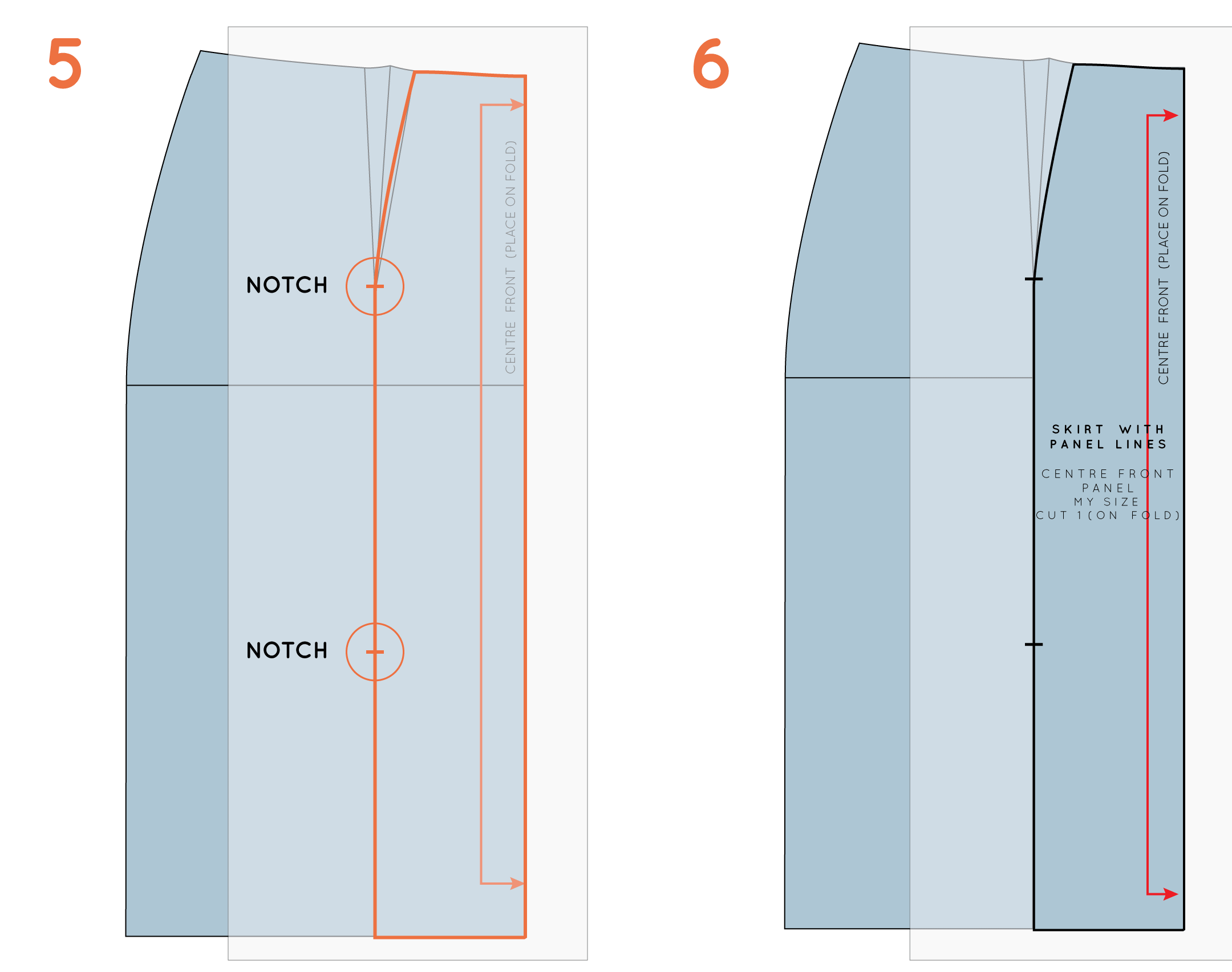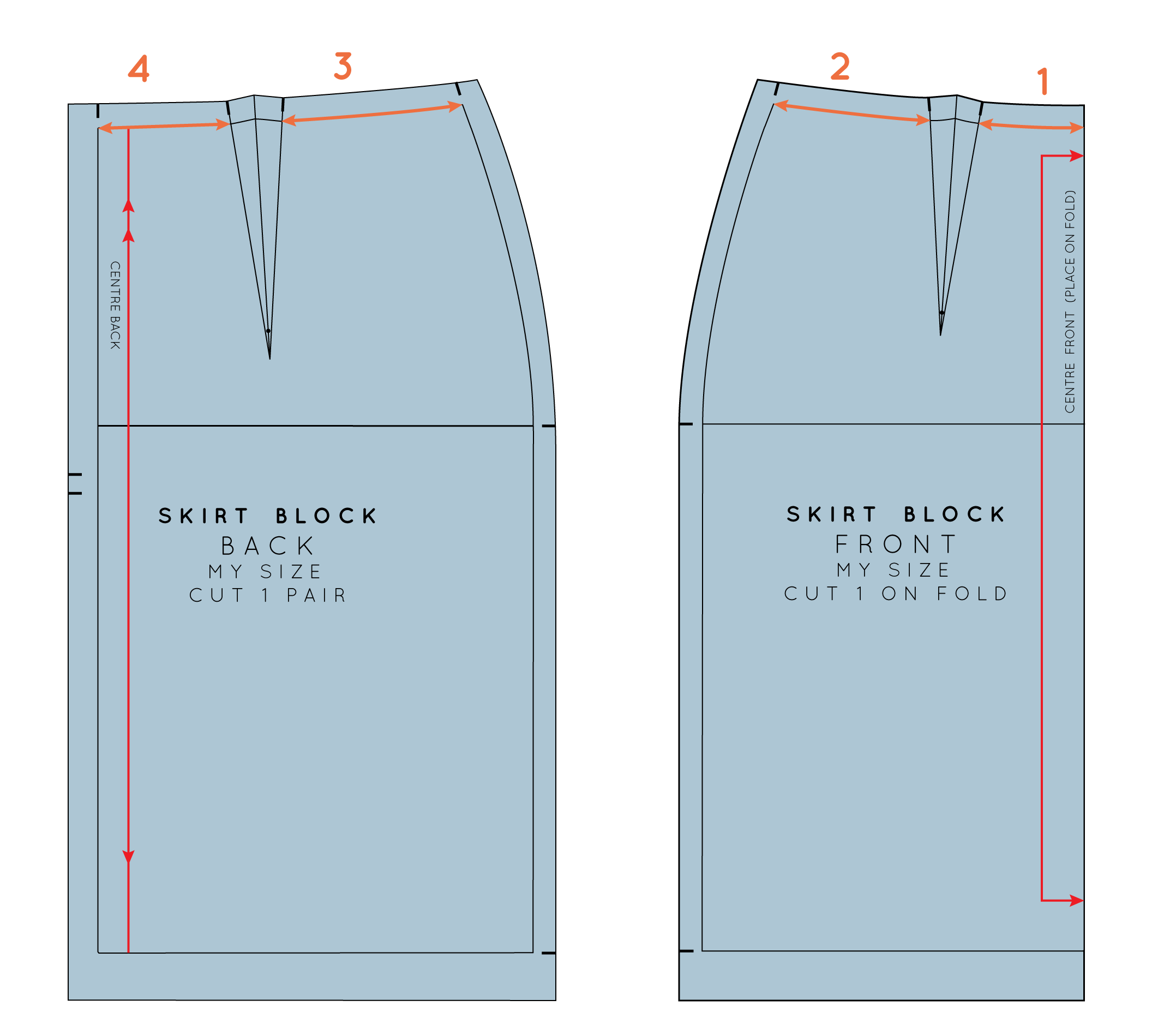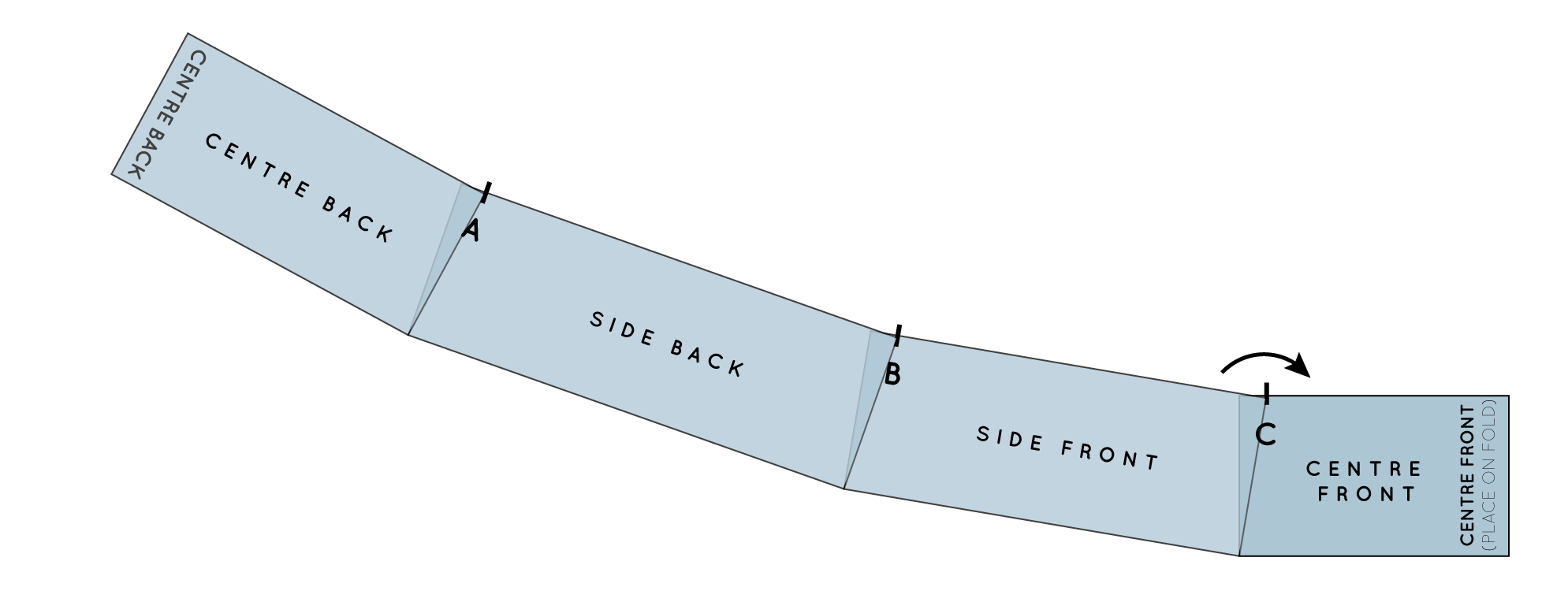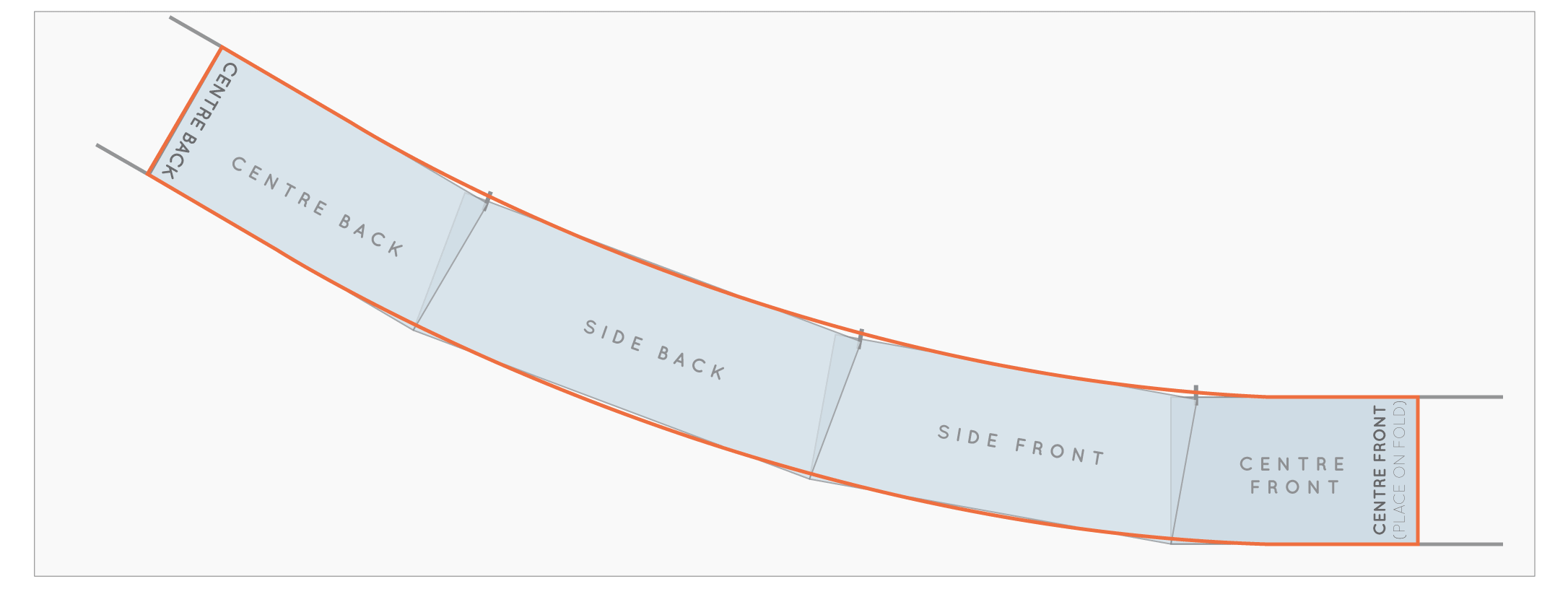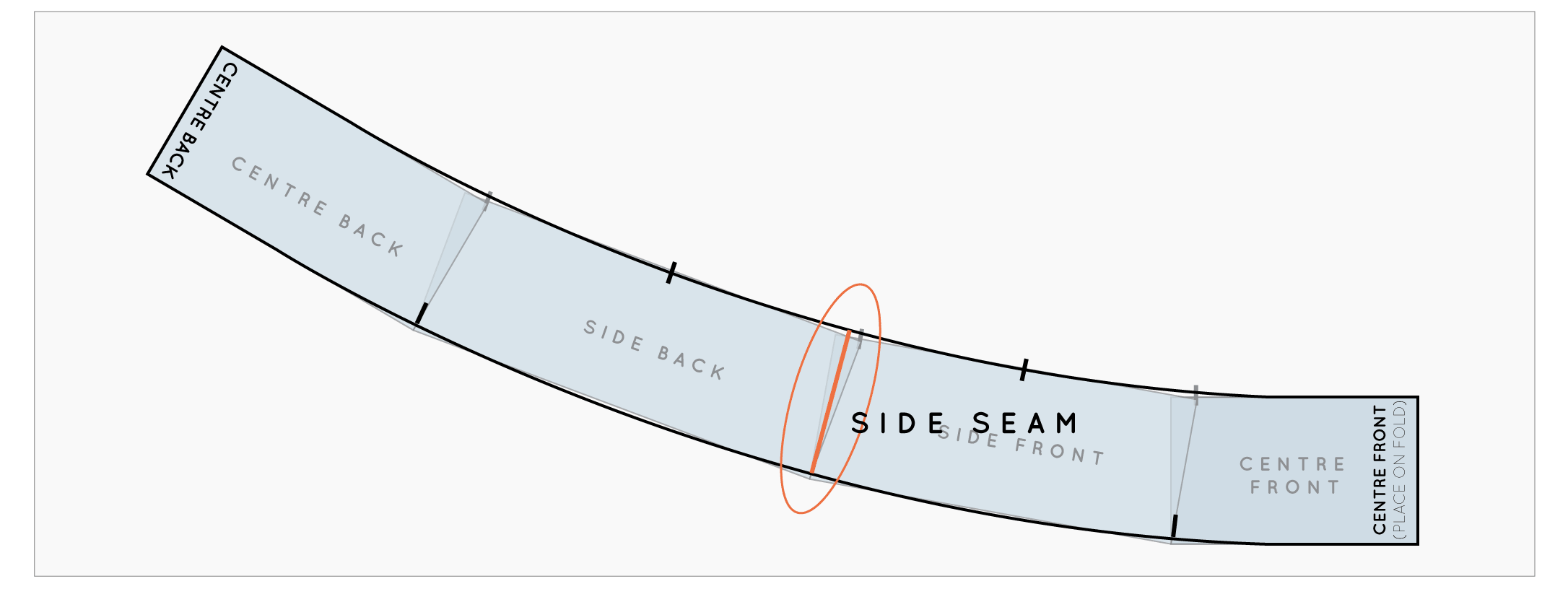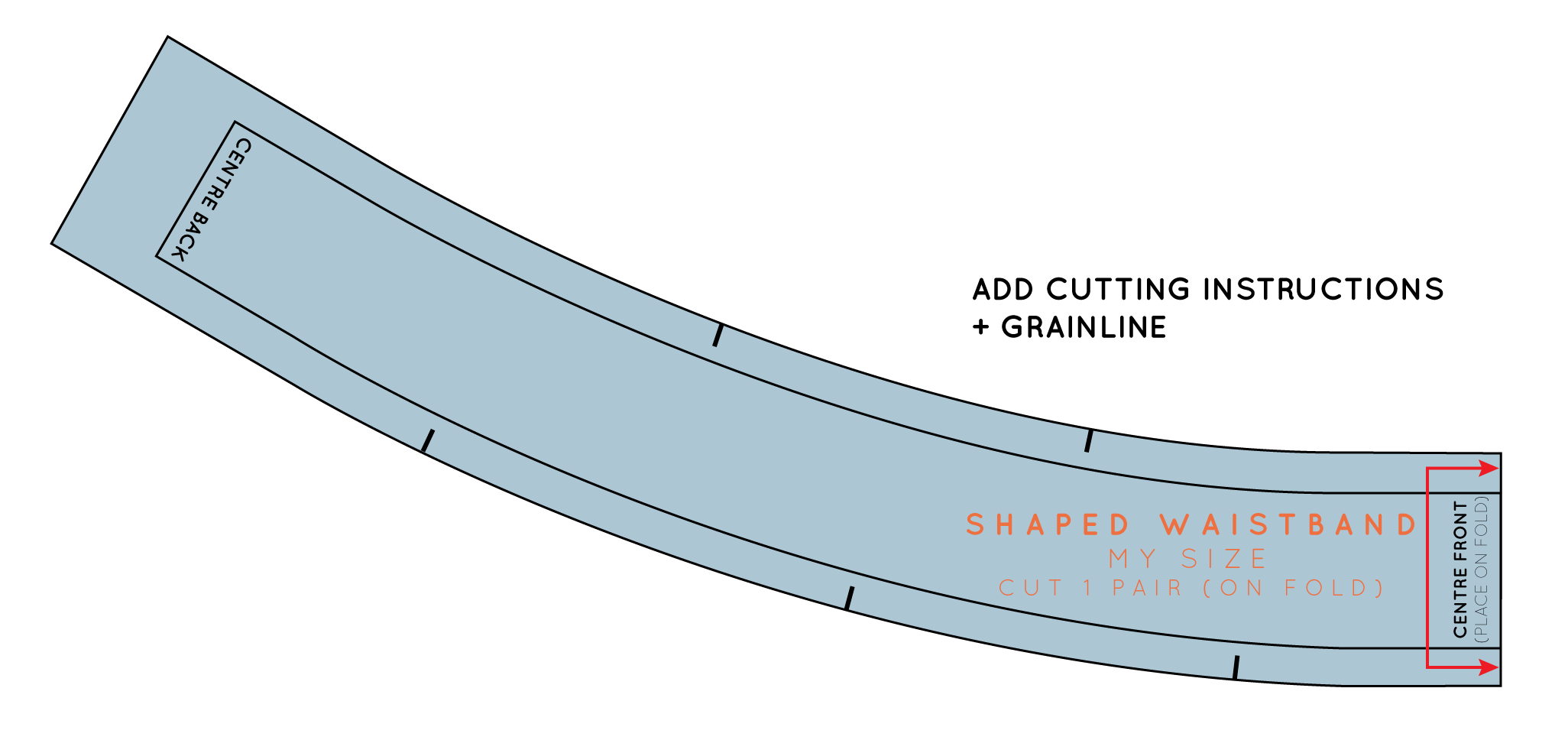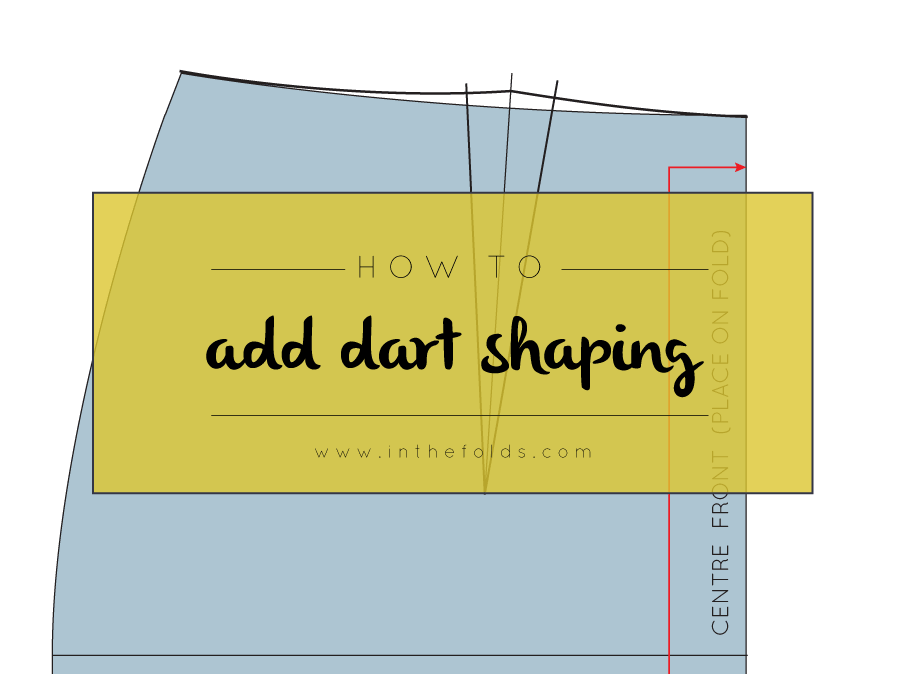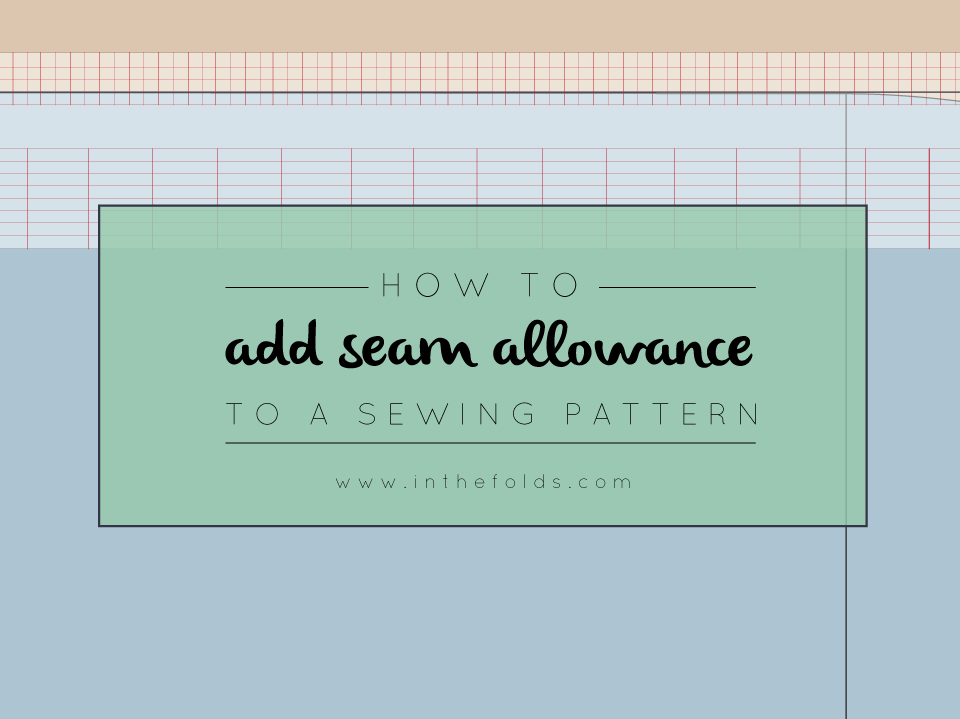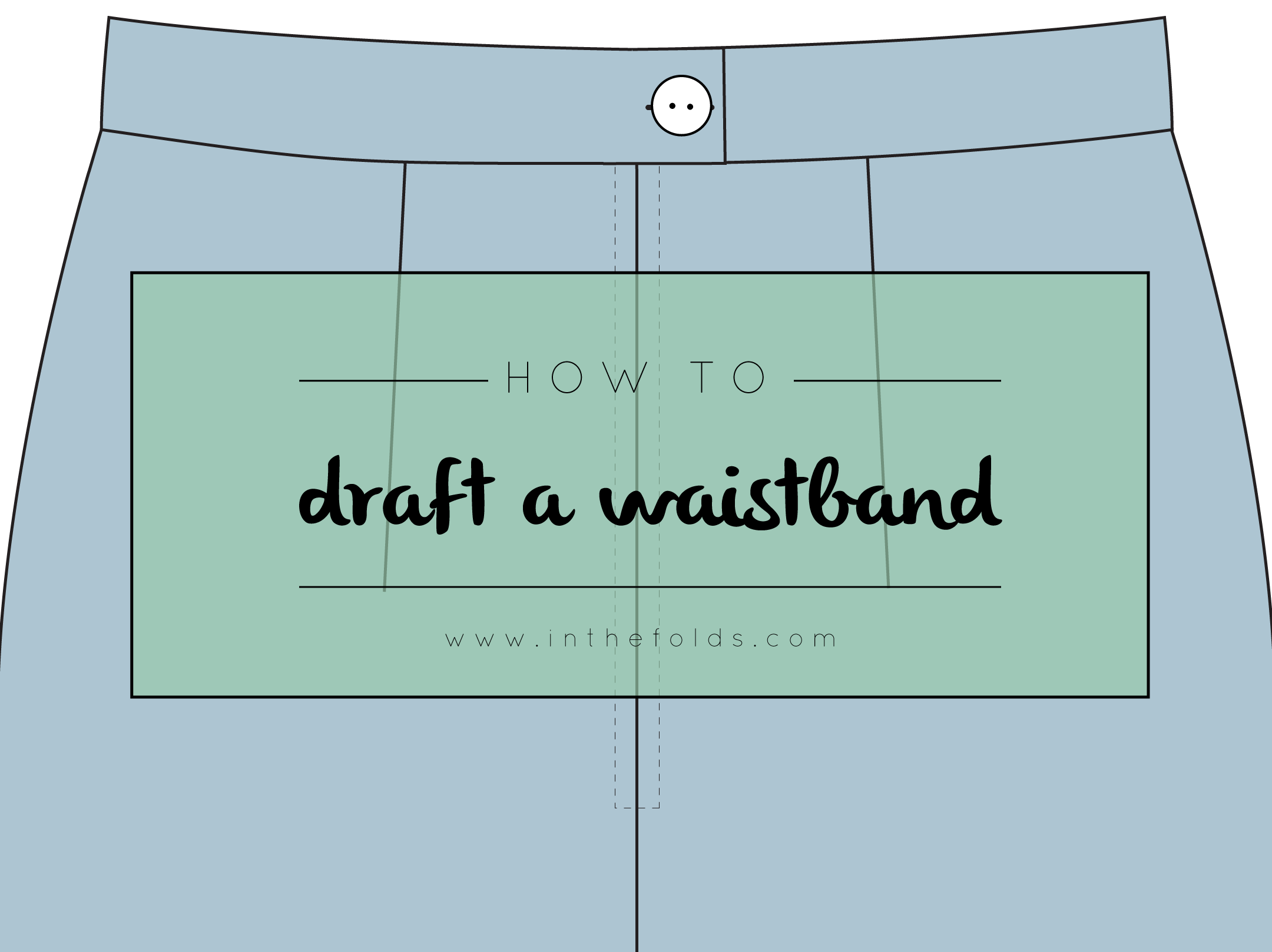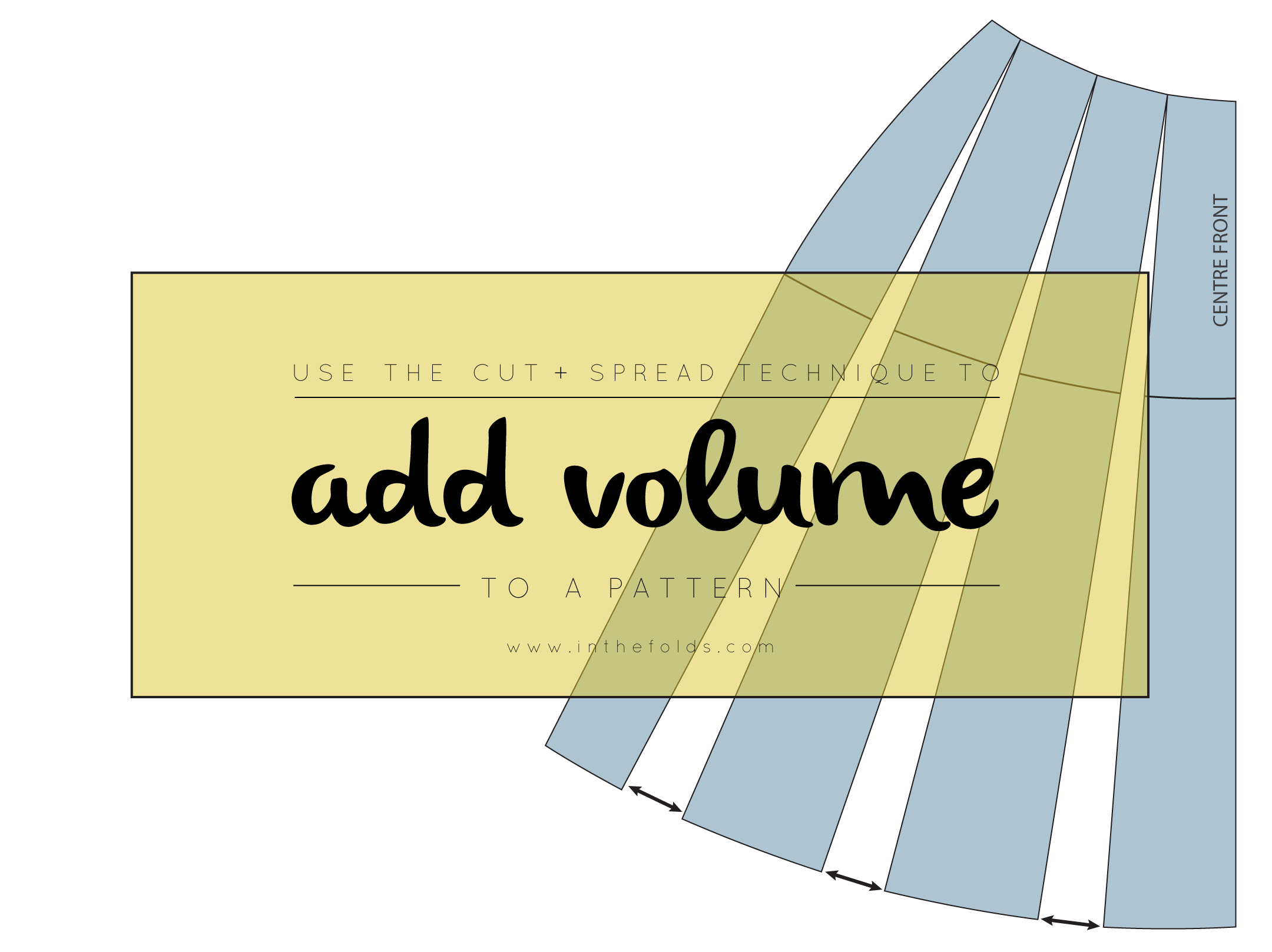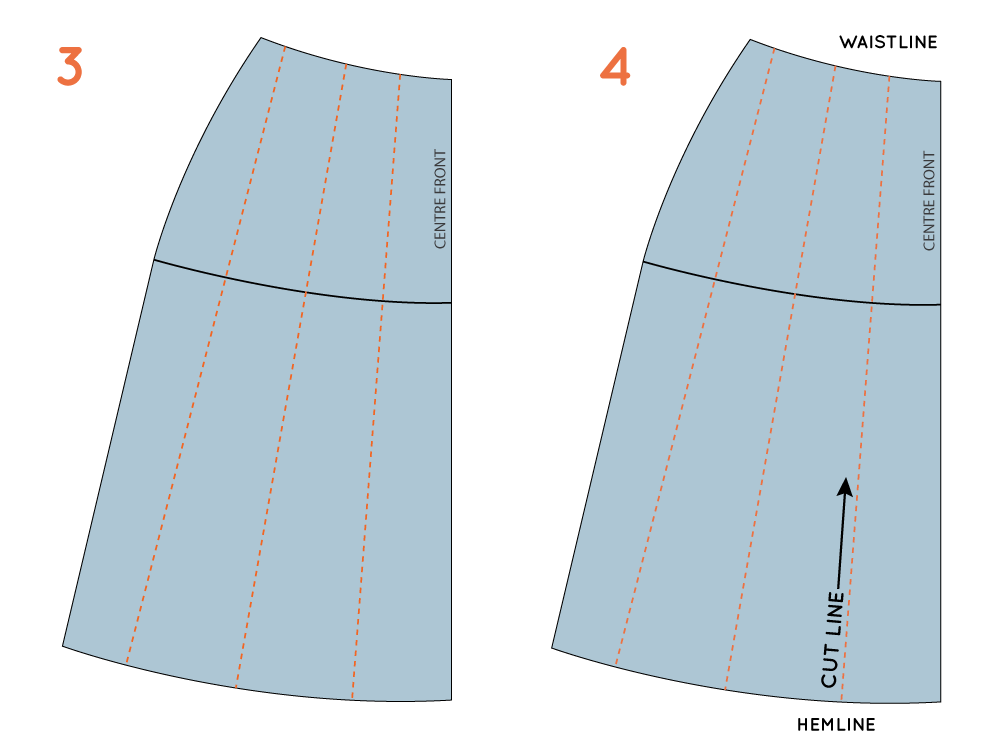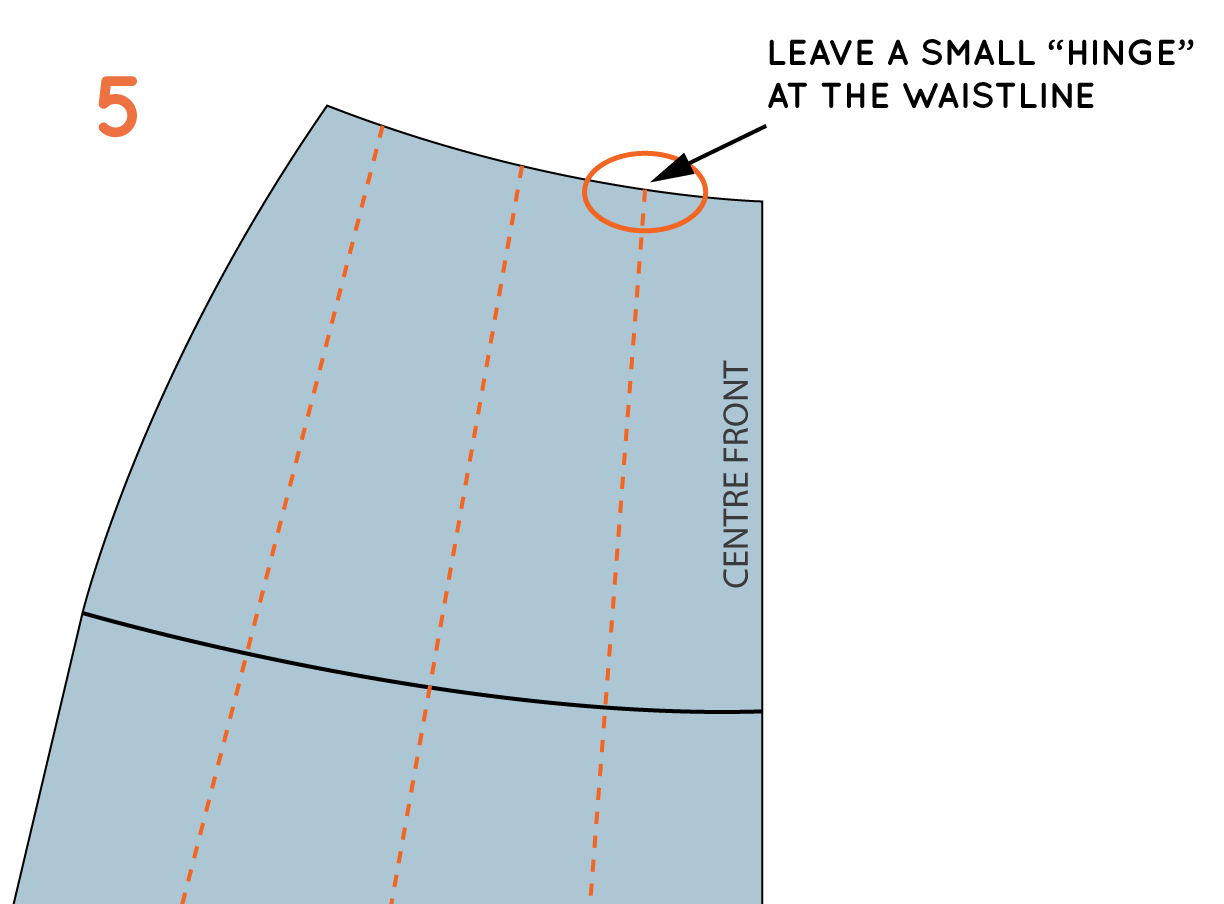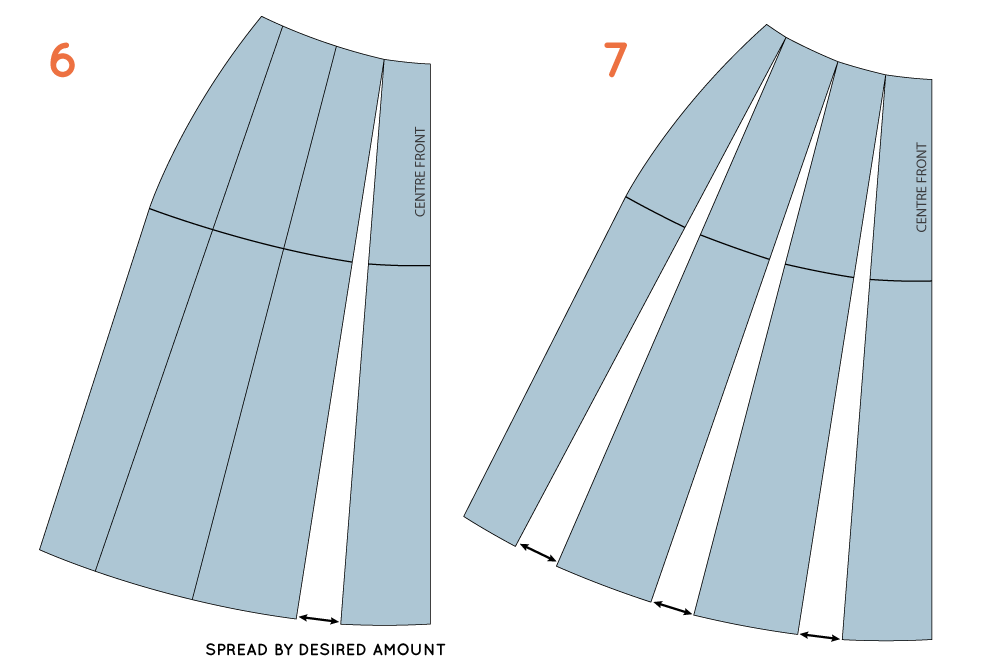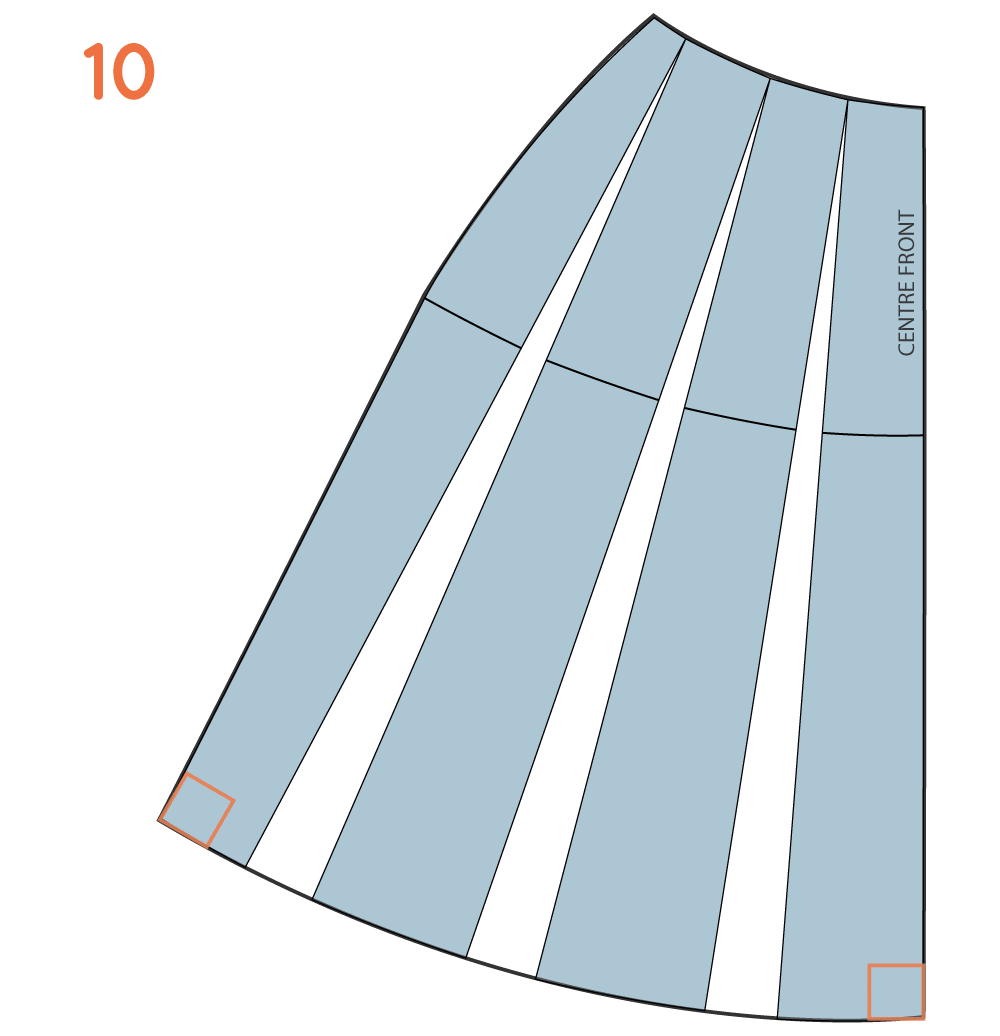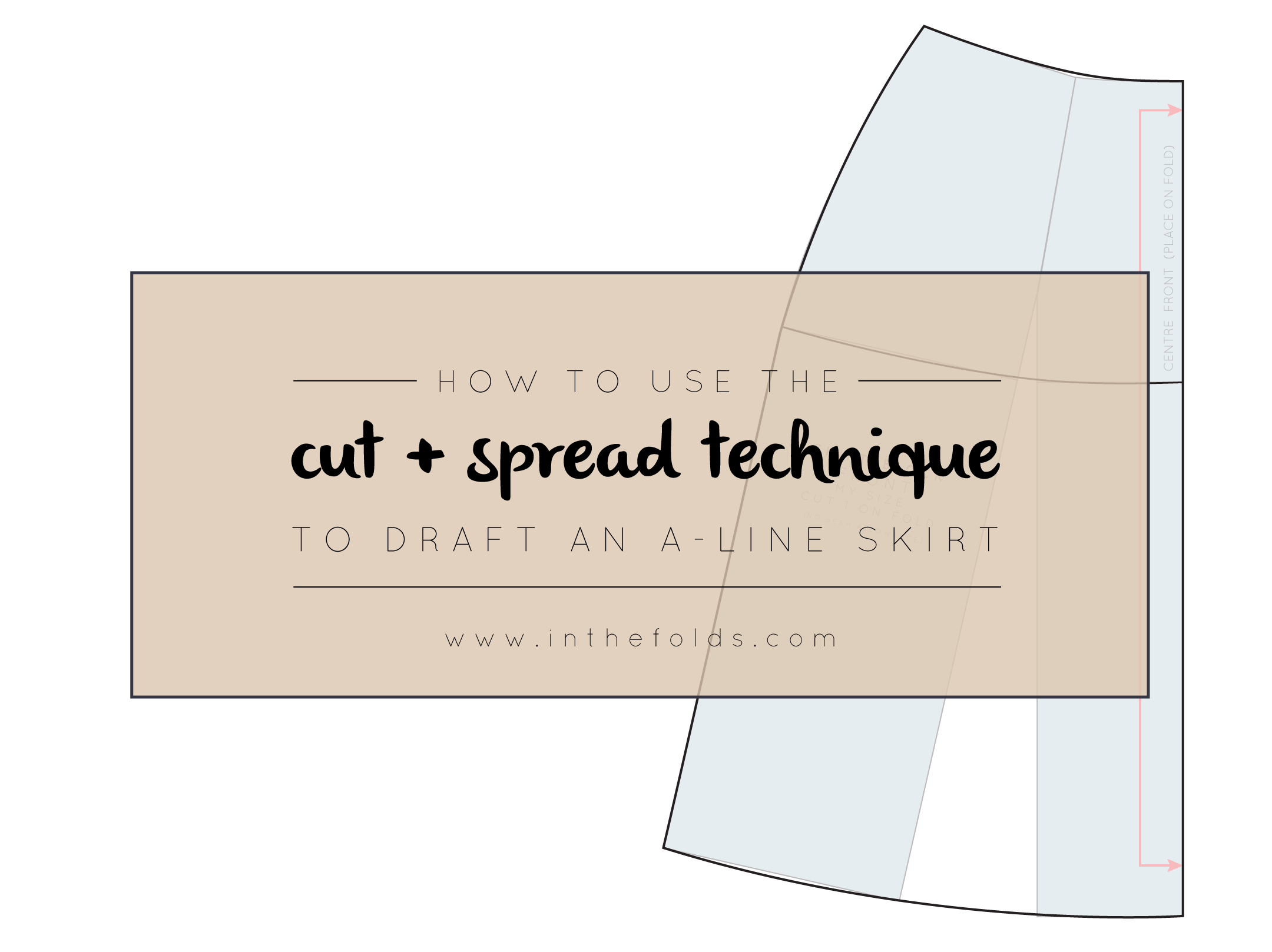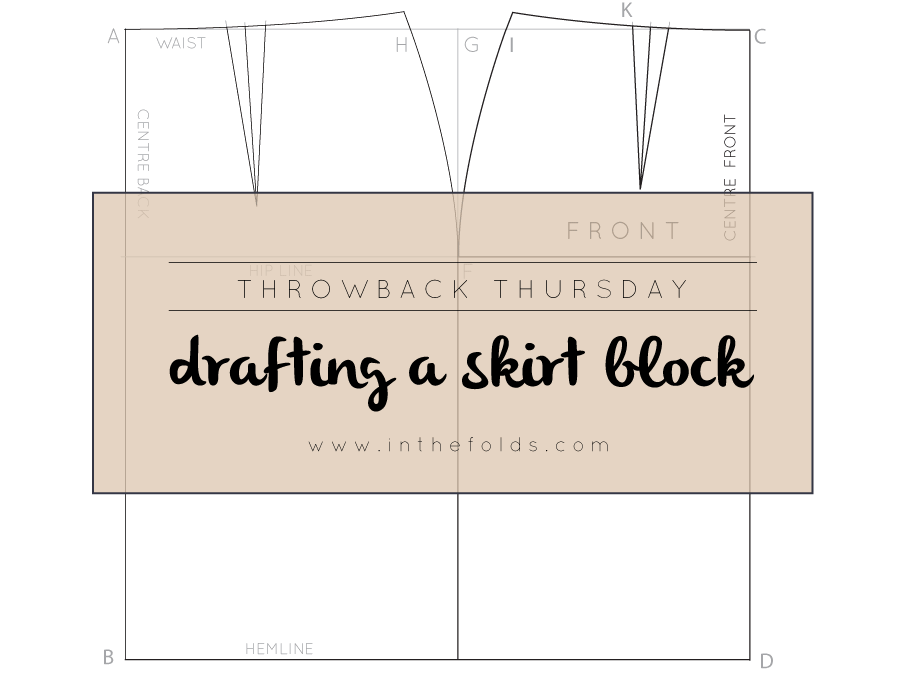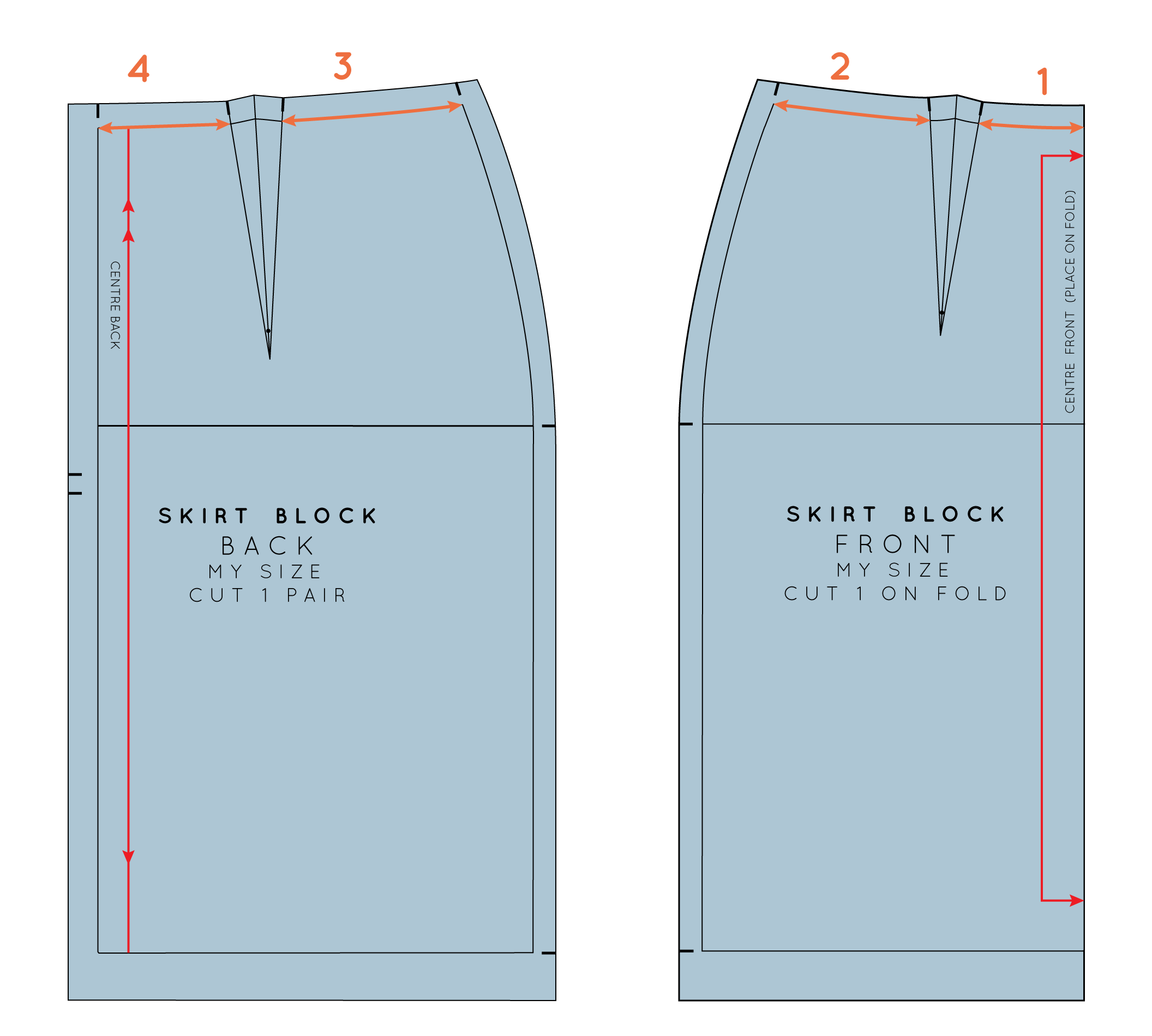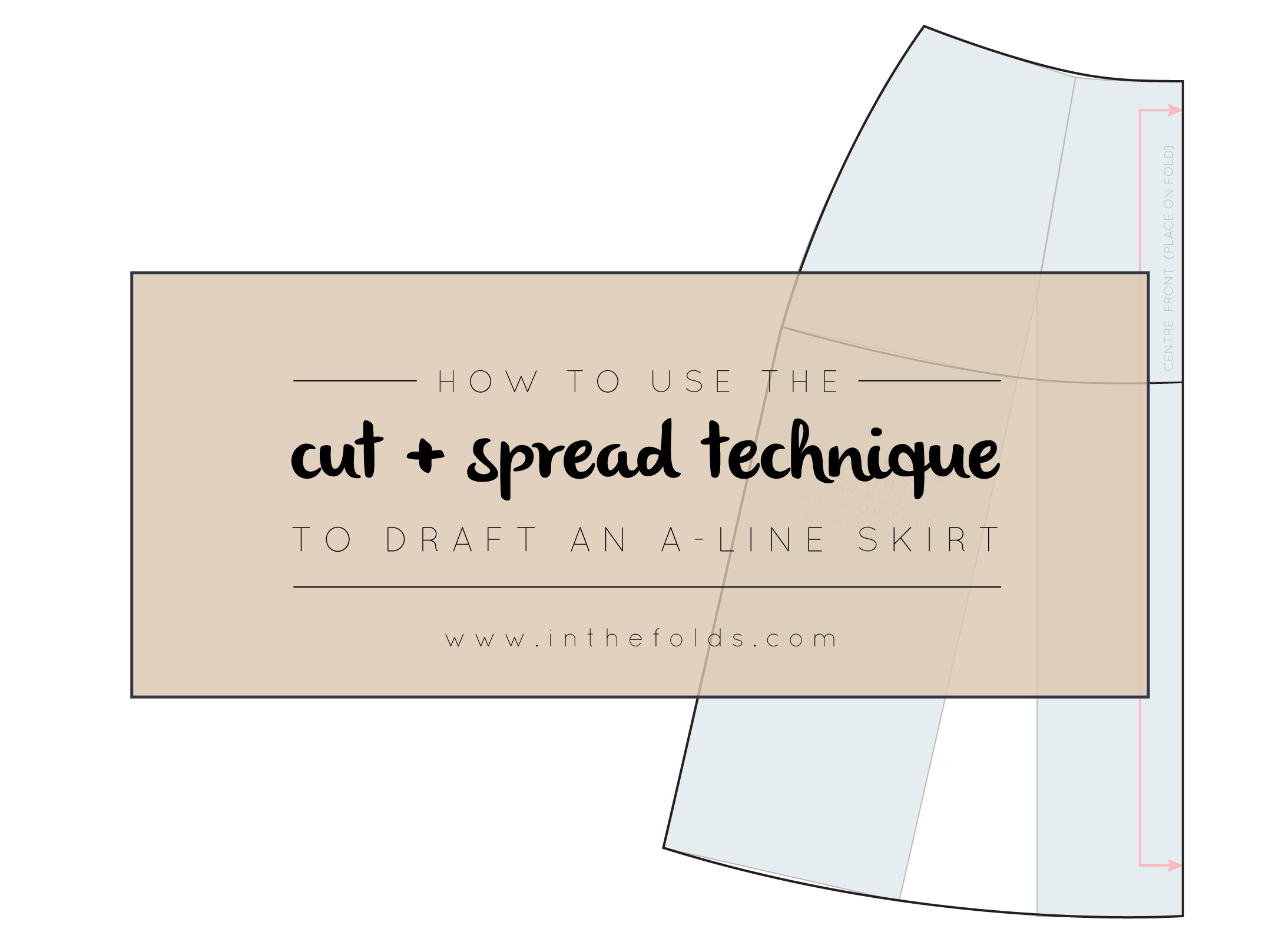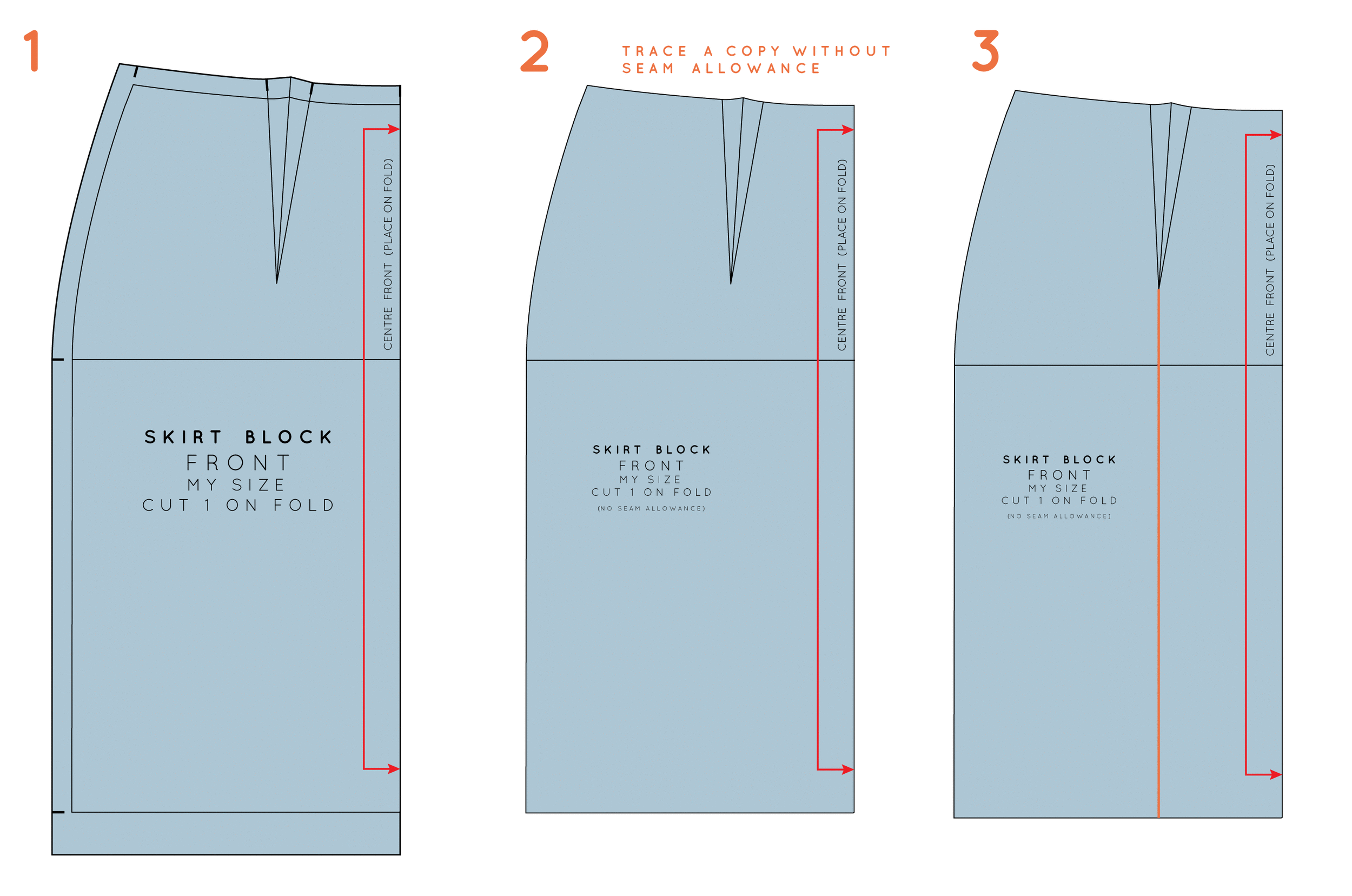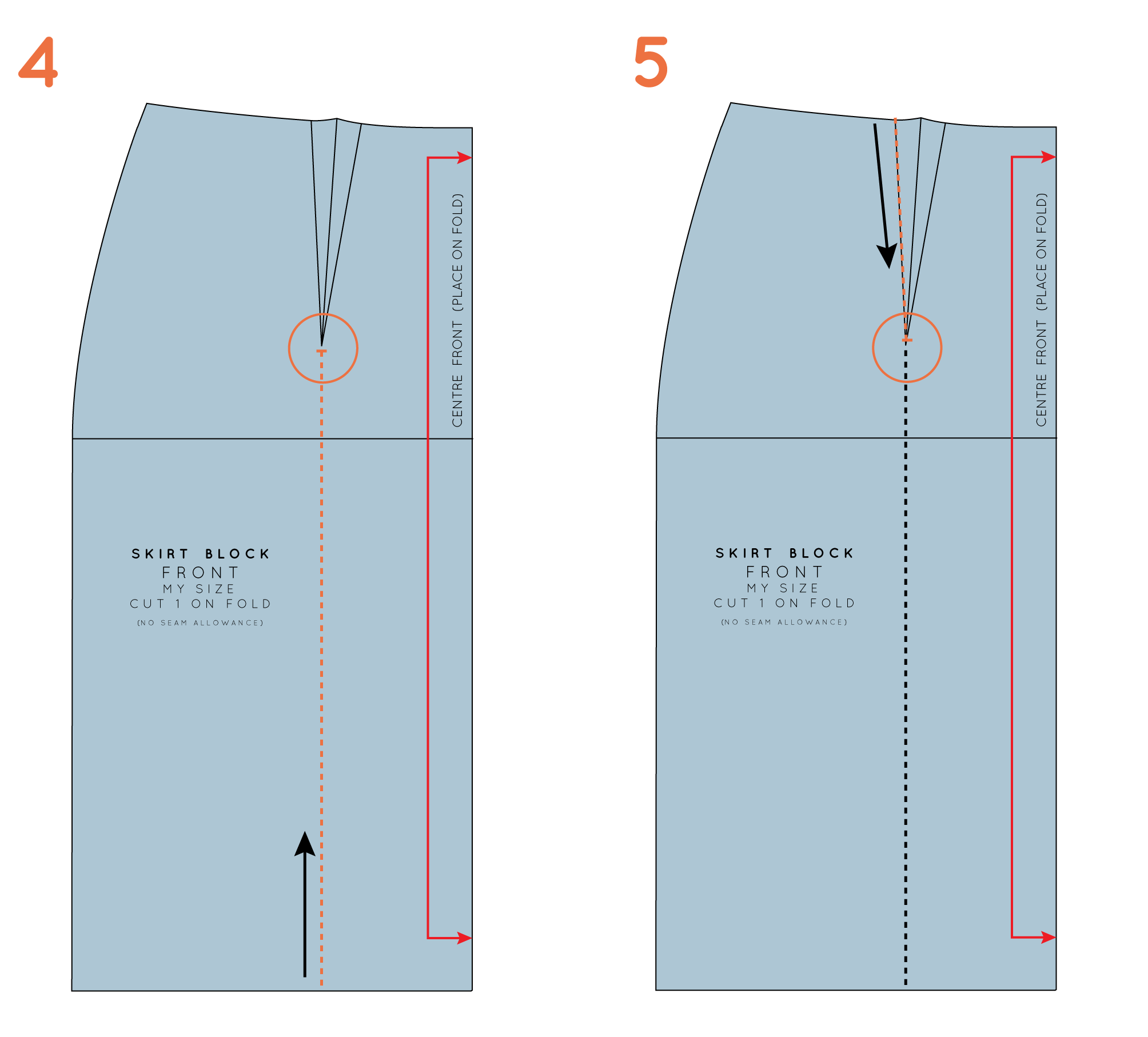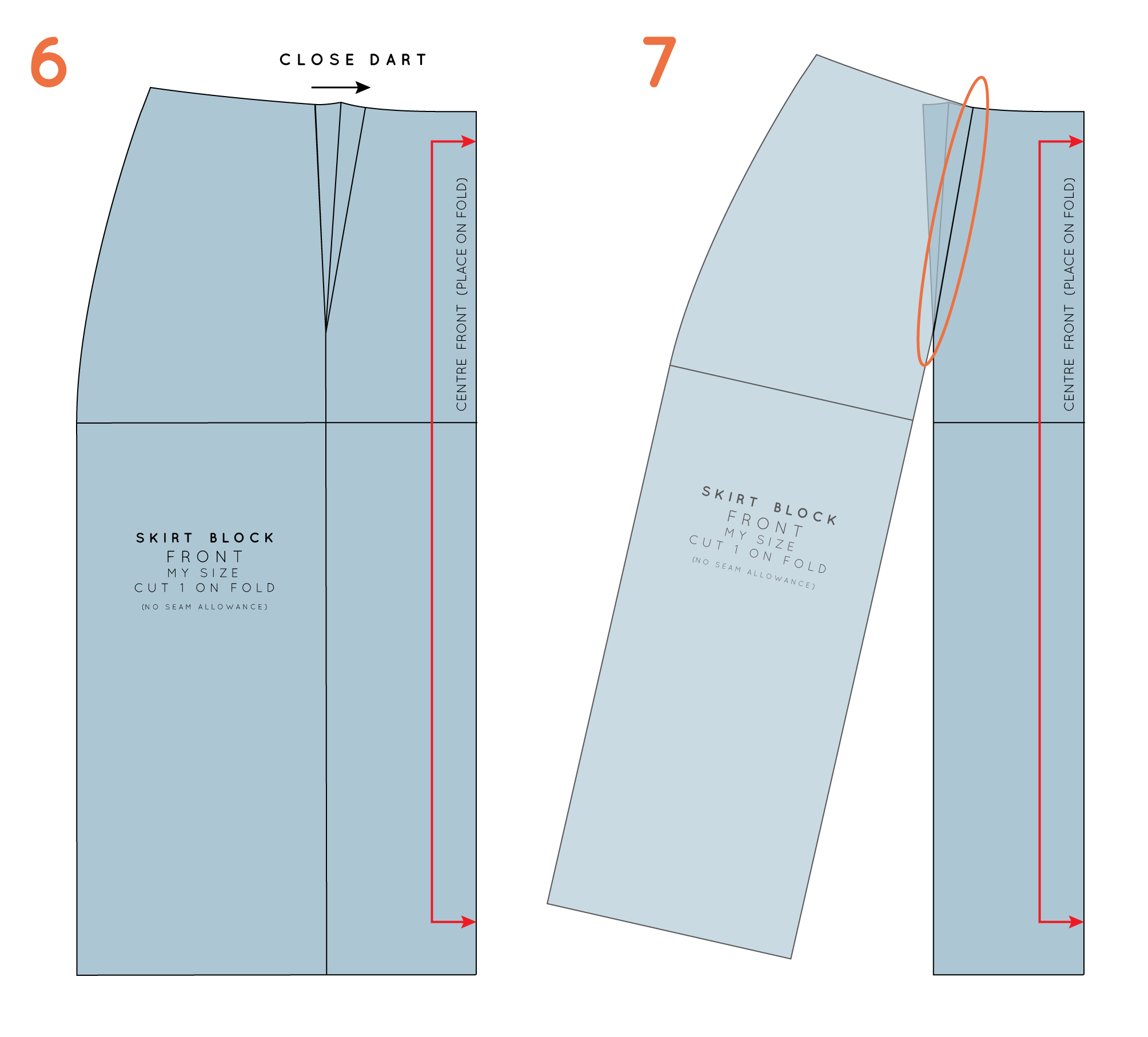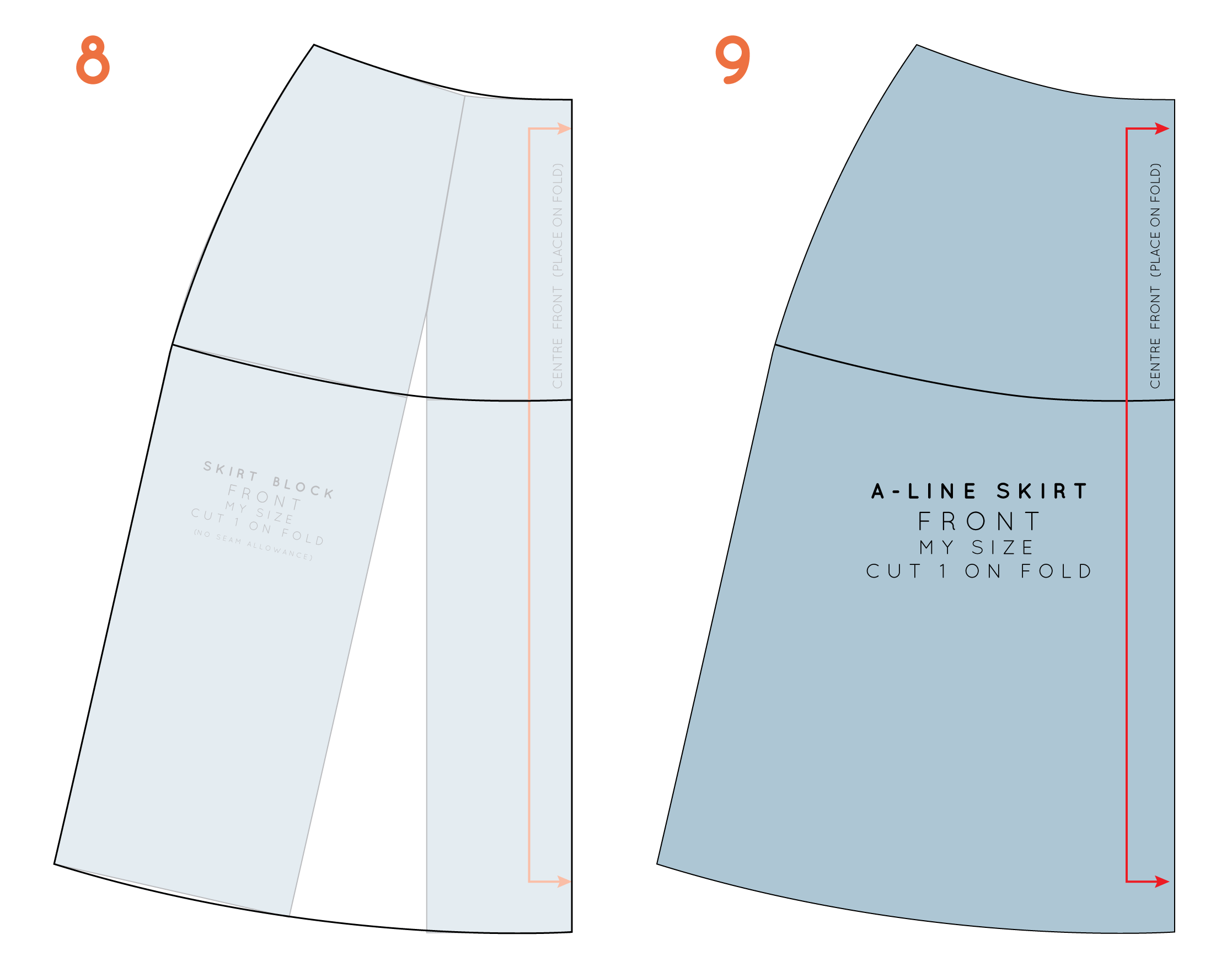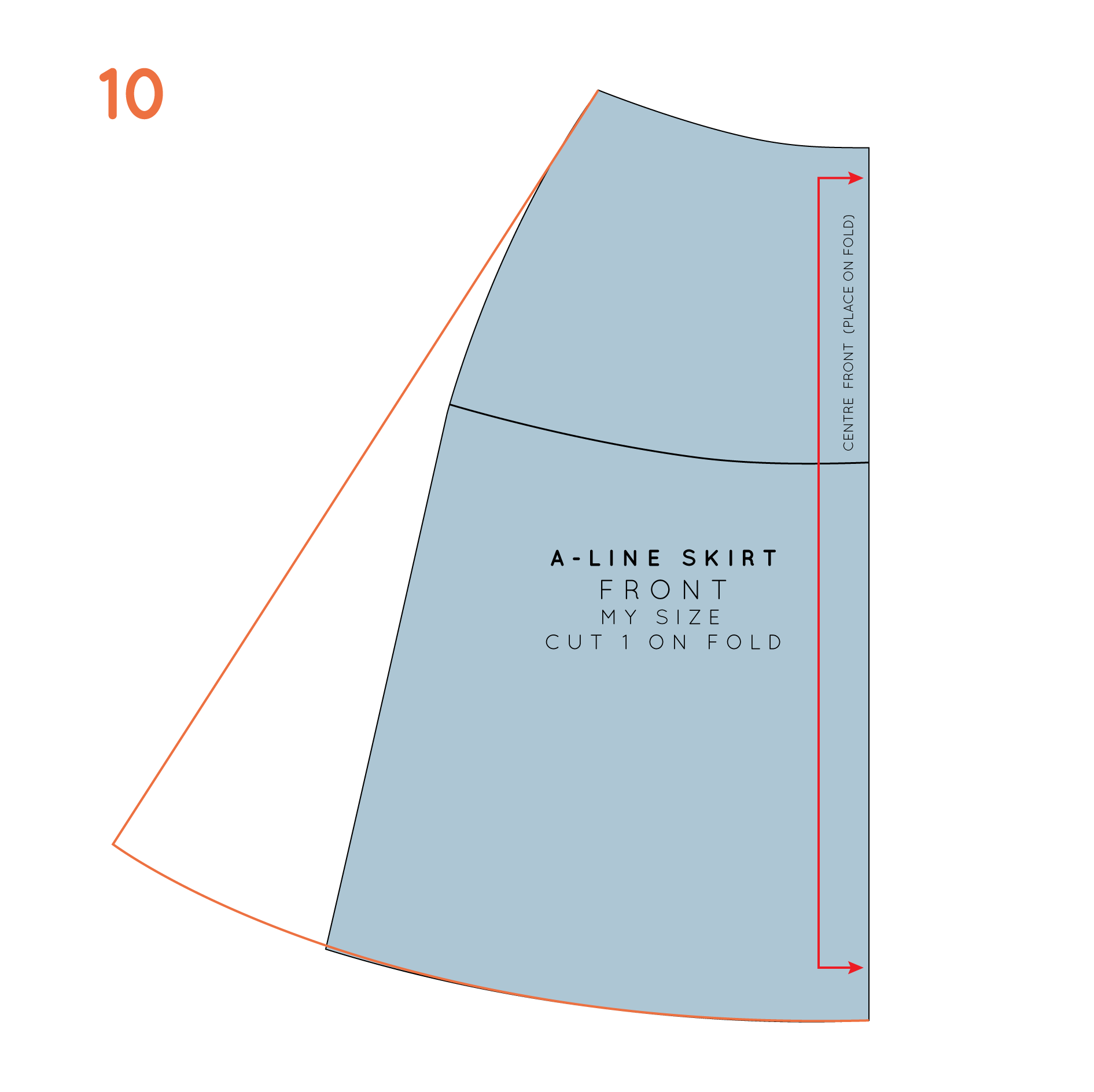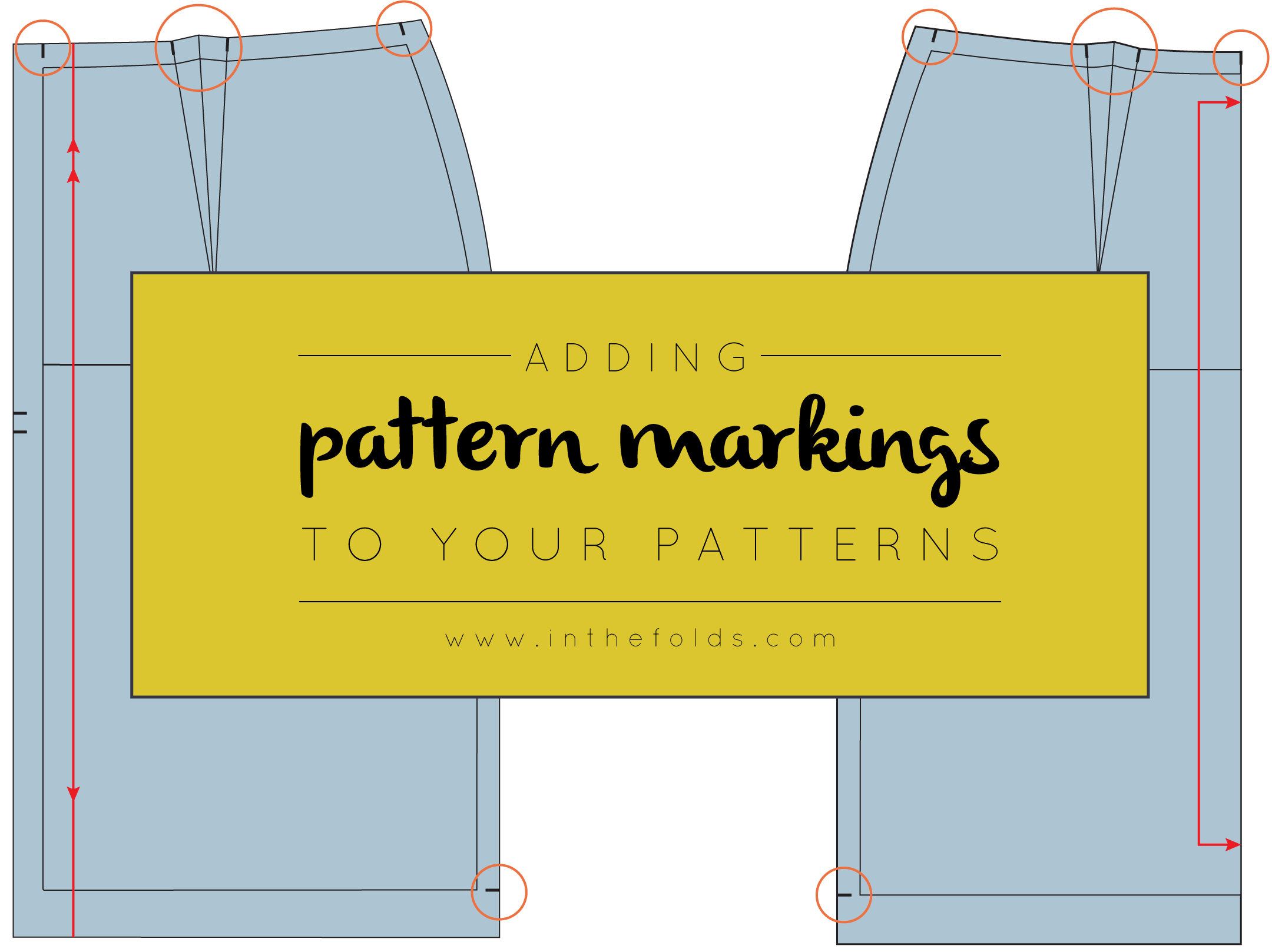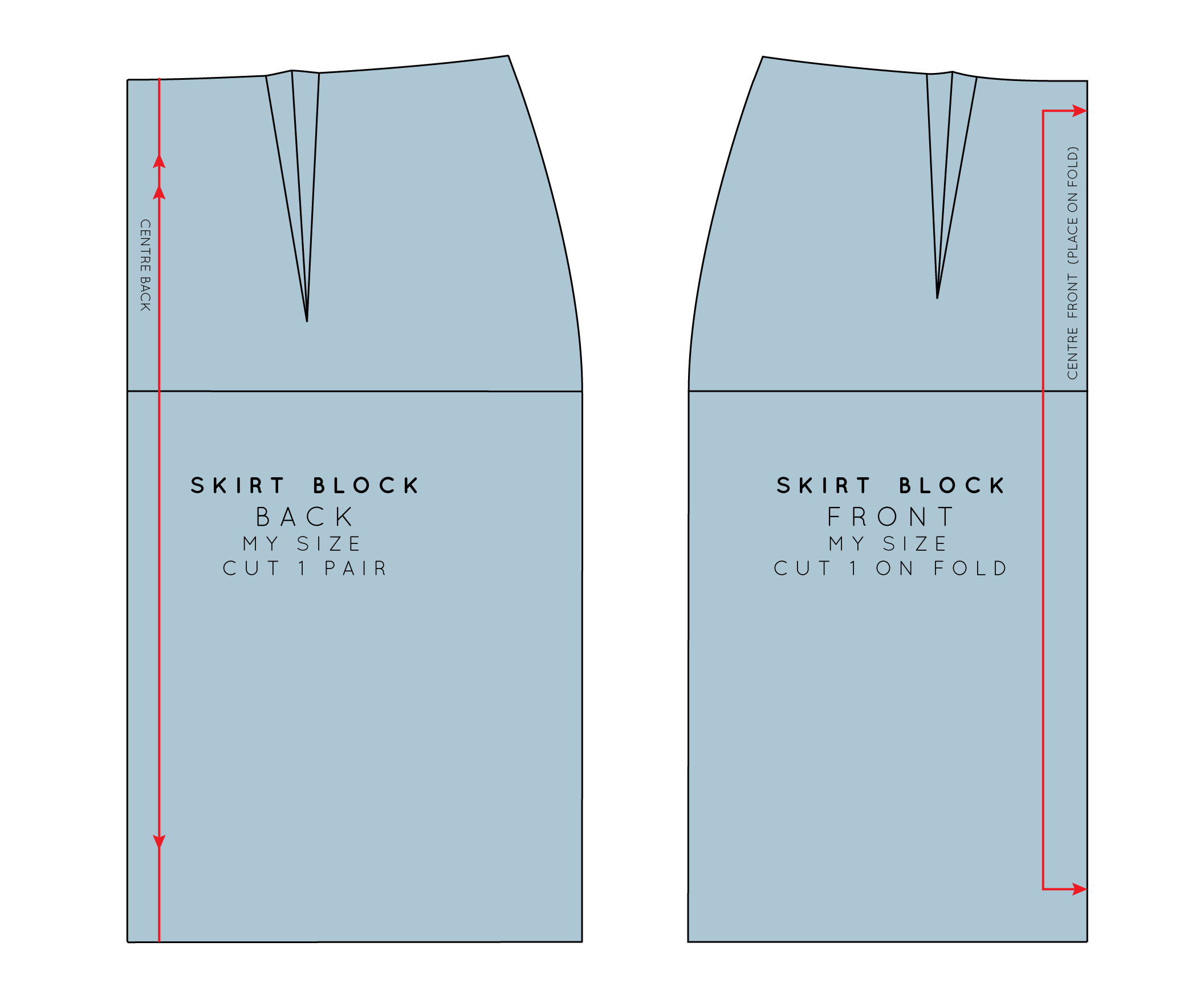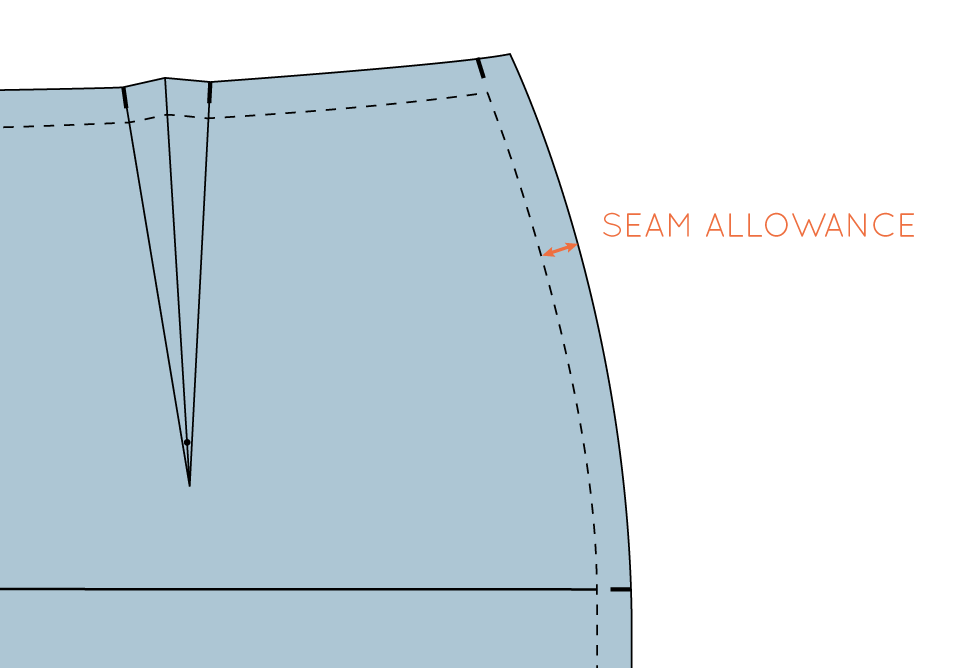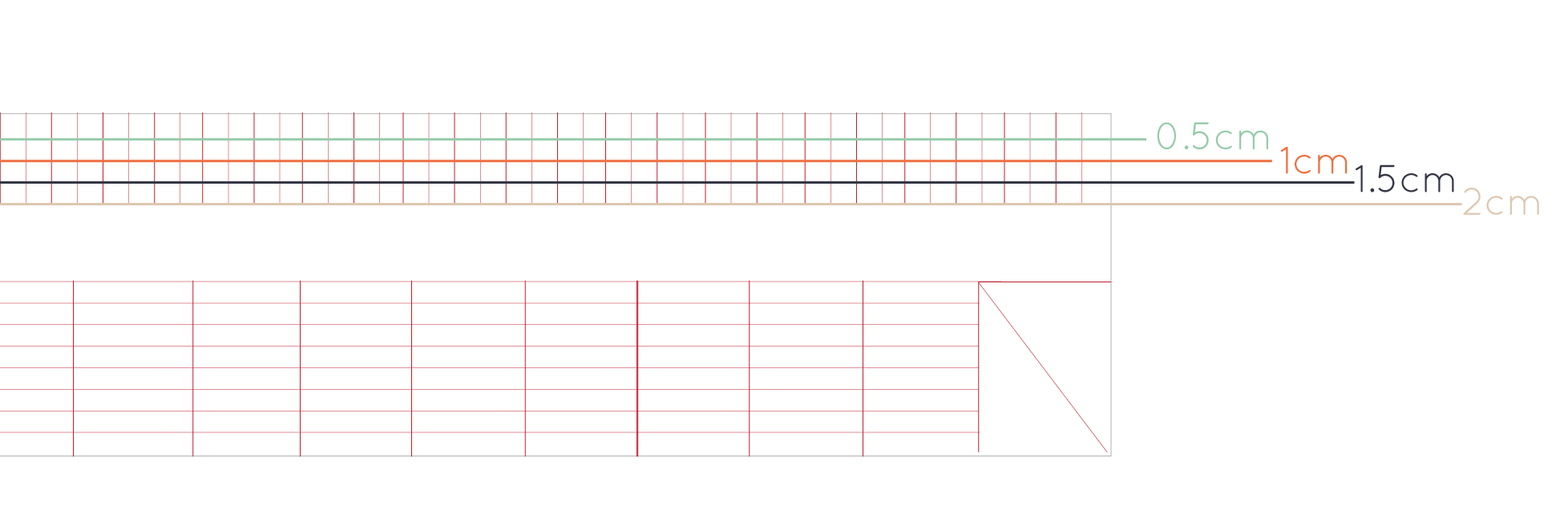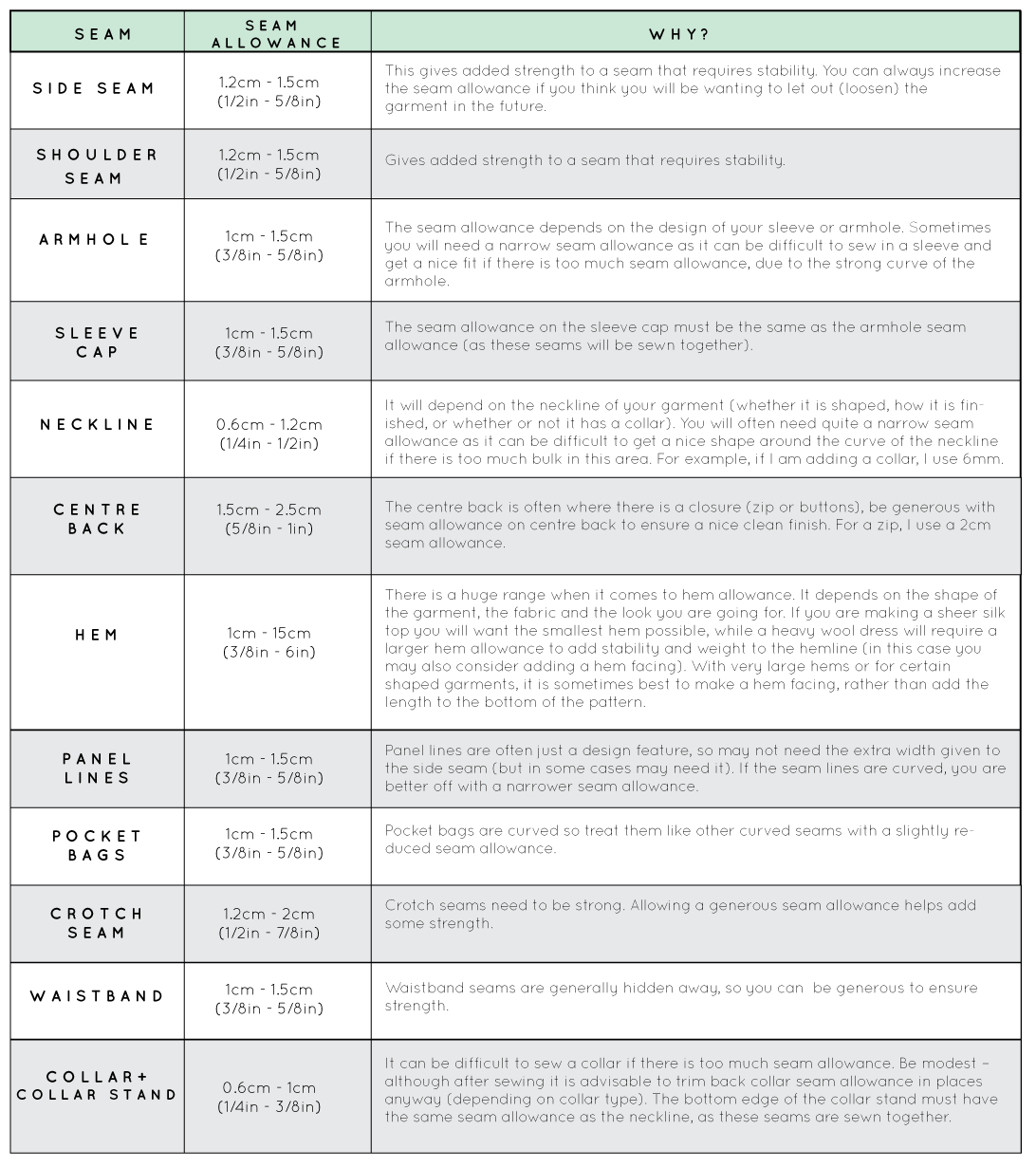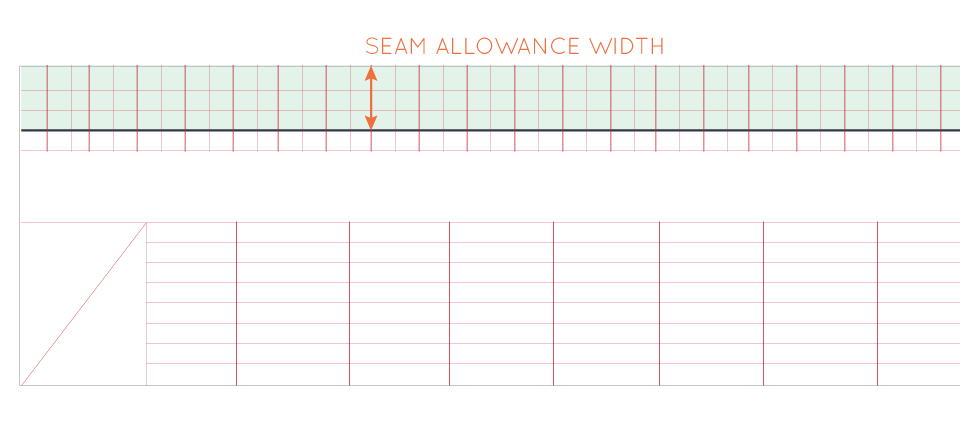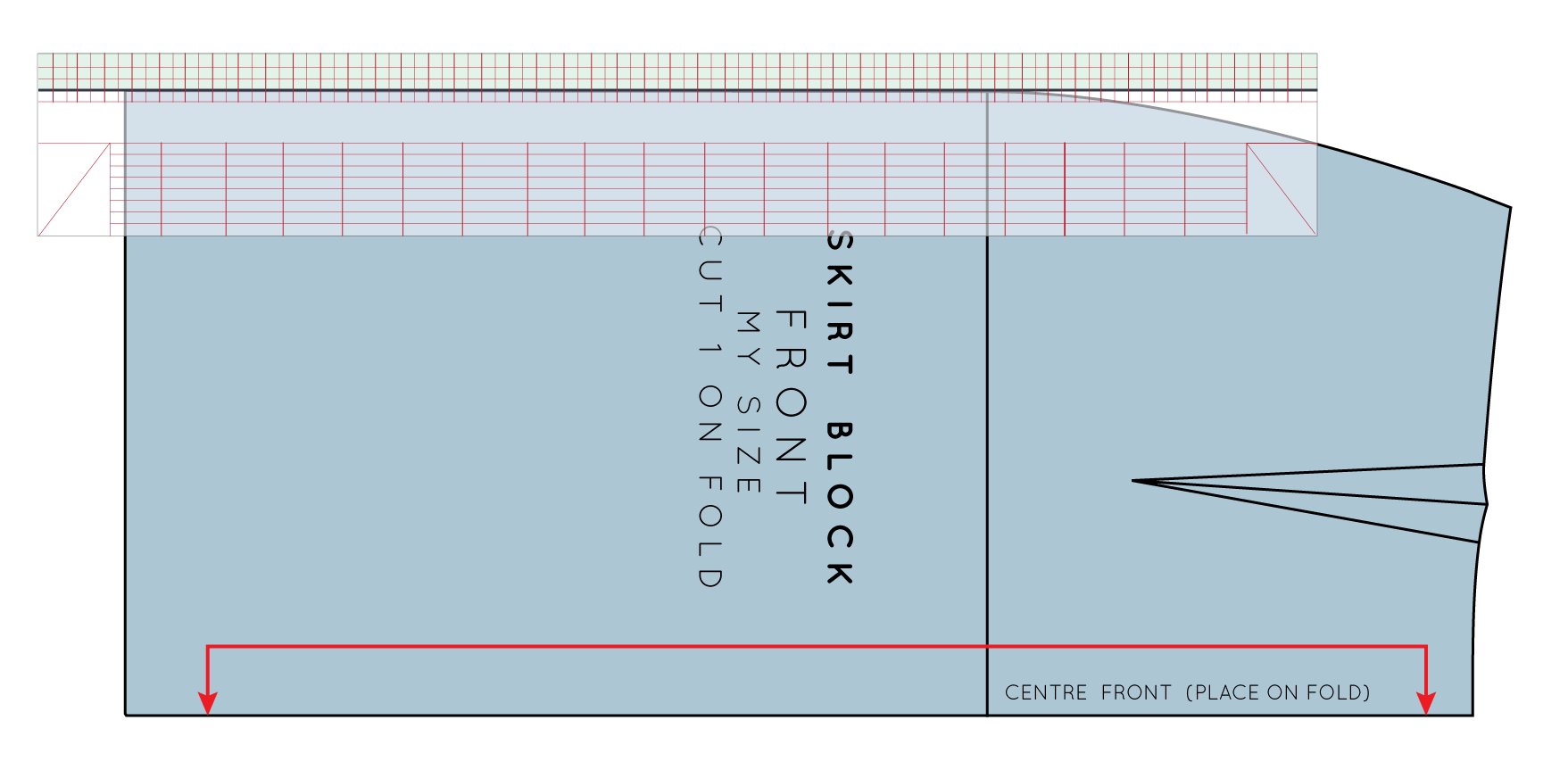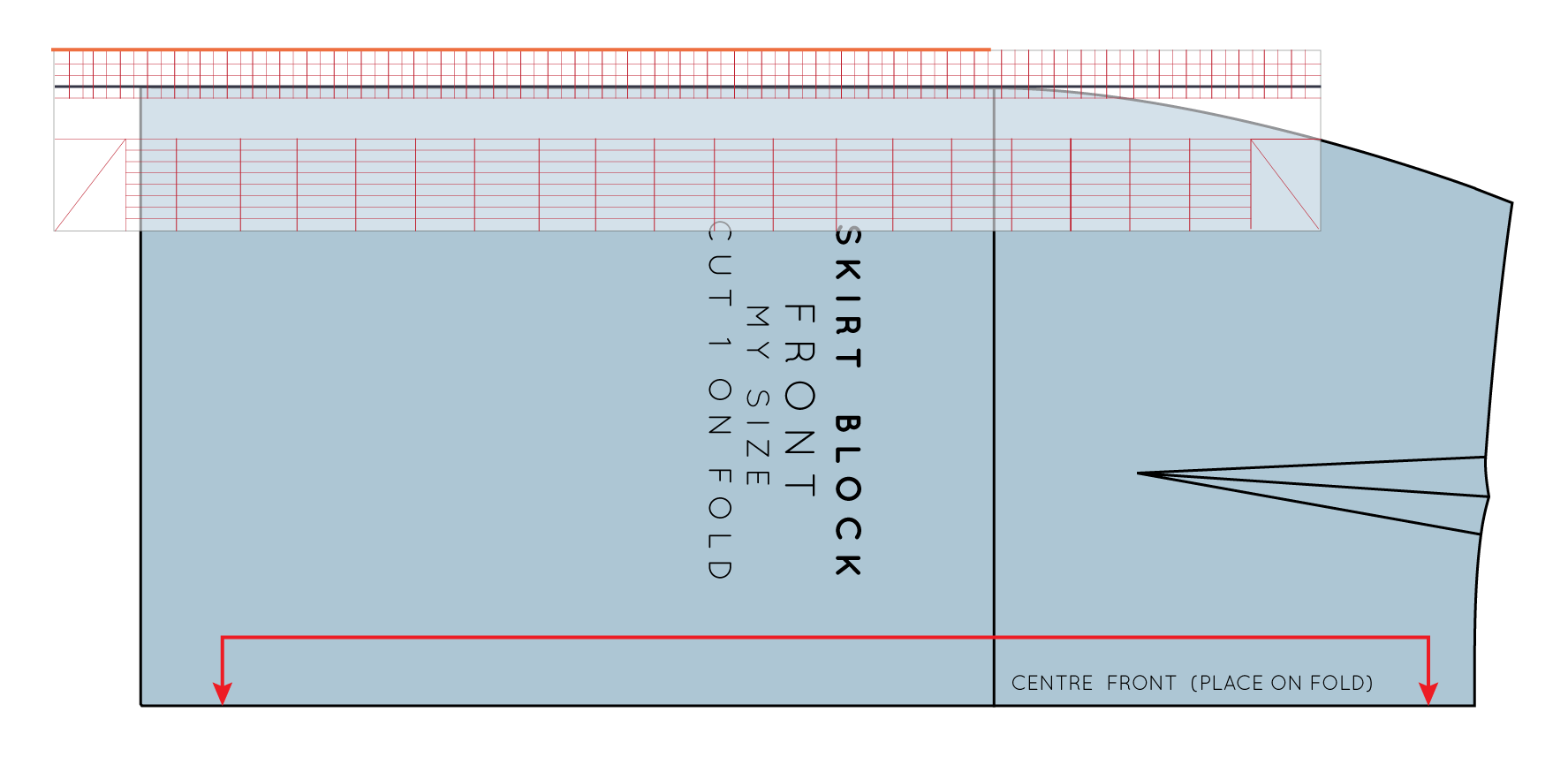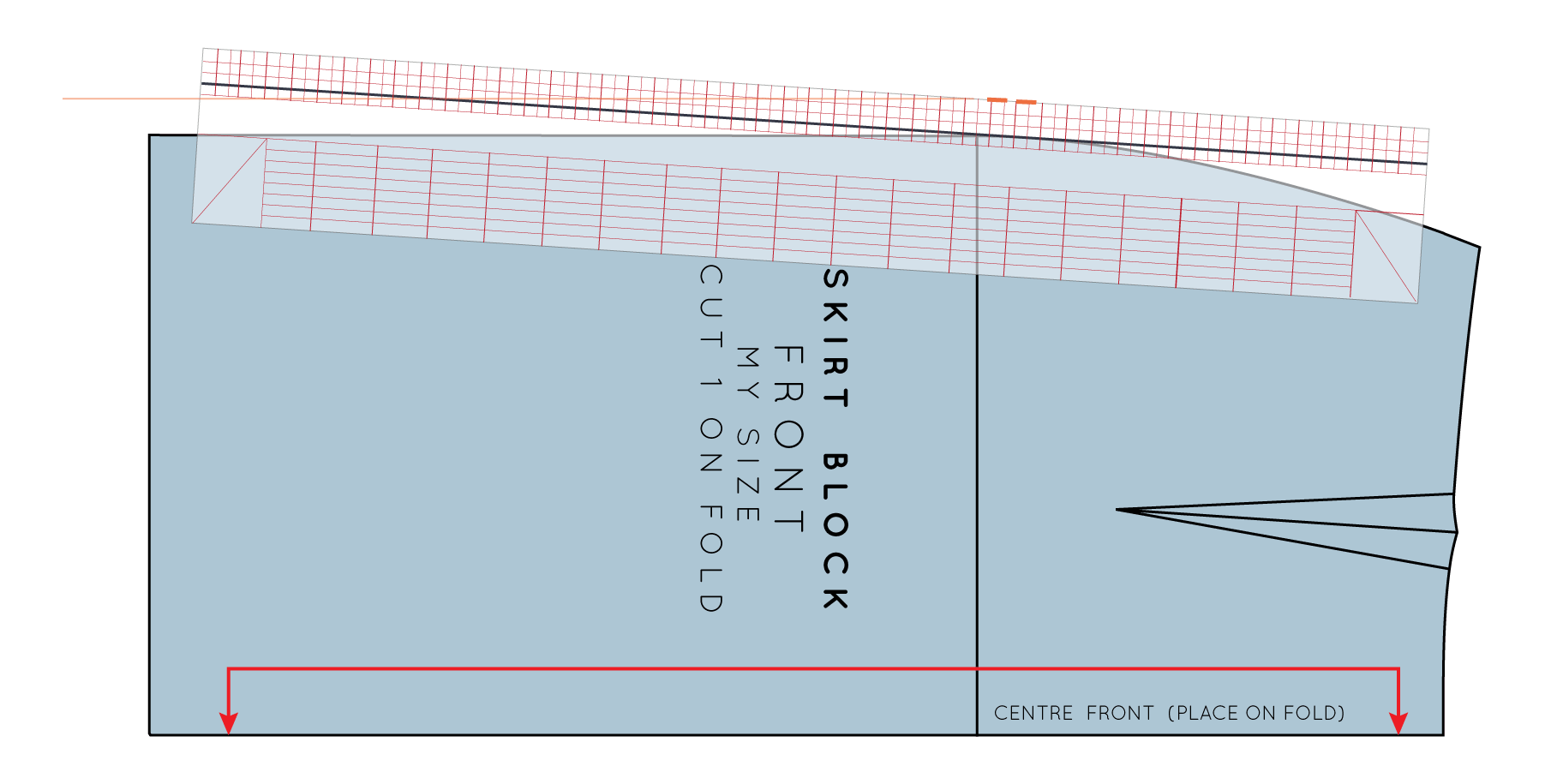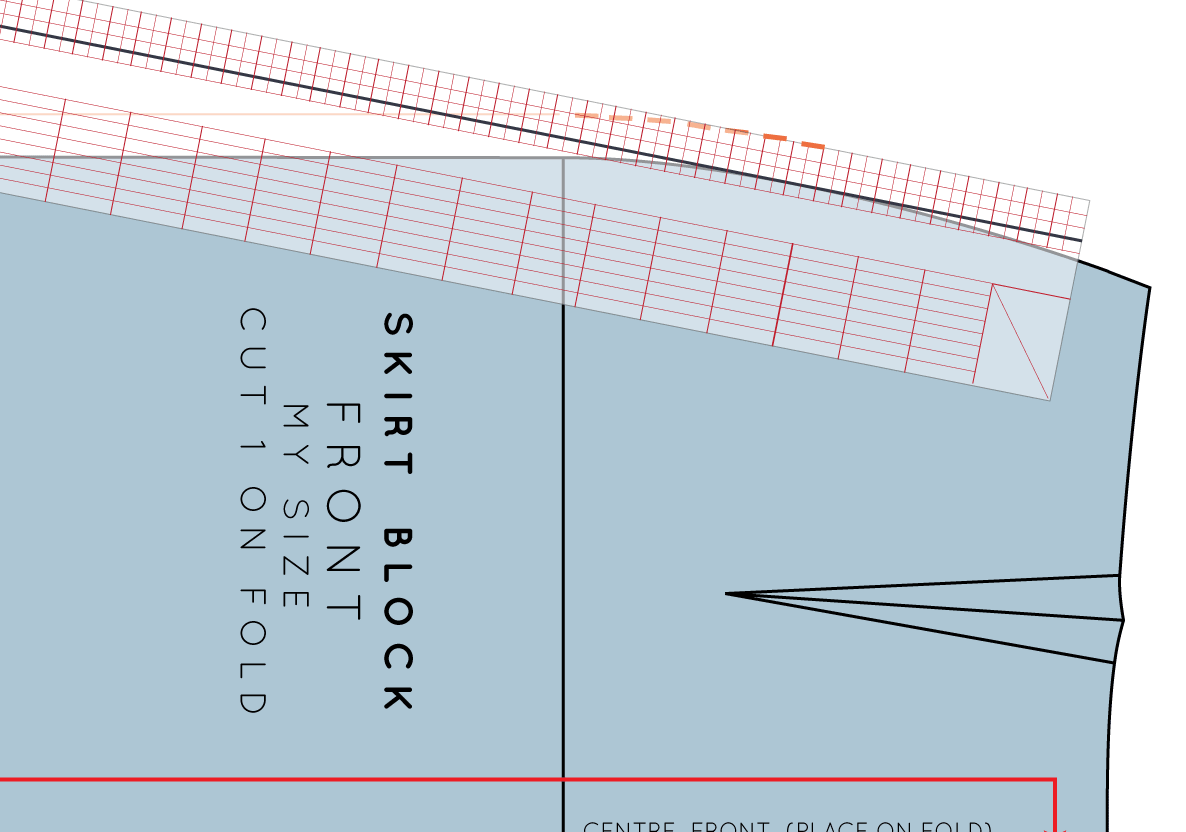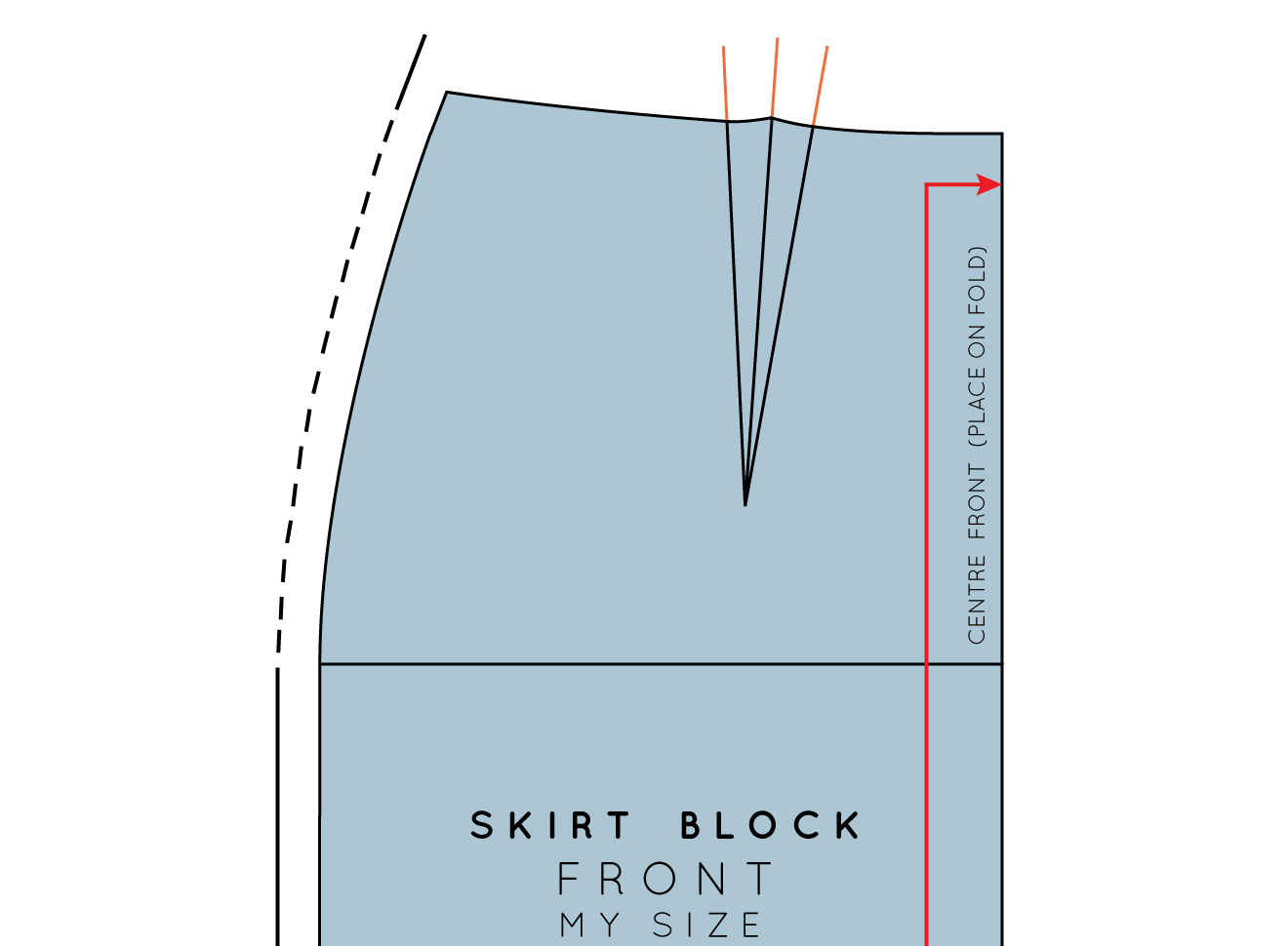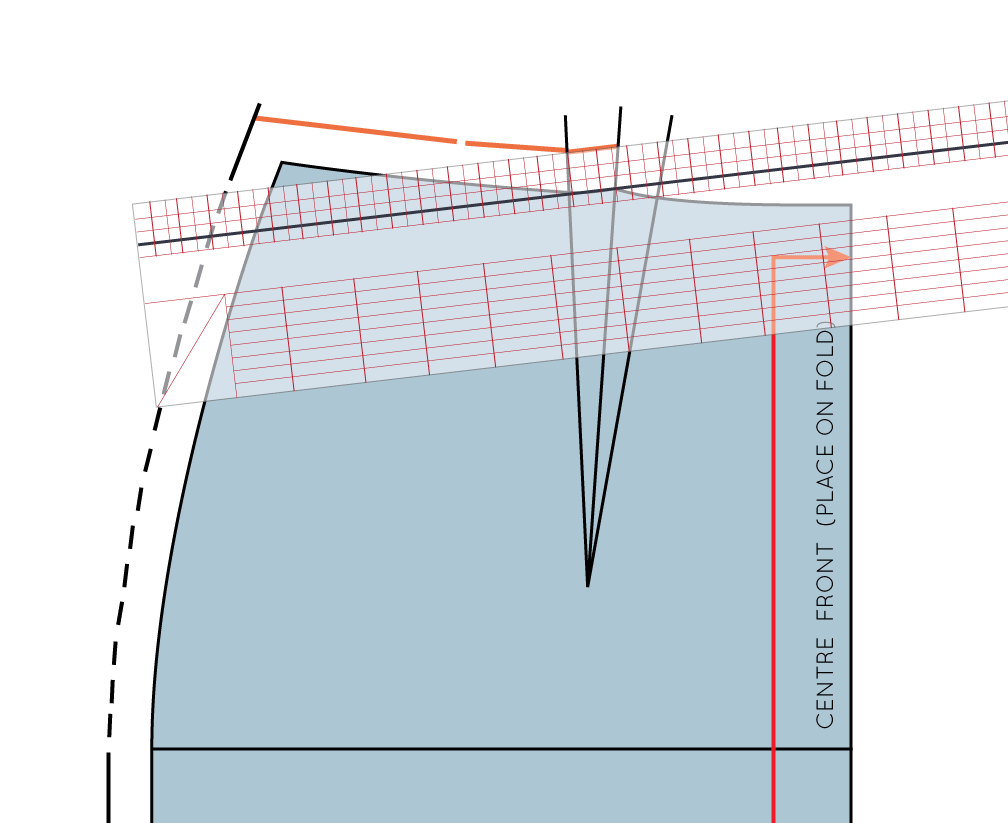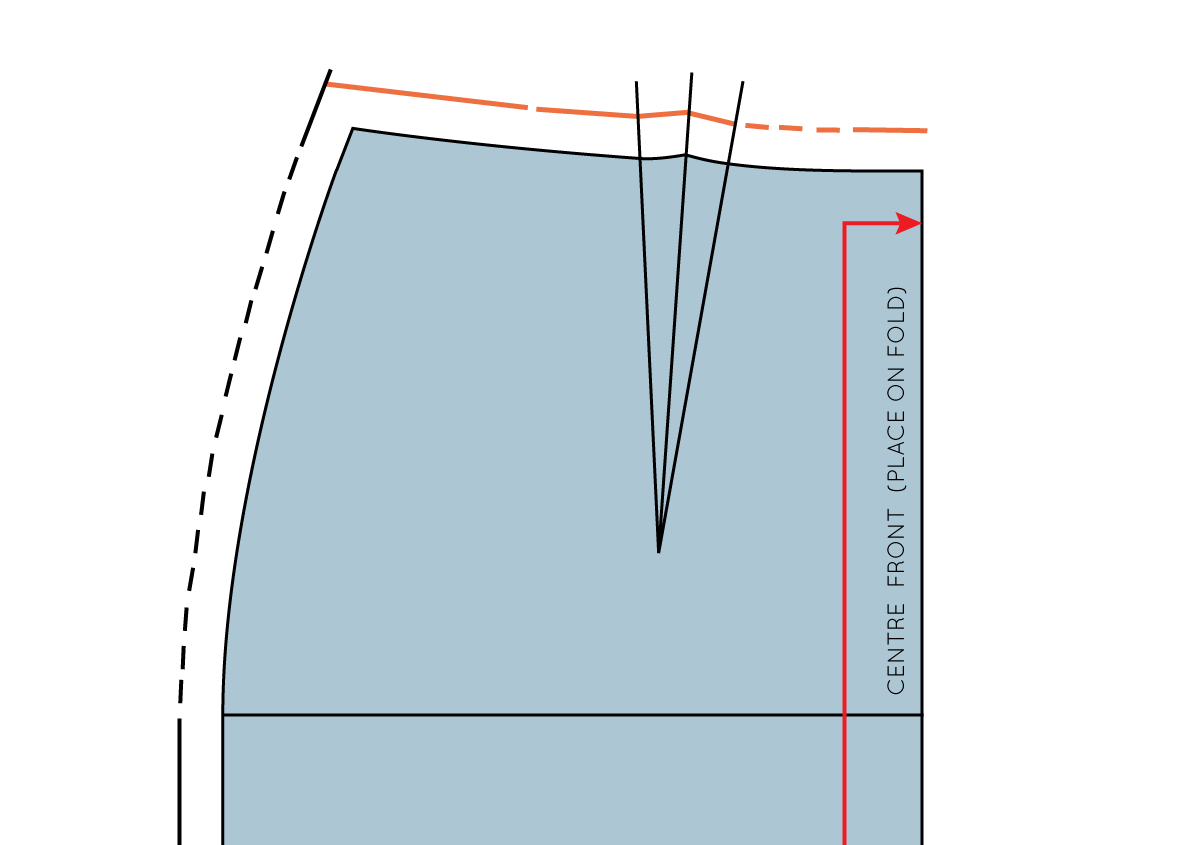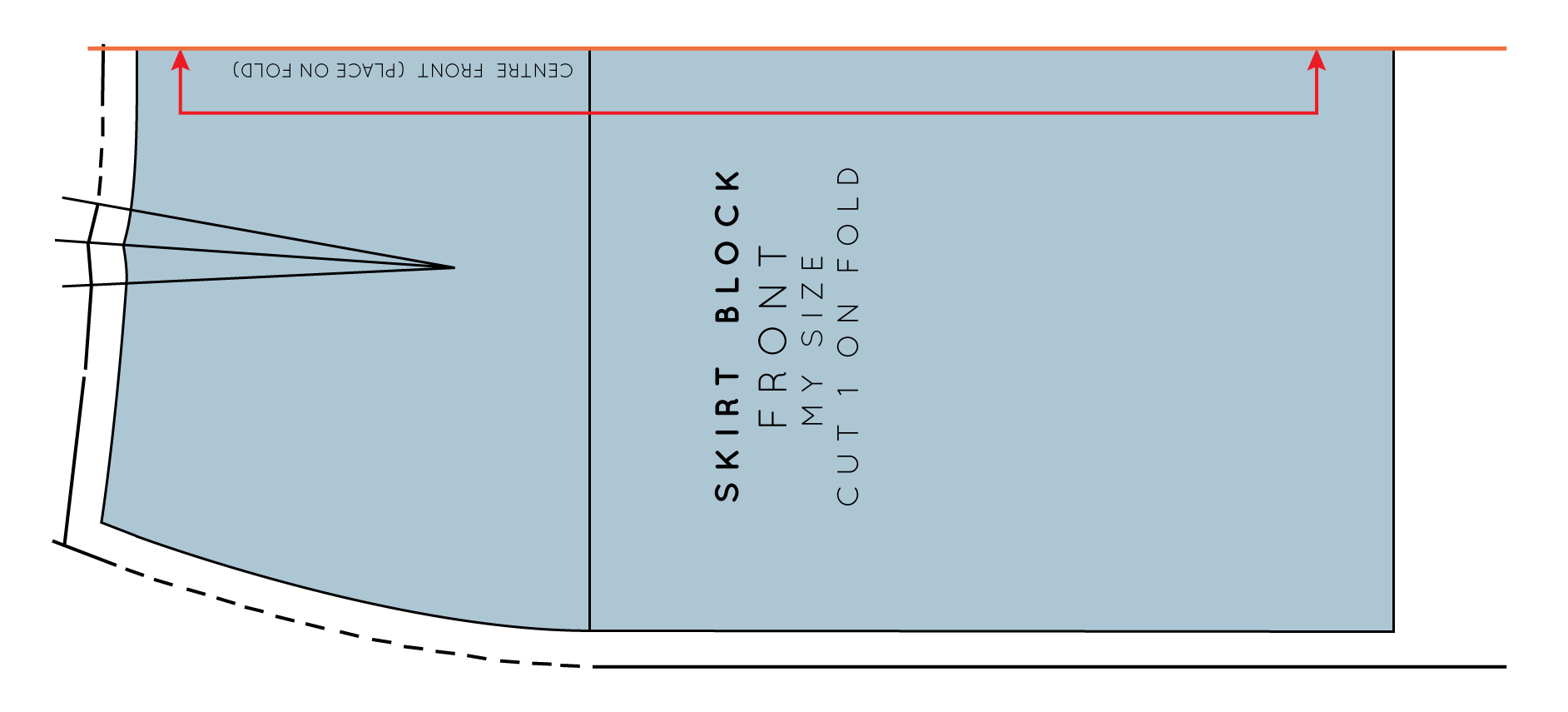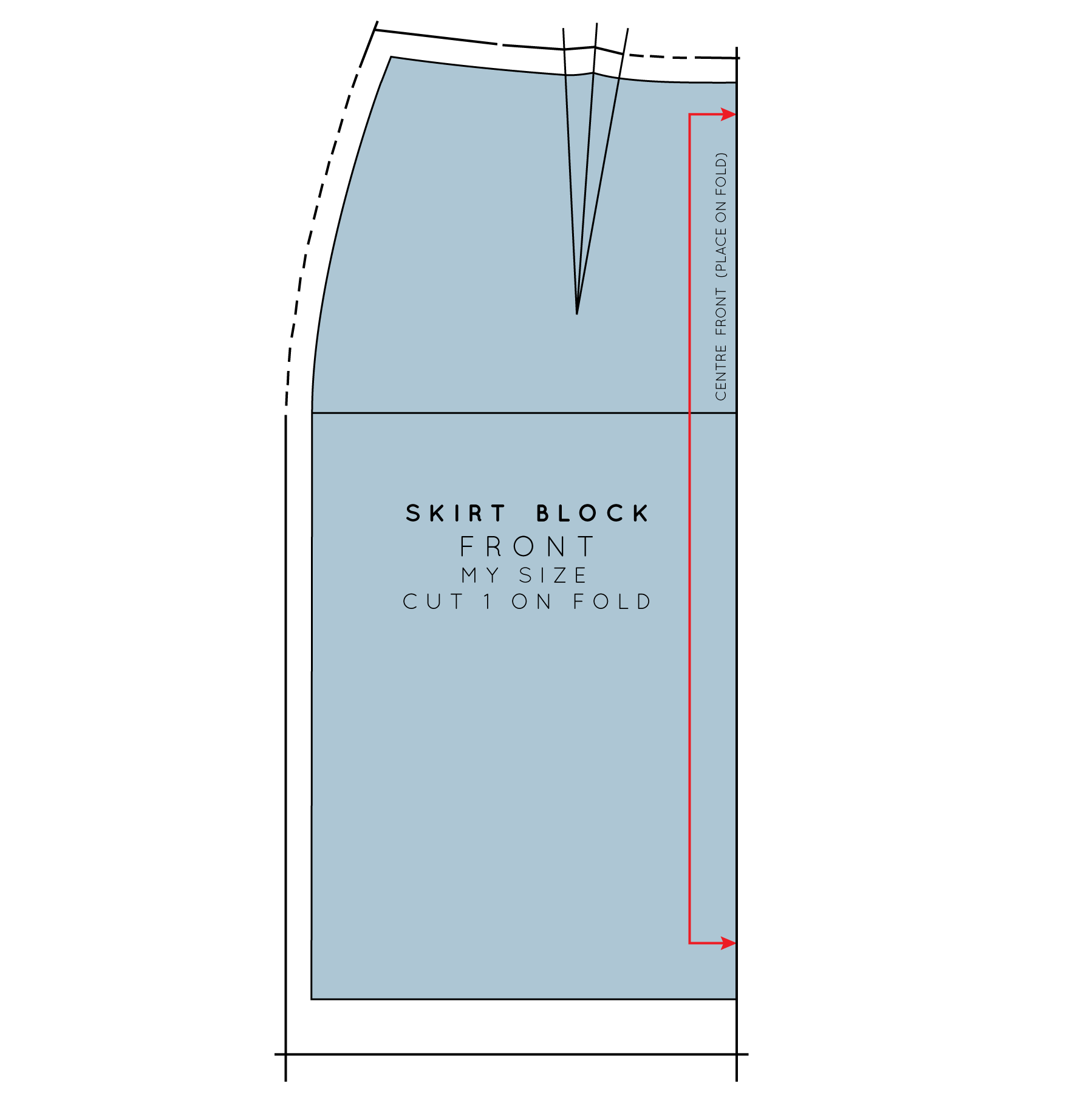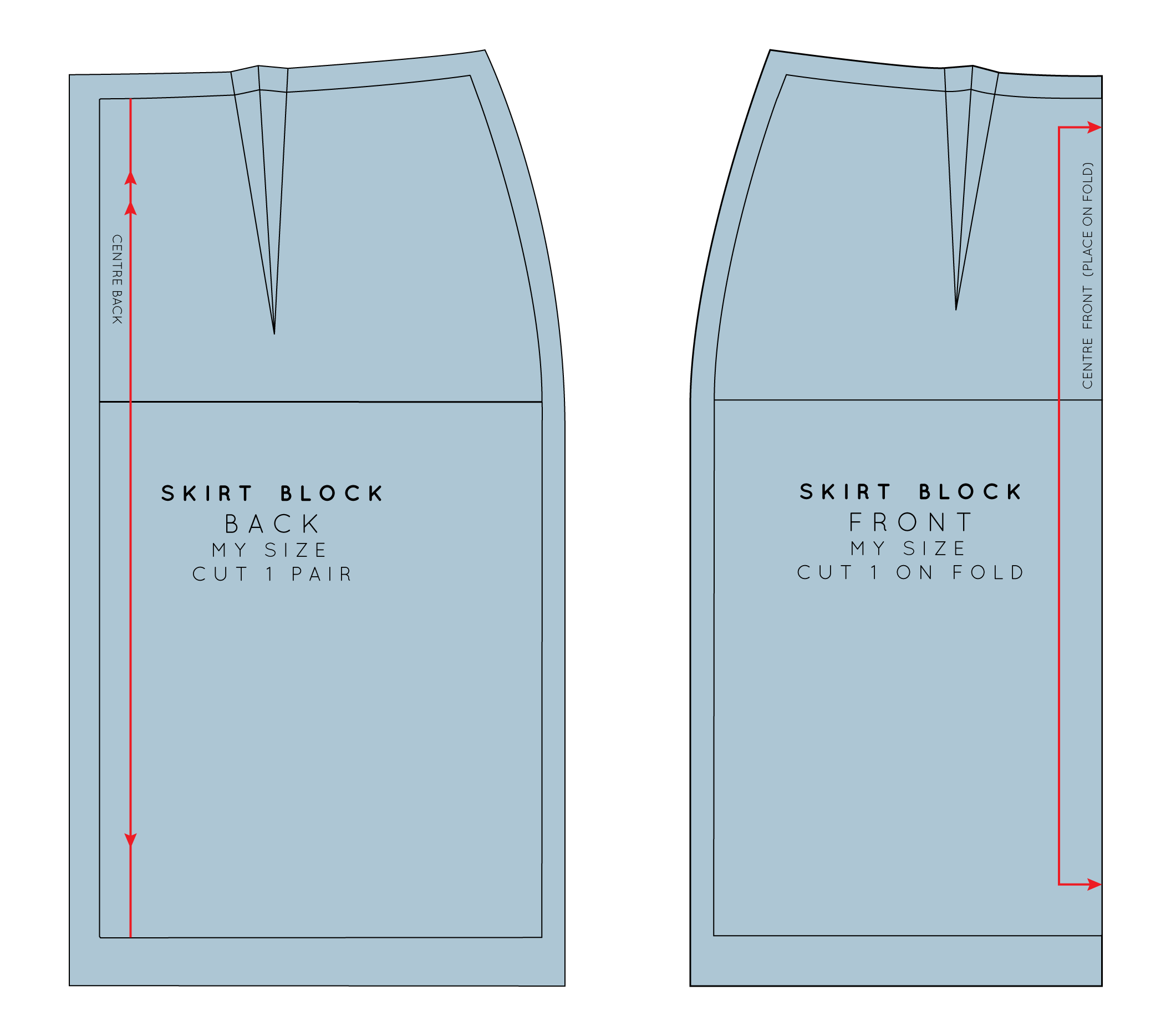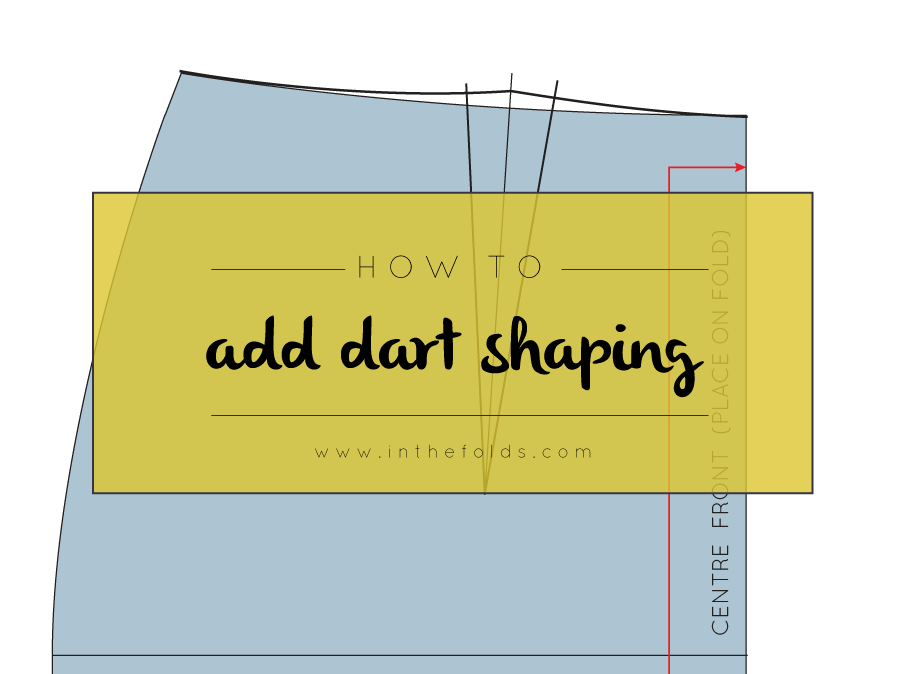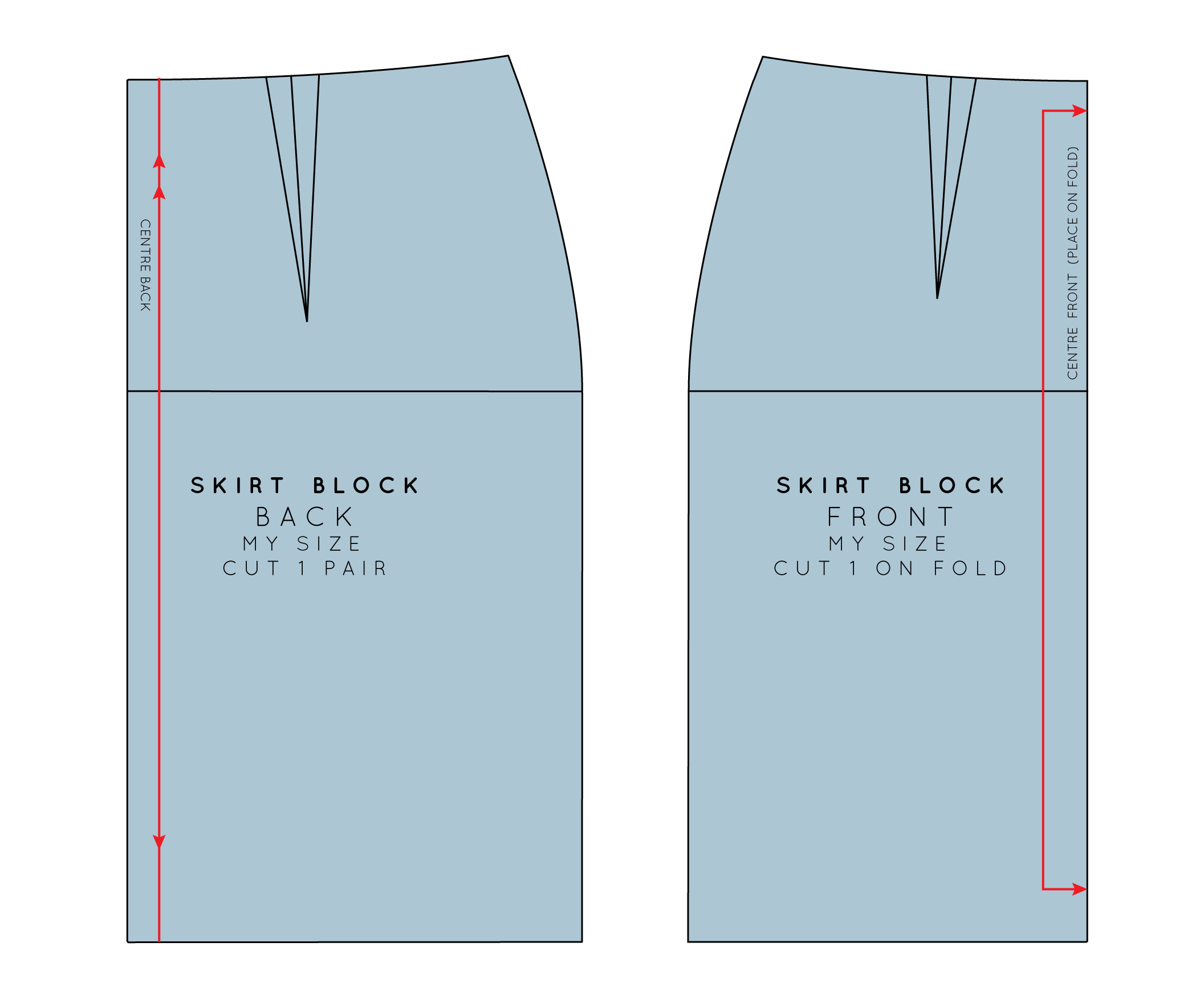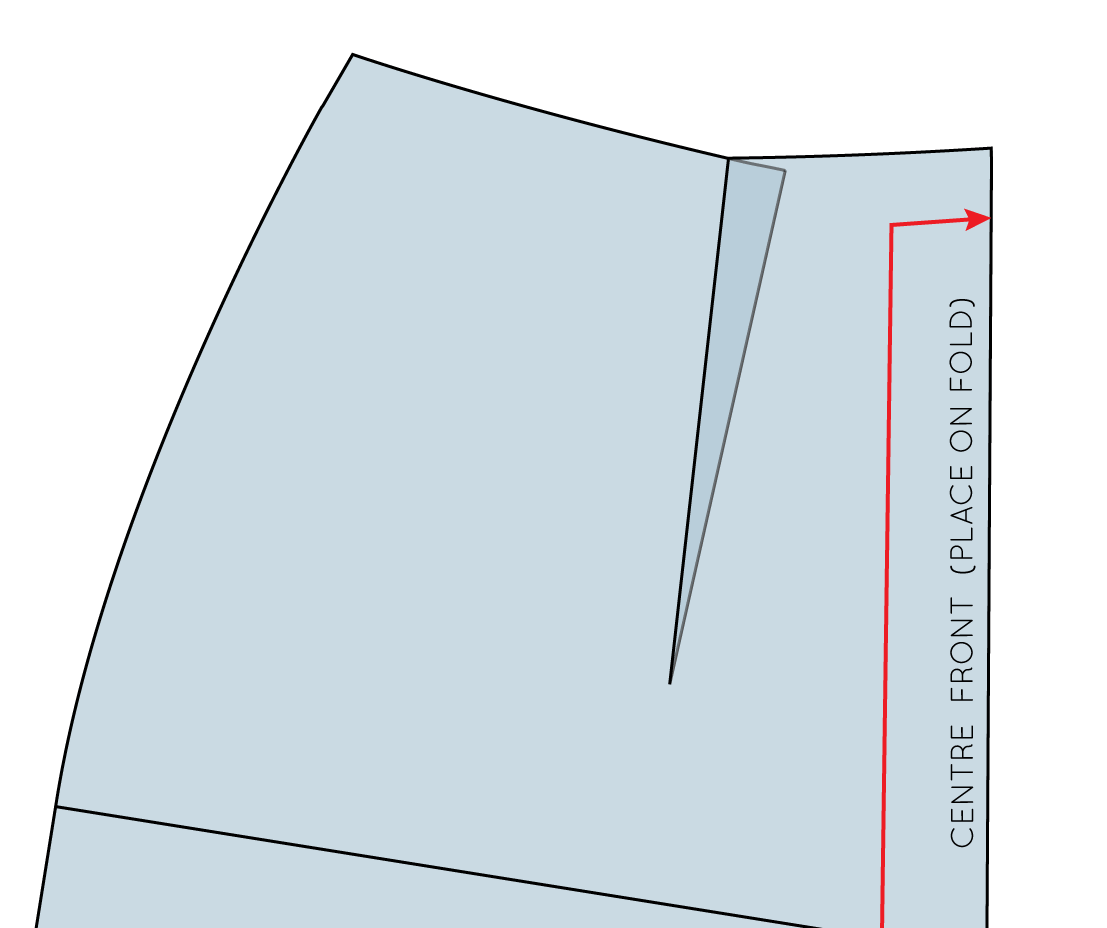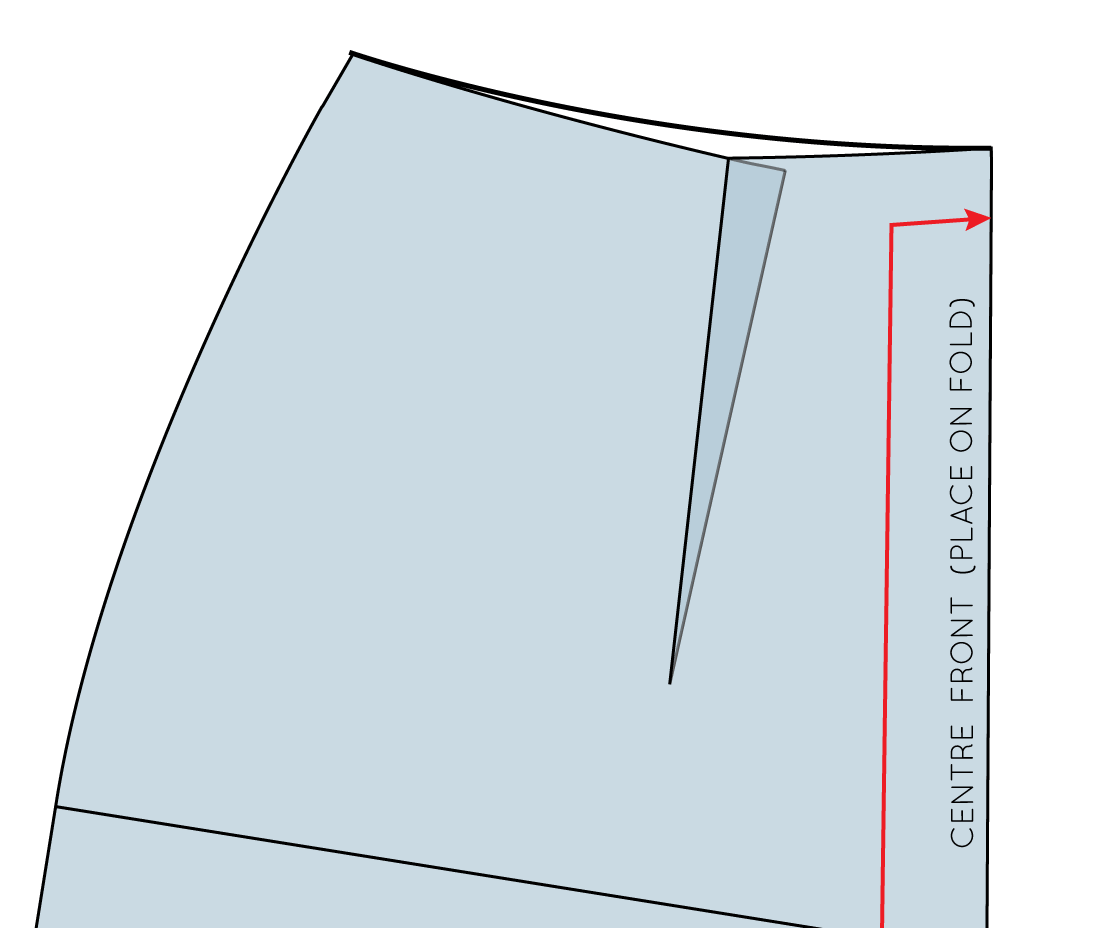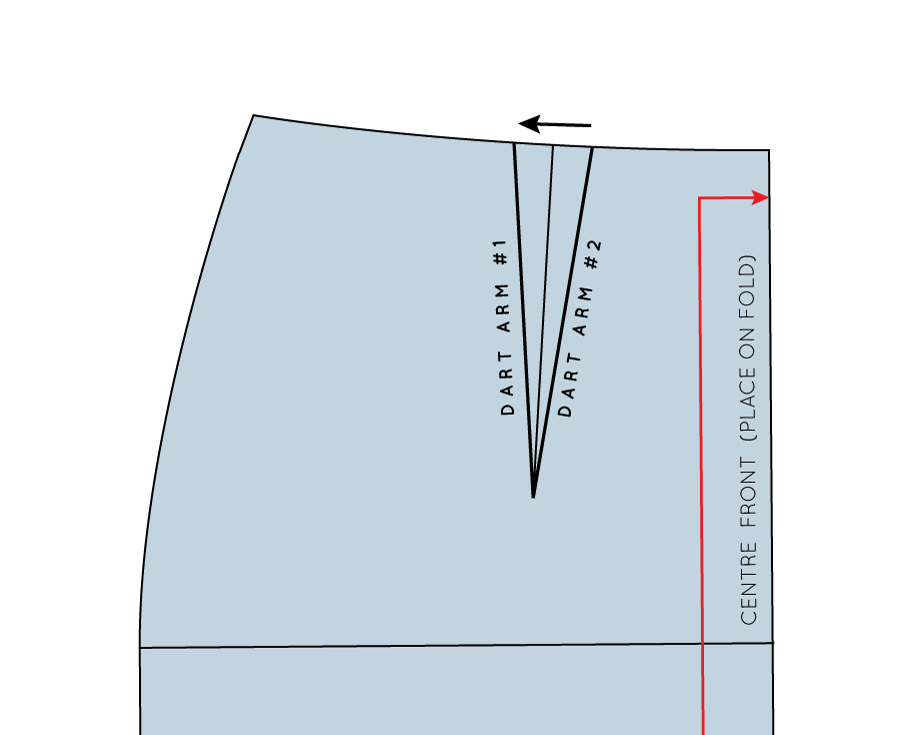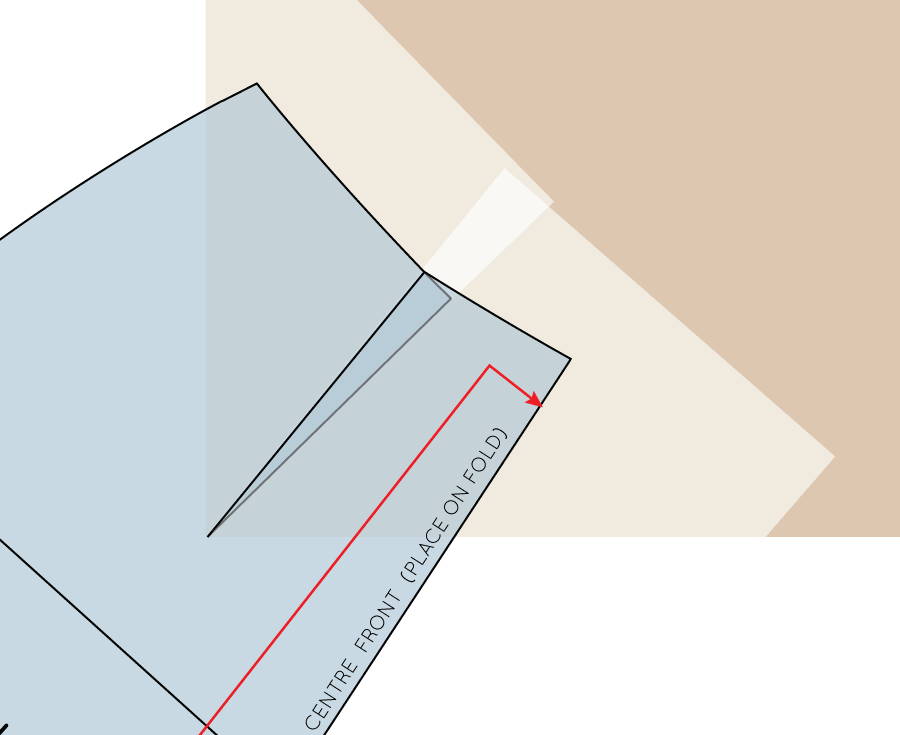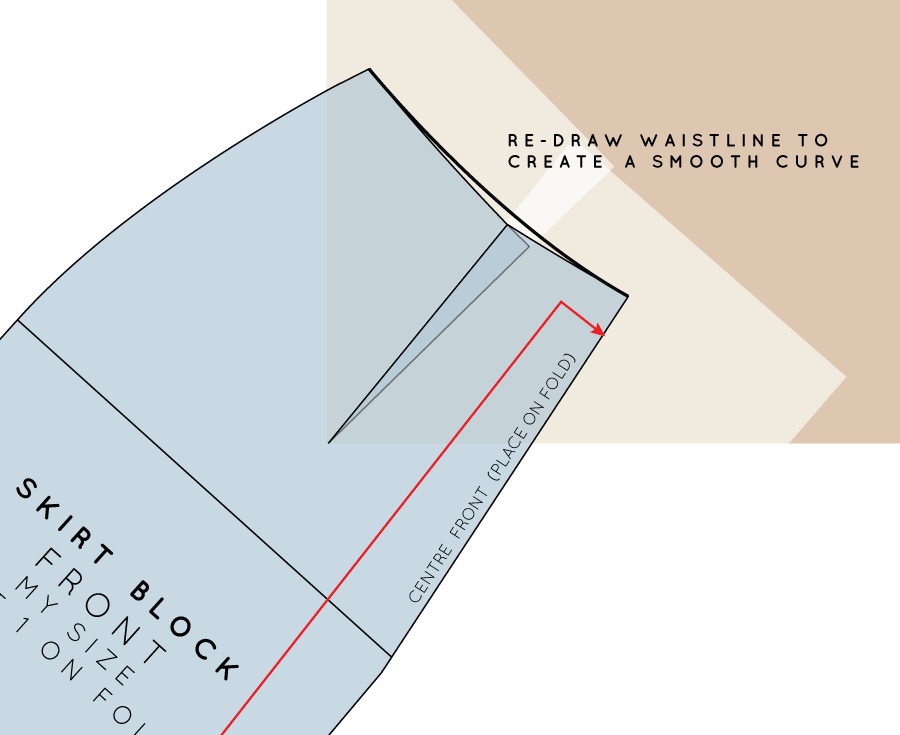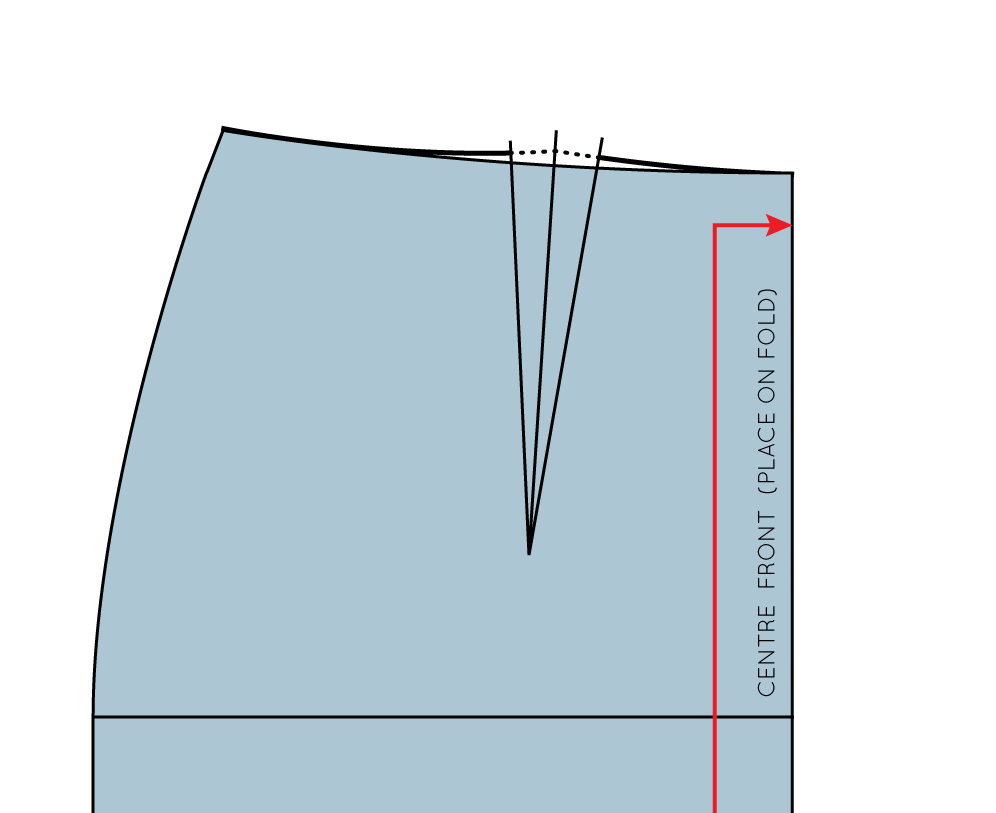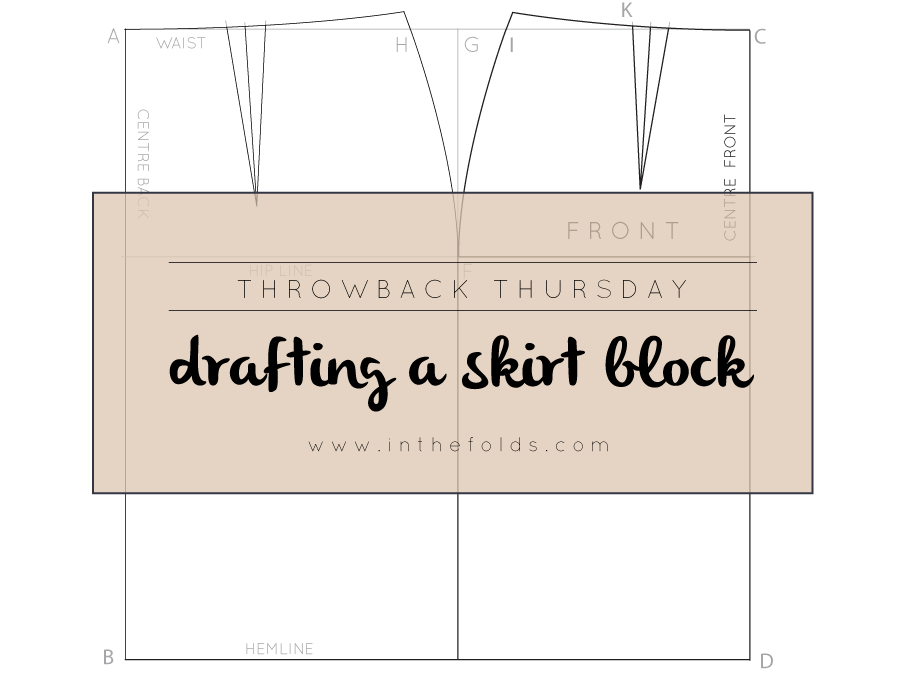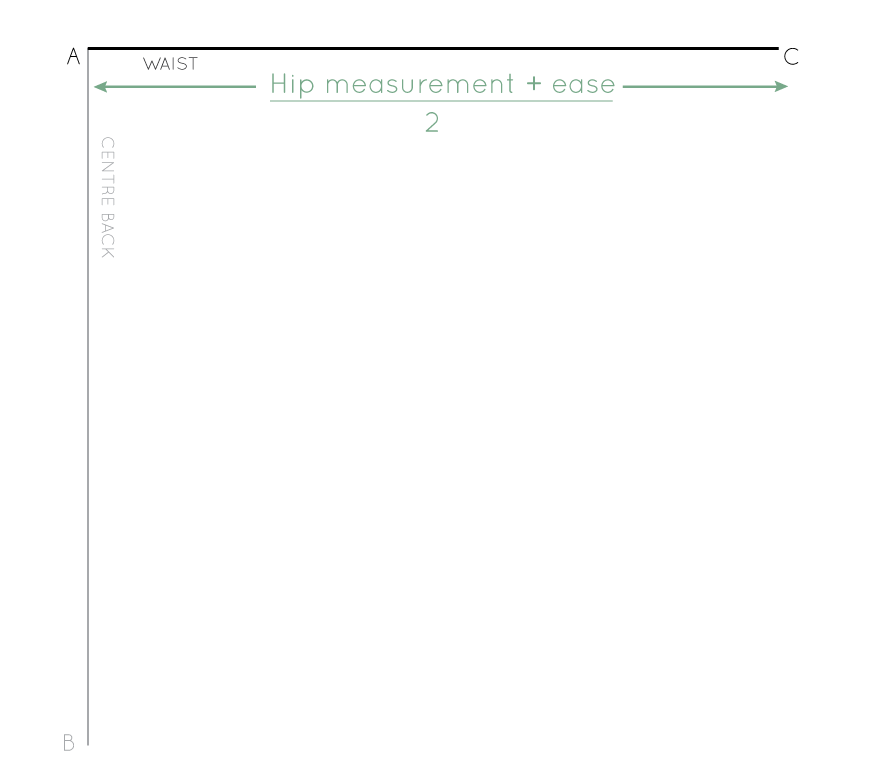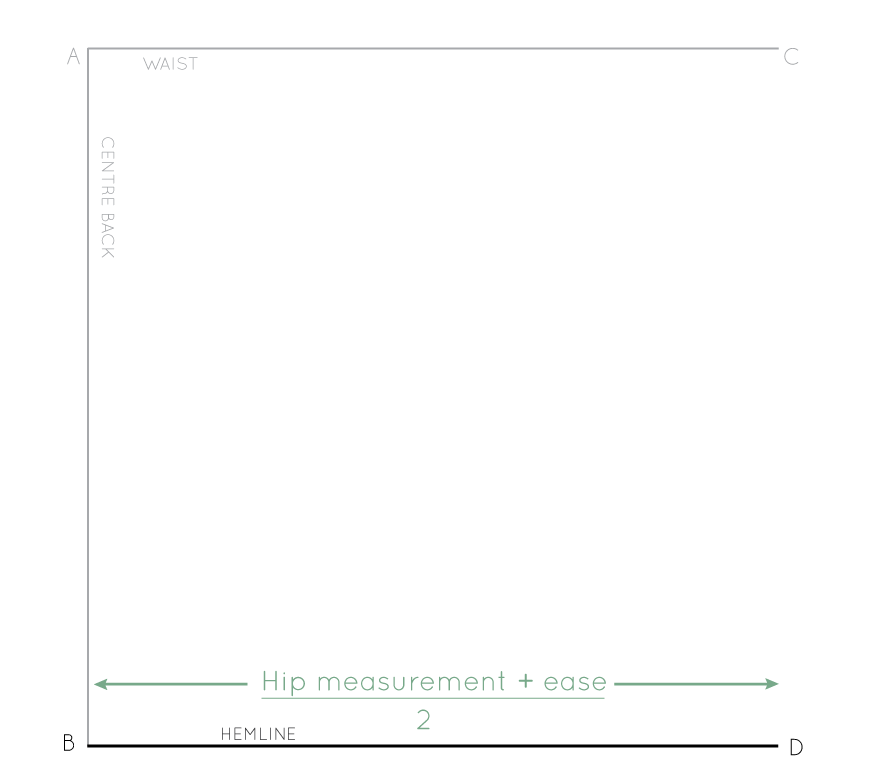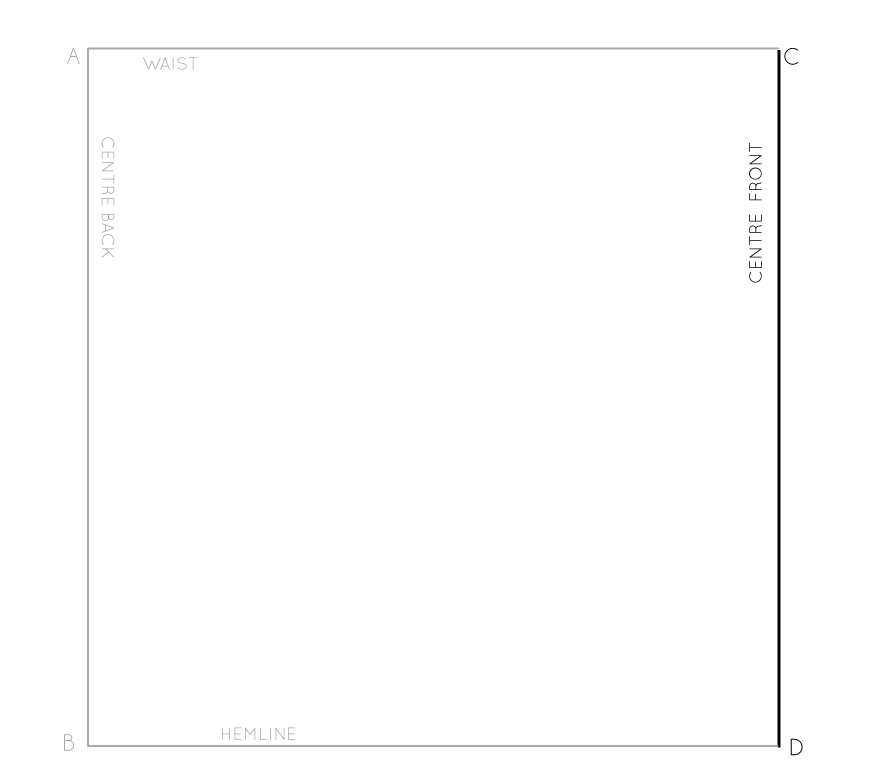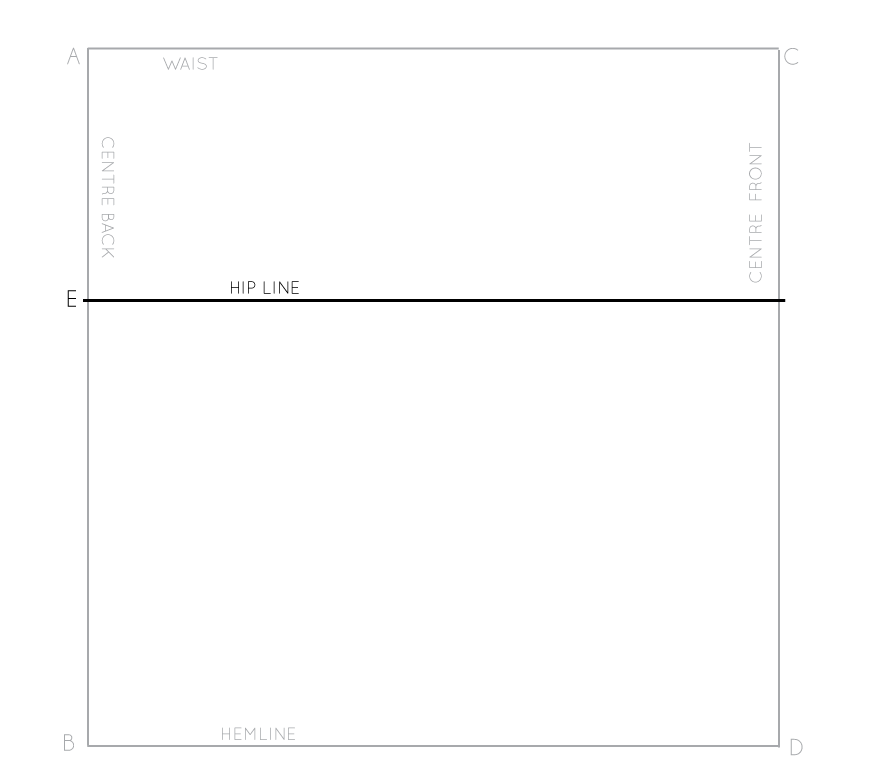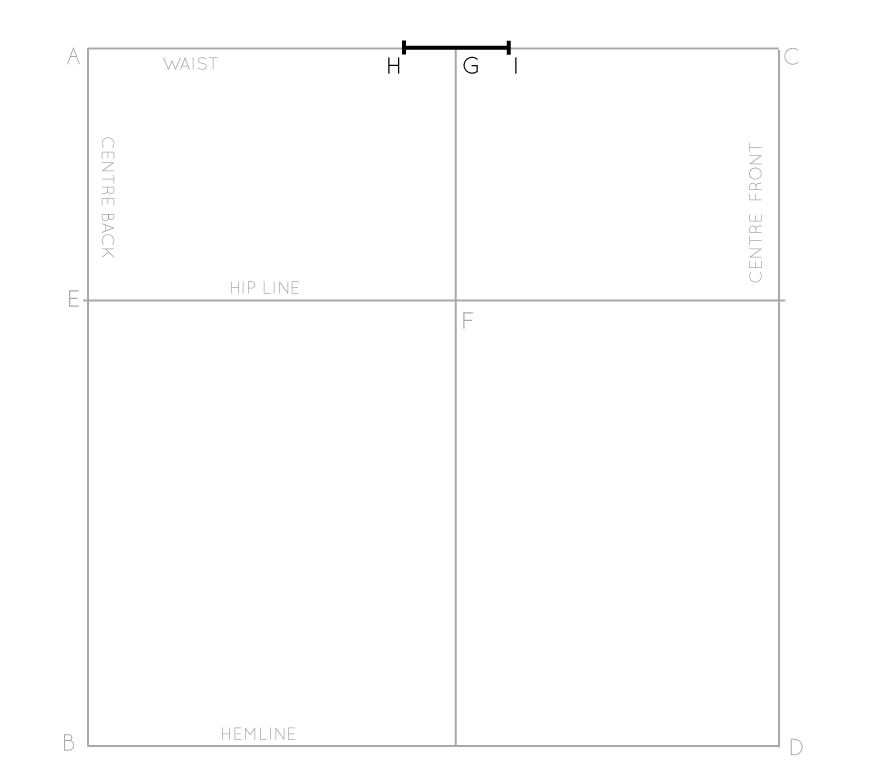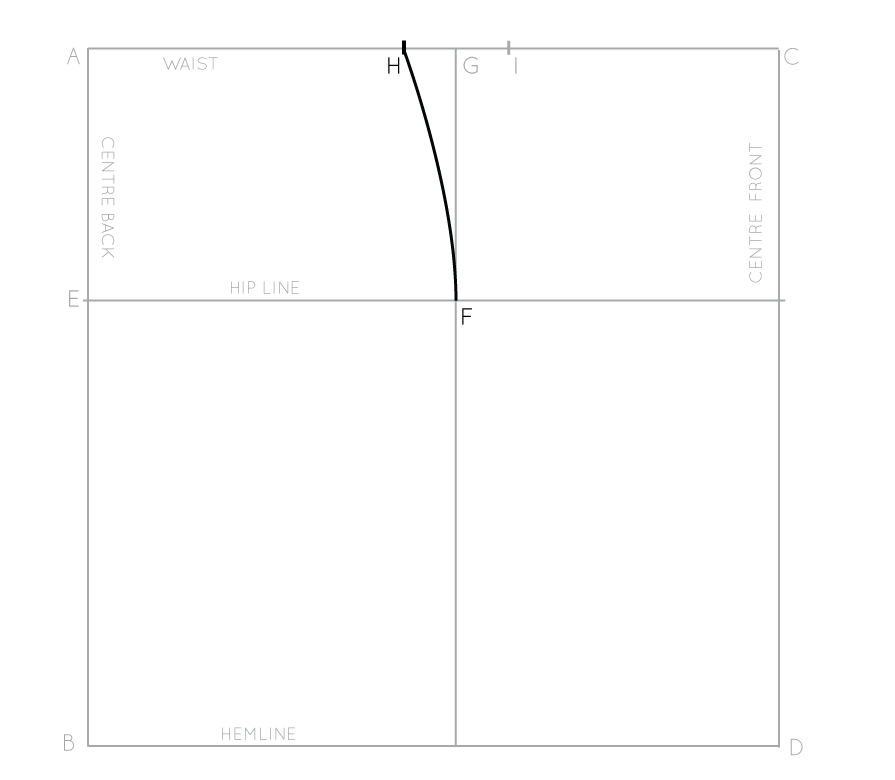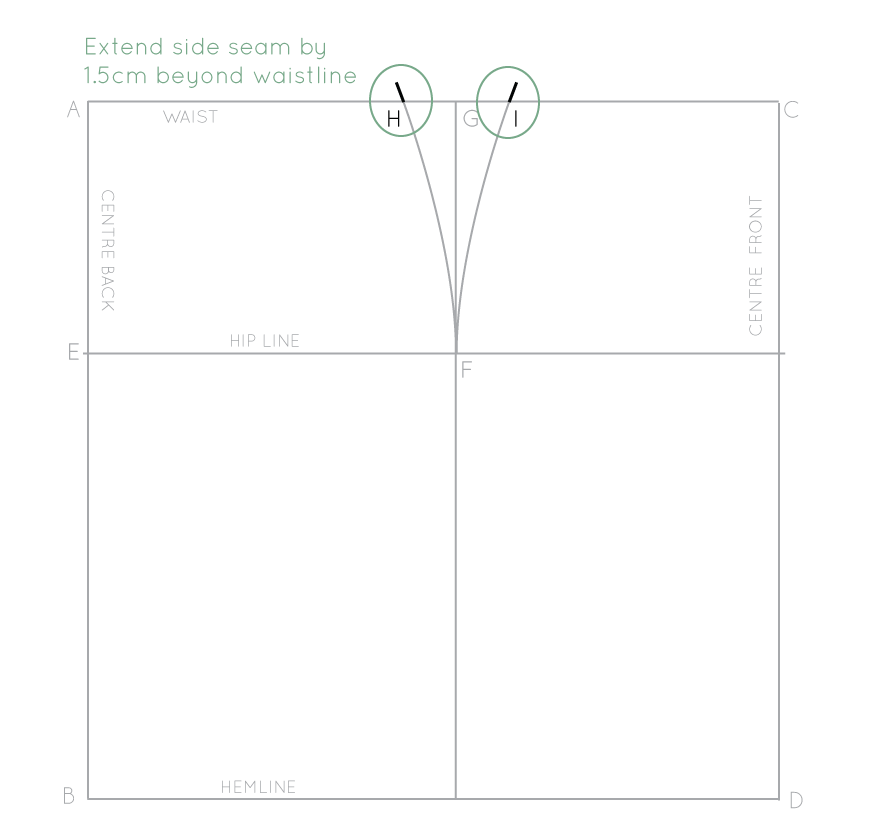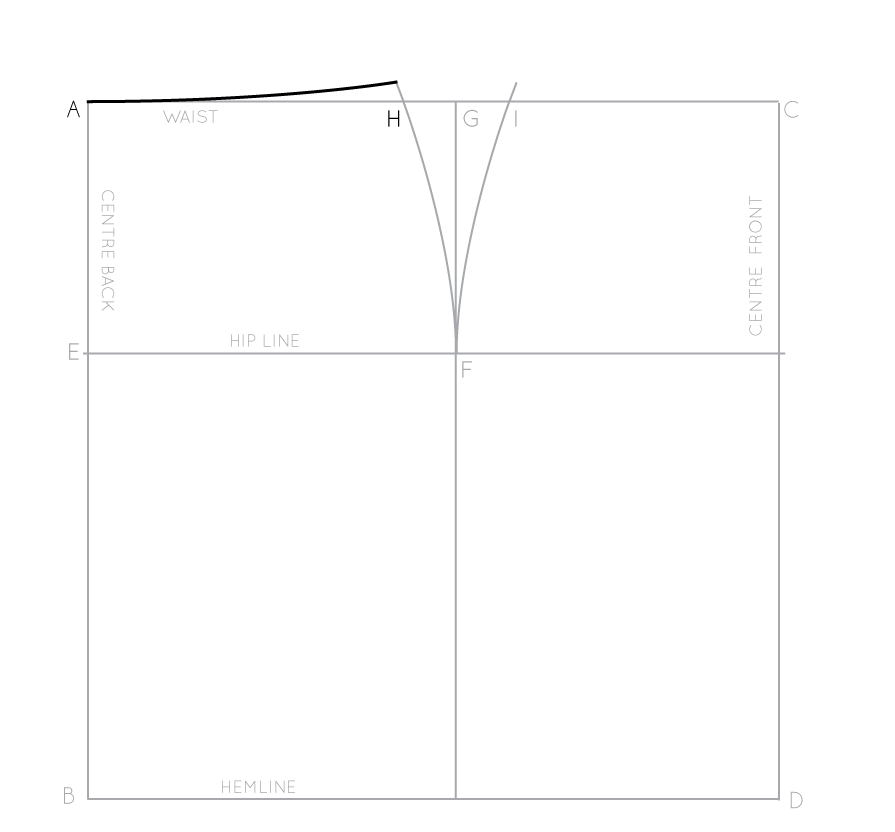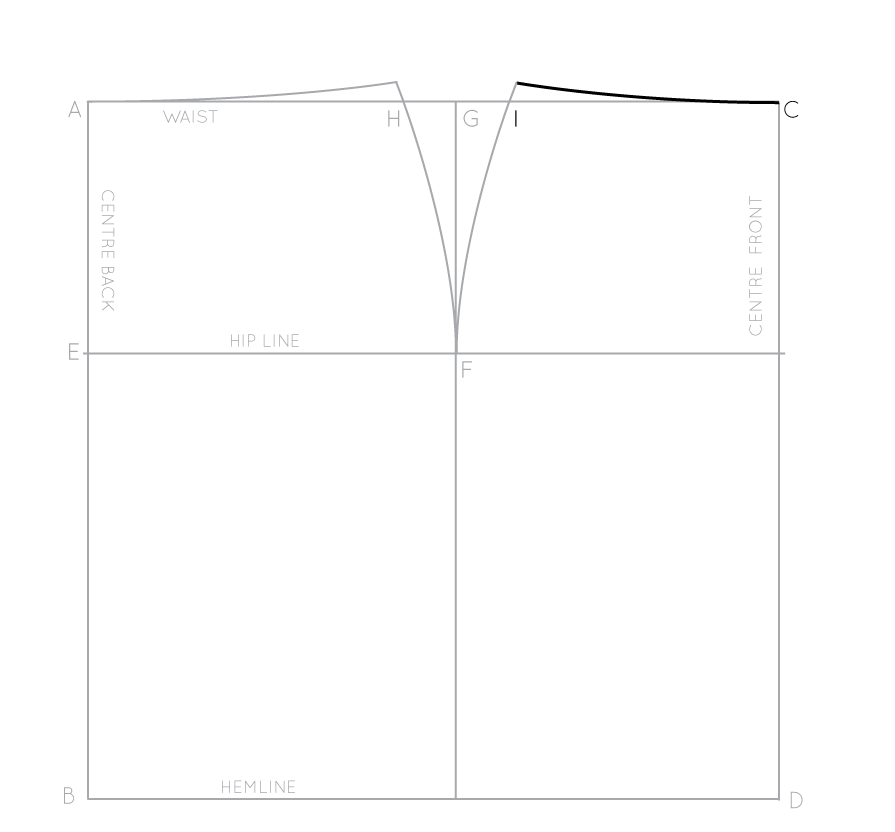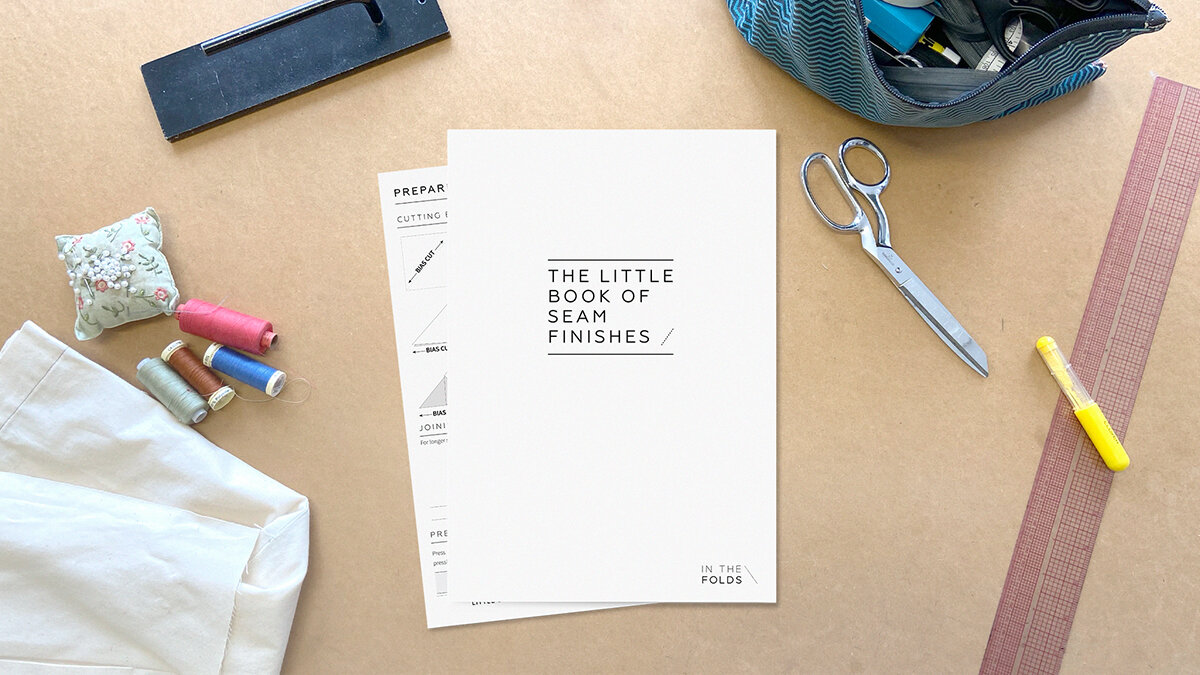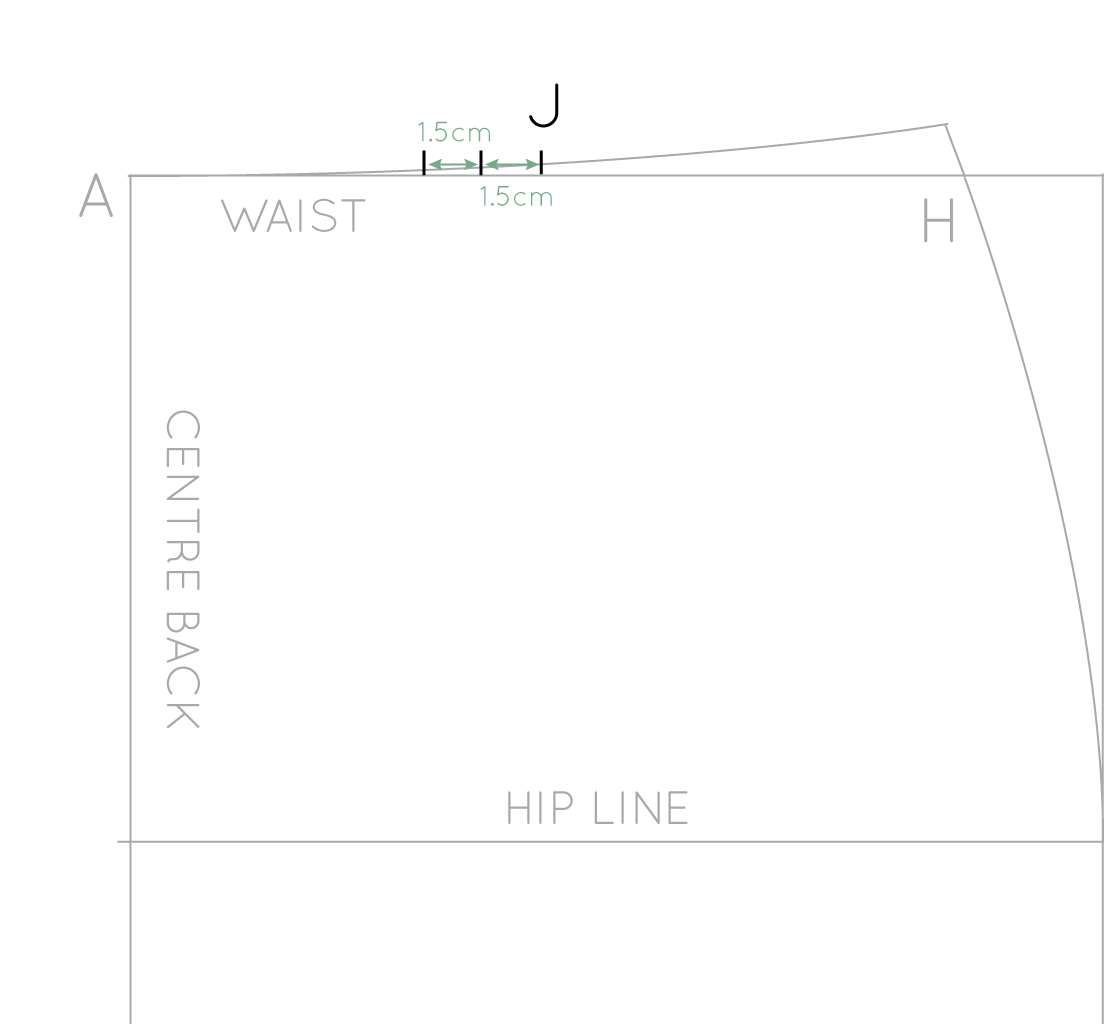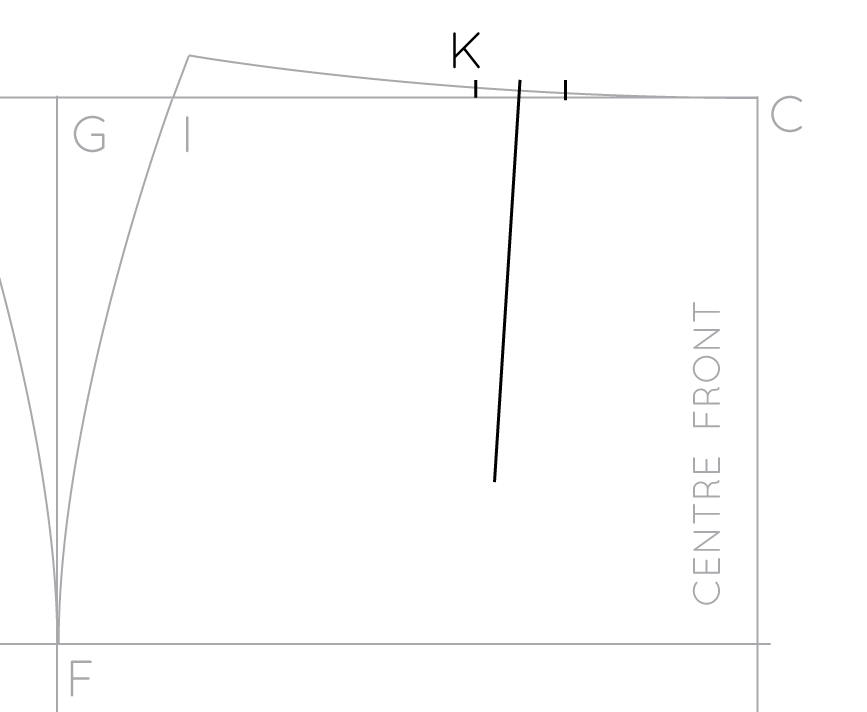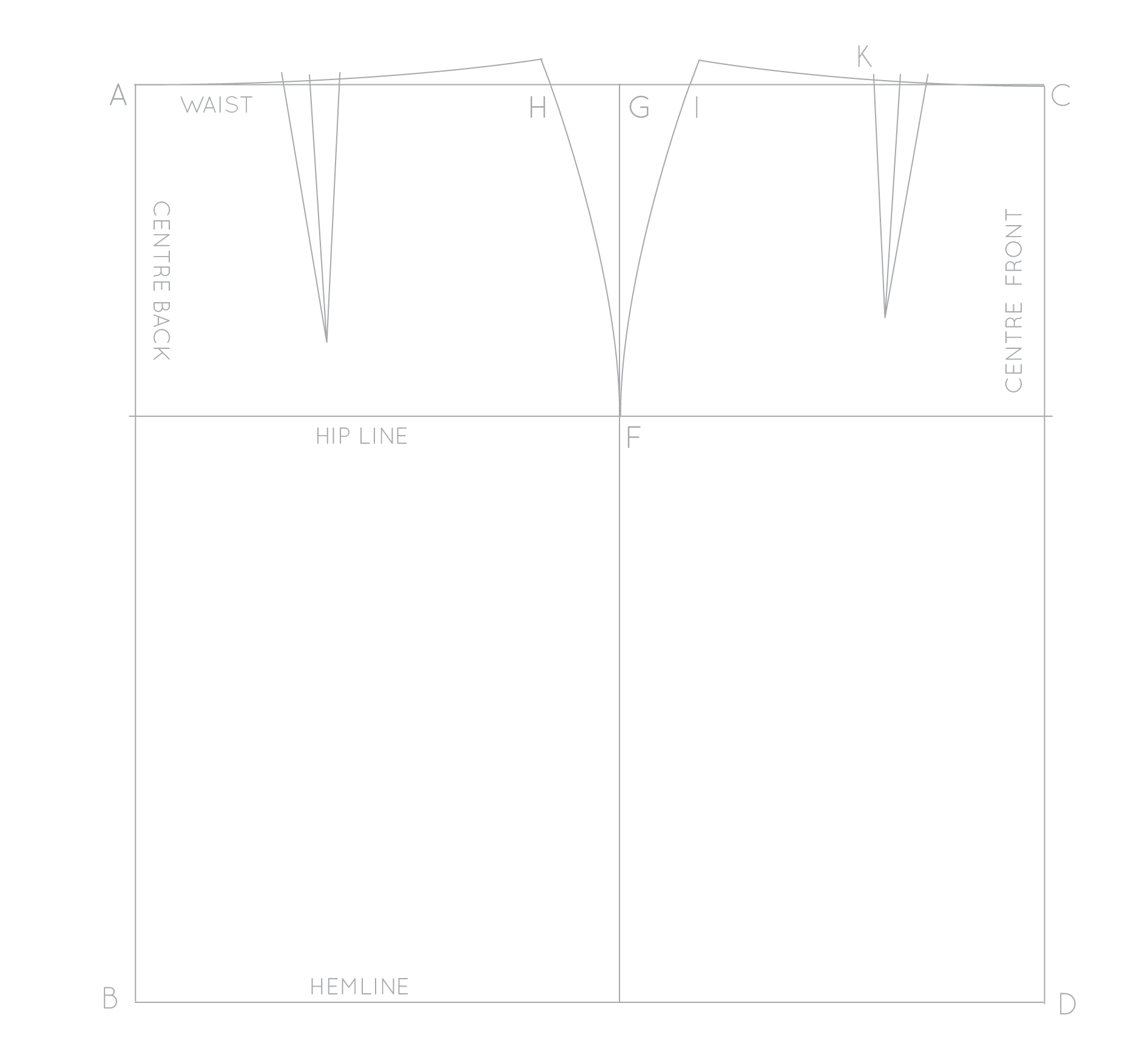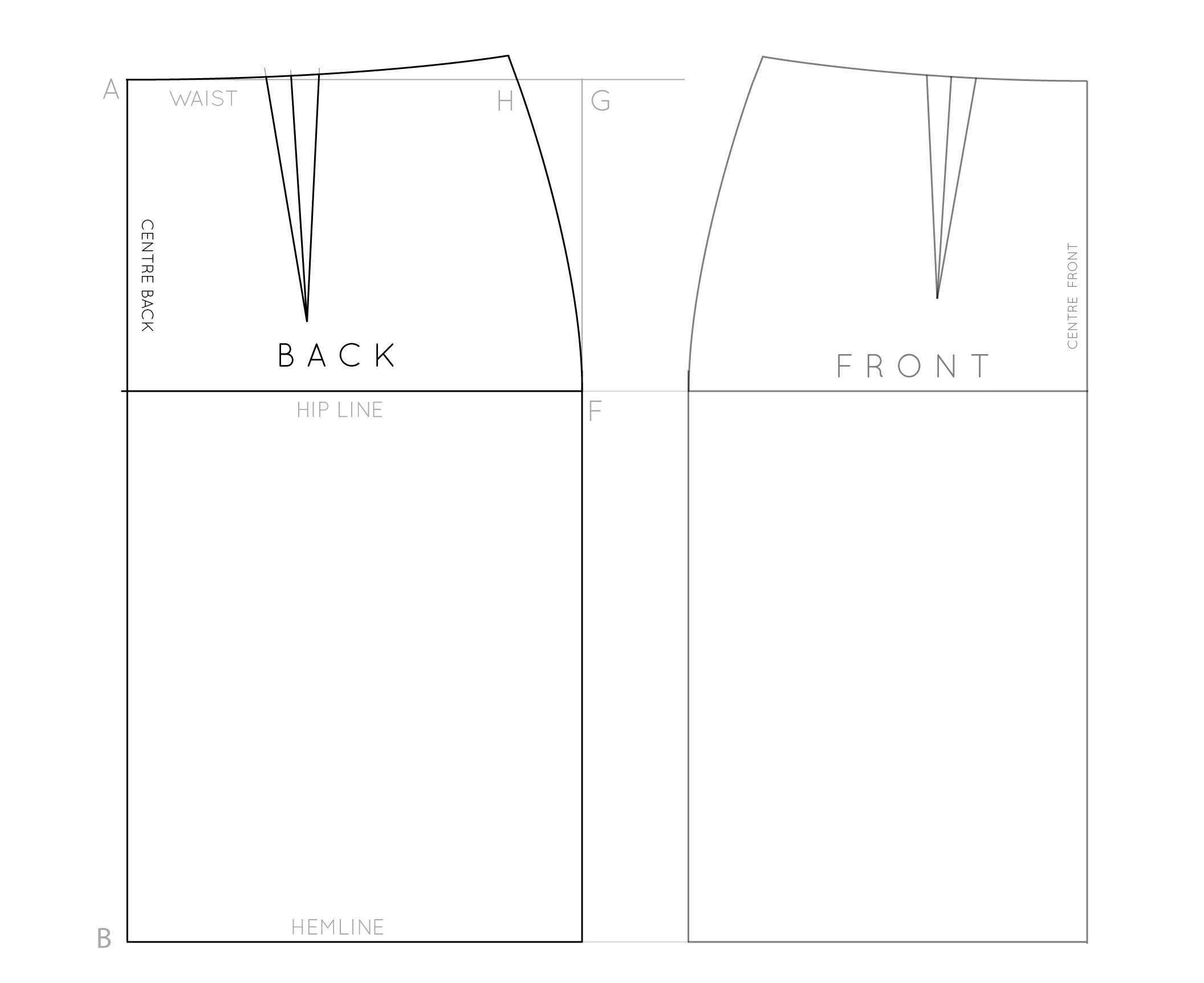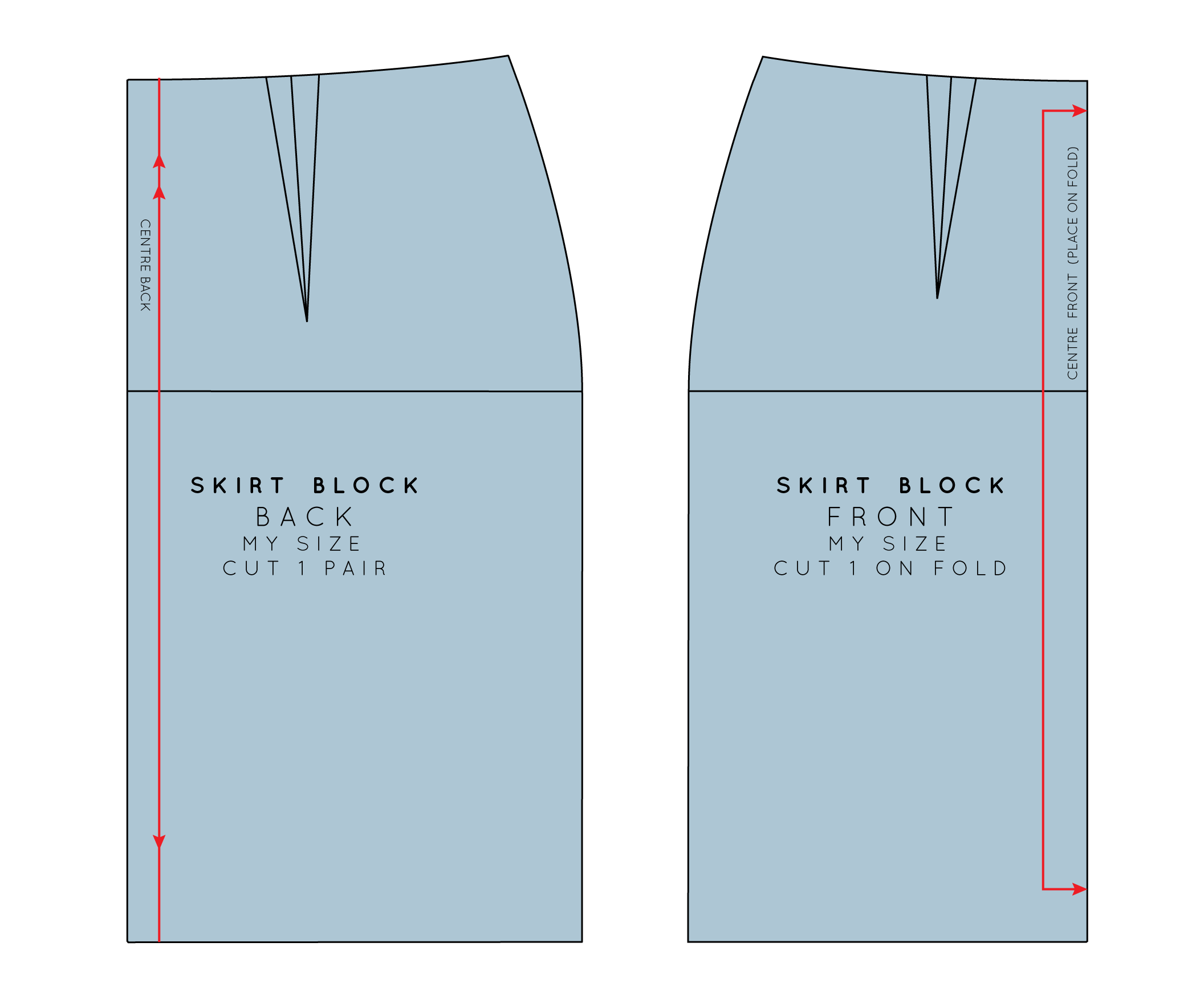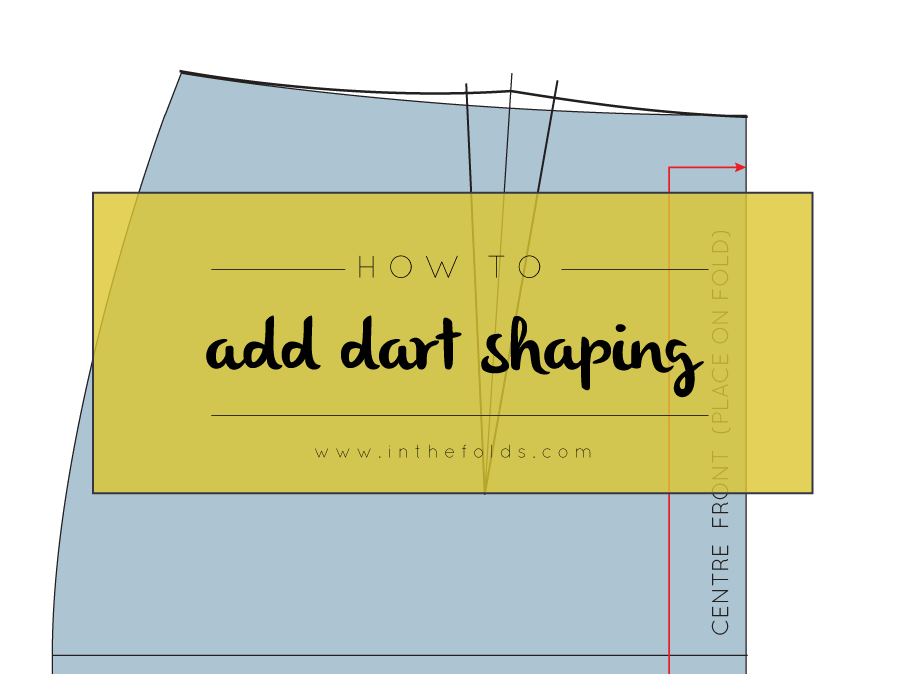Drafting a bodice block - a few questions and answers
A few years ago, I created a blog post about how to draft a bodice block from your own measurements. Little did I know that this was going to become the most popular blog post on my website!
I have received a number of questions lately about the tutorial and I thought it could be a good idea to publish some of these questions and answers as an opportunity to help you on your own learning journey. I love the Q&A format - over the last year or so I have been sending a newsletter that includes a question from the community and my answer to it and I have loved all your responses to the series. I think it’s a great way to see what people actually need help with, rather than just producing the content that I assume people need. It’s also a fun challenge for me and I feel that I am constantly learning from these questions.
I will update this post as I receive more questions, so that hopefully, if you have a question, you will find a relevant answer here and can keep on going with your draft!
Update September 2021
Thank you so much for all the enthusiasm for my blog posts about bodice drafting. It has been my most popular blog post of all time! After 5 years of answering questions, I no longer have capacity to answer individual questions regarding bodice drafting. The comments have now been switched off and I will no longer be able to get back to emails regarding these blog posts.
The aim of pattern drafting
The first thing I’d like to talk about when it comes to making any pattern, is that we are not aiming for perfection right out of the gate. The idea is to get as close as you can to a good fit and then make a toile / muslin and check the fit on your body. It’s almost impossible to know if something is going to fit you properly by just looking at a flat pattern. You can get a good idea of how something will fit, but you just won’t know until you give it a go.
The aim when drafting or adapting patterns is to create a pattern that fits you. For example, in regard to the bodice block, you are aiming to get a bodice block that fits you closely so that you can use it to draft other patterns from it (for example, this simple summer top). If when you try on your toile, you realise that the shoulders are too wide, you can make a narrow shoulder adjustment. If you notice that the dart point is in the incorrect position, you can move it. Although following a tutorial down to the letter is a great first step, that is not the end goal. There will be a point where you need to assess your toile and make some changes to achieve a good fit. A tutorial like the bodice block tutorial I created, helps you get to a really good starting point, but then it’s about looking at your toile (and your pattern) and making some changes to get nice smooth lines, or get your lines in the right position. I hope that by sharing some of my questions and answers with you, you will know what I mean and can take something away from this post!
Question : Armhole curve
Hi Emily,
Thank you so much for the well-written and detailed blog post on how to draft a bodice block! I am just starting to sew and really appreciate amazing resources like yours.
I have the same problem as Denise Palmones about the armhole: “On that note I am having some concerns on my shoulder area on draft. I notice that my TV line is too long that it is almost on the same column of my P on the darts. Having so makes a weird armhole that has a cross leading to look like an asymmetric infinity symbol and not an oblong (V, A2 crosses the O,Z line) and I can't make it sense out of it.”
Could you please let me know how to proceed?
Thank you!
- Crystal
Answer:
Hi Crystal,
It's looking great. I'd suggest just drawing your armhole as a nice smooth curve, don't worry too much that it's not hitting all the points (it’s much more important that you get a nice armhole shape). See example below:
I hope that helps!
Happy sewing,
Emily
Question : Armhole curve 2
Hi there,
Hope you are well. I have been using your tutorial for how to draft a bodice block and everything seems correct apart from my armhole, which is looking very wonky! Please could you offer me any advice on how to solve this problem?
I have attached pictures of my bodice block as it is.
Thank you for the great tutorial, even as a beginner, I found it really straightforward to follow!
I look forward to hearing from you.
- Julia
Answer:
Hi Julia,
Thanks for getting in touch.
I am pleased to see you're using my tutorial! Thanks for sending through photos, that really helps.
What I suggest you do is smooth out the armhole to get a nice curved shape on the front and back. See the photo below.
You are then able to make a toile and see how it fits!
Happy sewing,
Emily
Question: Fitting the armhole
Hi there,
I continued to work on the block and finally got the fabric to make a blockout and see what edits needed to be made. Unfortunately there is some gaping in the armpit and despite looking online I can’t find how to fix it, a lot of what I see to fix it in the back of the arm would be a shoulder dart but nothing about the front. Would you have any advice on how to fix this?
Thank you so much,- Shayleen
Answer:
Hi Shayleen,
Nice to get an update and see your toile. It's looking good!
What I suggest you do is pin out some darts from the armhole (in both the back and the front if both are required) to get the armhole fitting more snugly. You will need to do this while it's on the body, so if you have someone who can help, it will be a little bit easier. Once you have pinned the darts, mark them with a marker and remove the pins. You can then transfer these new darts to your pattern. Once your darts are there, you can rotate the armhole dart value, so that it can be added to the waist or shoulder dart (or a little bit to each). This will help you get the correct shaping, without actually adding a third dart. I have a tutorial about rotating dart values that you can find here.
I hope that helps!
Happy sewing,
Emily
Question: Drafting the armhole
Hi Emily!
I followed your bodice block tutorial to draft a block based on my measurements, and it was soooo much fun! Thank you for the thorough and easy to follow tutorial ❤️ Unfortunately, I came across an issue when placing point V and drawing my line from T to V. Based on your example in the tutorial, it looks as though point V should extend from point T, past the A1, A2 line. Mine however falls short.
When drawling the armsye, it looked strange to go from A2 to V, so I also drew a line from A2 to ? (You will see this ? point on my attached draft photos). I have also included my measurements. Do you know what I did incorrectly and how to fix it?
When measuring my shoulder length I stopped at the bony peak, however my shoulder socket extends well past that (approximately 5cm to the end of my shoulder to where my arm goes down to my elbow)... not sure if that could be the issue...
Hopefully this makes sense to you!
Warmly,
- Kelly
Answer:
Hi Kelly,
I am so pleased to hear you had a good time following the tutorial!
I had a play in Illustrator and without having all your measurements and going through the whole process, it's a little bit tricky to see what's going to happen, but from what I can tell, what I suggest you do is:
I'd move point K slightly further away from the centre front
Rotate the angle of the dart slightly
Move point V so it's a bit further up / out. This just reduces the severity of the front shoulder angle
Check your front shoulder length. My suggested alteration might make your shoulder seam slightly longer - if so, you will need to add this onto the back too.
Draw armhole as illustrated below.
This should be enough to get you to the point where you can make a toile, which is when you will really see what's working and not working.
Let me know how you go!
Happy sewing,
Emily
Question: Star Trek shoulders
Hi Emily,
Thank you so much for your help, I’ve been scratching my head over this for the past 2 days!
I’ve included photos, I traced the offending 80’s/Star Trek shoulder line in red to make it easier to see.
I really appreciate the insight, I’m sure you get tons of cries for help.
FYI I found your blog via WithWendy’s latest video and am *really* enjoying it, thank you for the quality content.
High bust: 84cm
Full bust: 87 cm (I’m obviously not very full chested! ^^)
Best regards,
- Silvia
Answer:
Hi Silvia,
You're right! It was fantastic to get a shout-out on WithWendy's youtube channel, but it has made for quite a busy week! I don't follow anyone on youtube so it was nice to discover her and see how great her videos are!
I had a play in Illustrator and without having all your measurements and going through the whole process, it's a little bit tricky to see what's going to happen, but from what I can tell, what I suggest you do is:
Move your point K slightly closer towards the centre front
reduce your shoulder dart size. I know the tutorial doesn't say to do this - but with your bust size, you can probably afford to make the dart smaller (and I can relate, you have similar full and high bust measurements to me! That's why it's so great to make your own clothes as you can avoid the baggy bit in the bust of fitted ready made clothes)
Reduce your shoulder length by about 1.5cm - you will need to remove this from the back shoulder too - as illustrated.
I think that should get you to the point when you can make a toile / muslin. You should be able to quickly see how things are looking and if you need to make an alteration. If you realise that you need that extra 1.5cm back on the shoulder, rather than extending the shoulder line I'd suggest you do a broad shoulder adjustment. I have a tutorial you can check out here.
I hope that helps Silvia. Let me know how you go!
Happy drafting,
Emily
Question: Shoulder lines overlapping
Hello Emily,
I found your blog post via withwendy and try to make the bodice.
Another person had the same problem as me regard to make a armhole. Because the lines JO and TV are crossing.
Sorry for my poor english. I still hope you can understand my problem.
Thank you very much.
Best regards
Anhthu
Answer:
Hi Anhthu,
Thank you for getting in touch. I am pleased you're giving my tutorial a go!
It's not a problem that your shoulder lines are crossing. Just keep working through the tutorial. When you get to the end you will trace the front and back bodice onto new pieces of paper, so the overlapping shoulders will no longer be a problem. Does that make sense?
Happy drafting,
Emily

